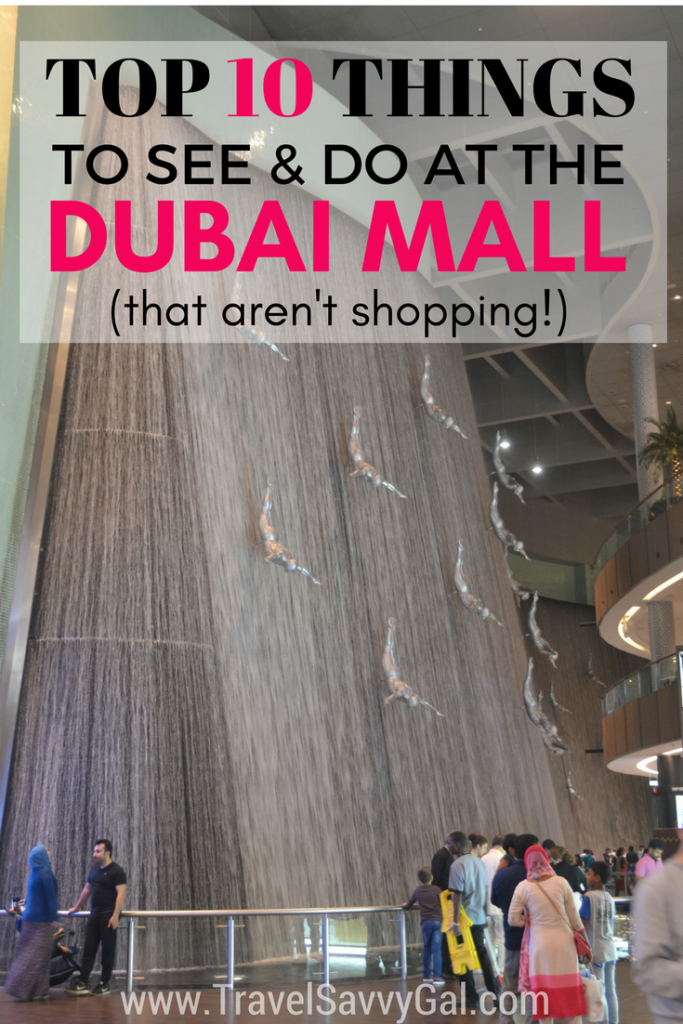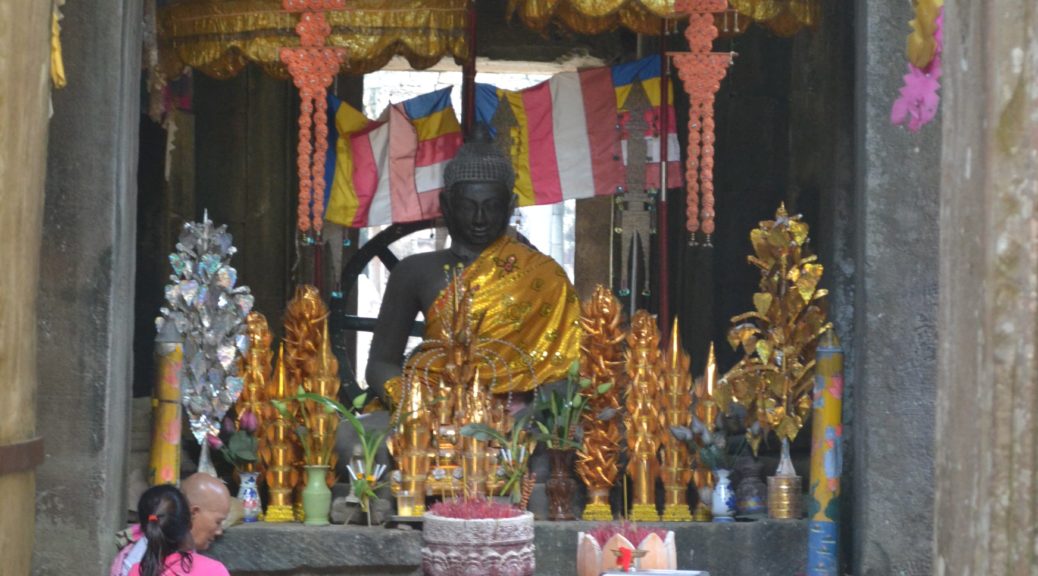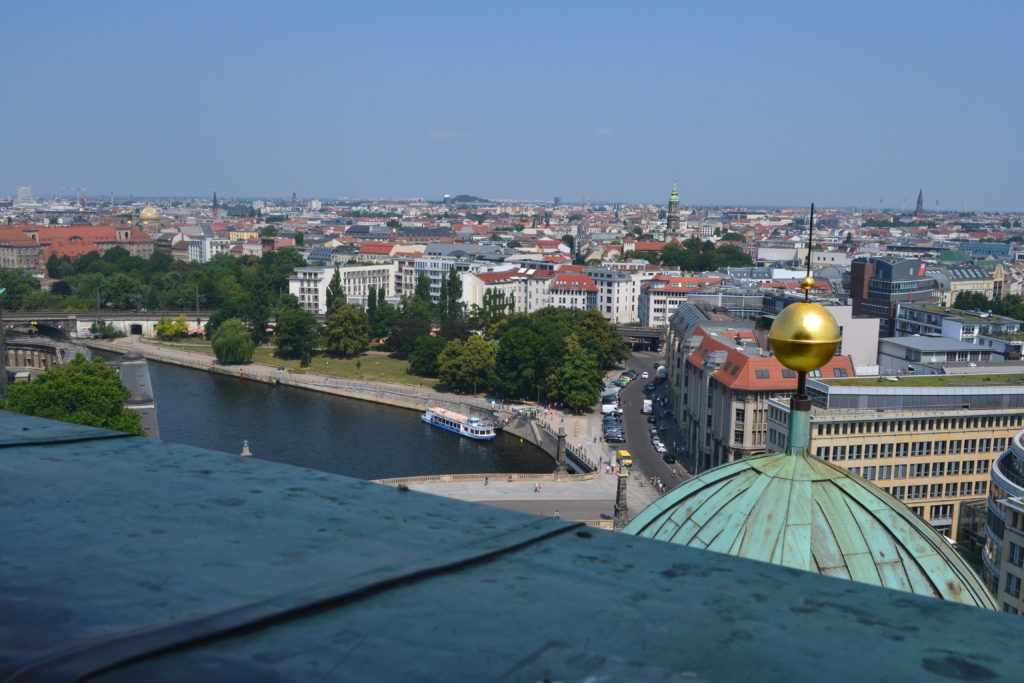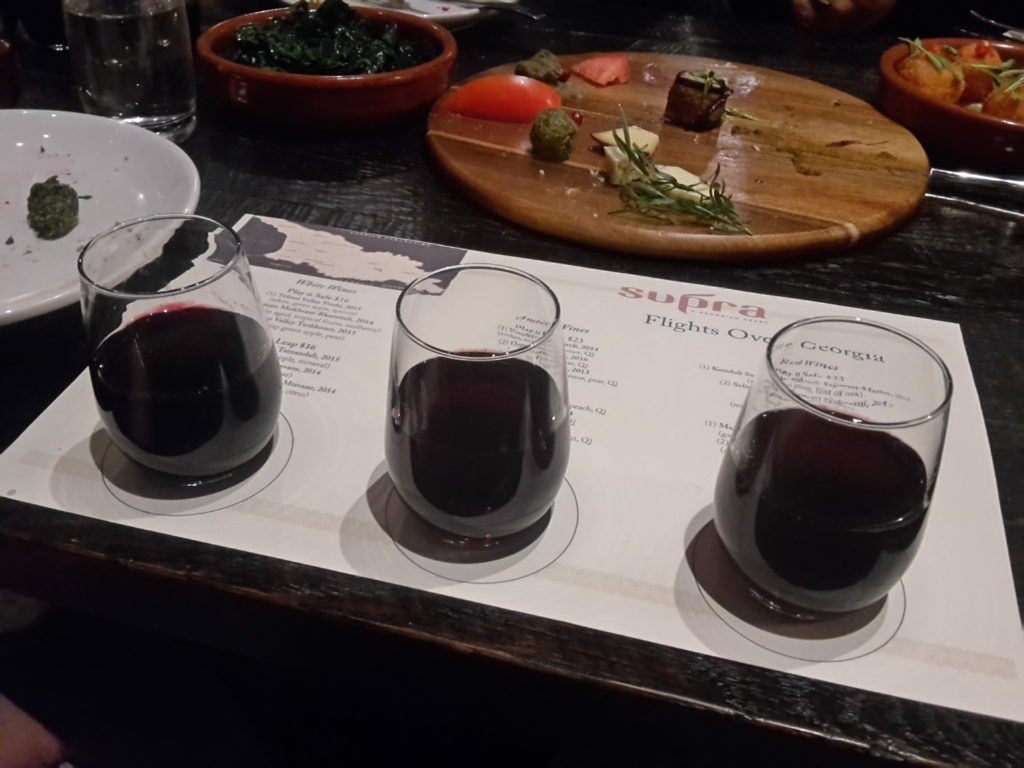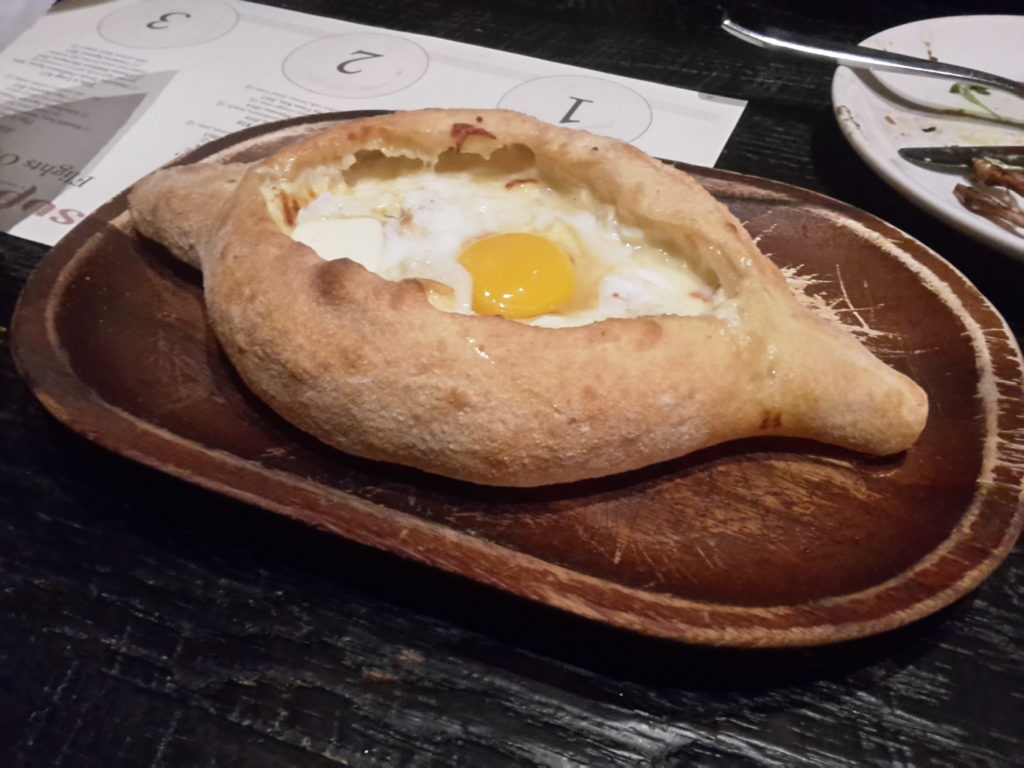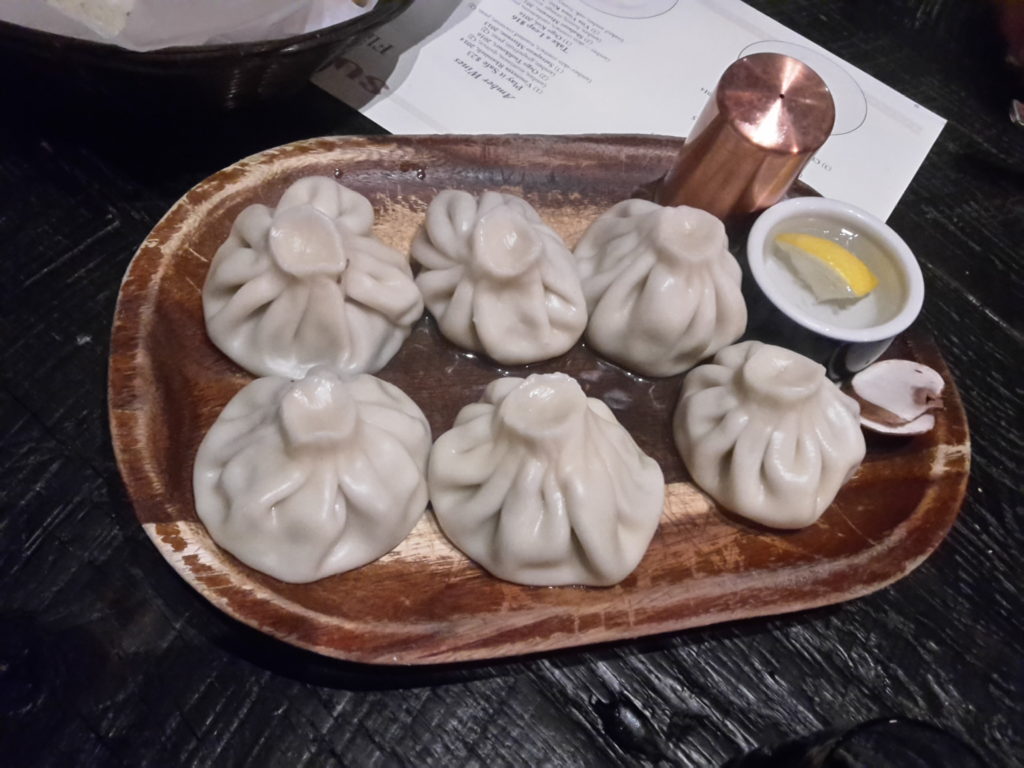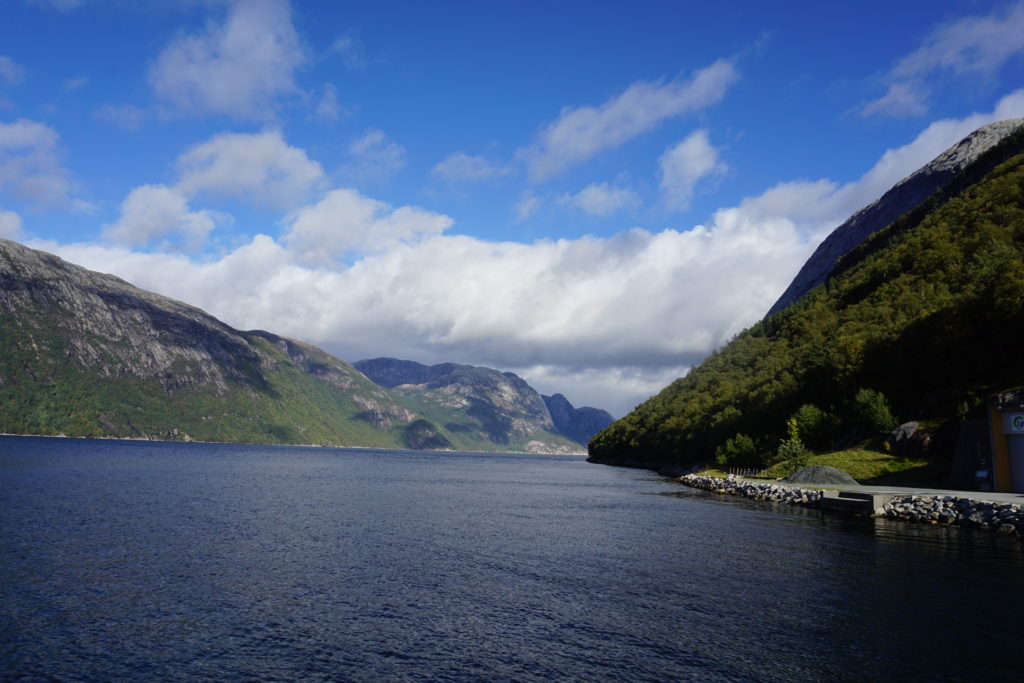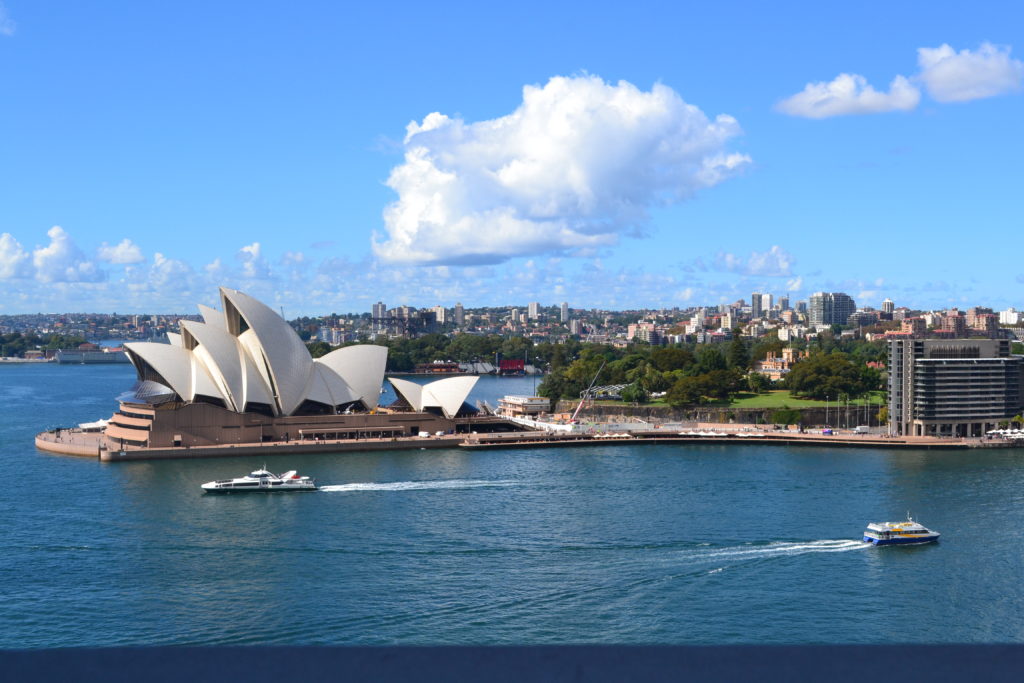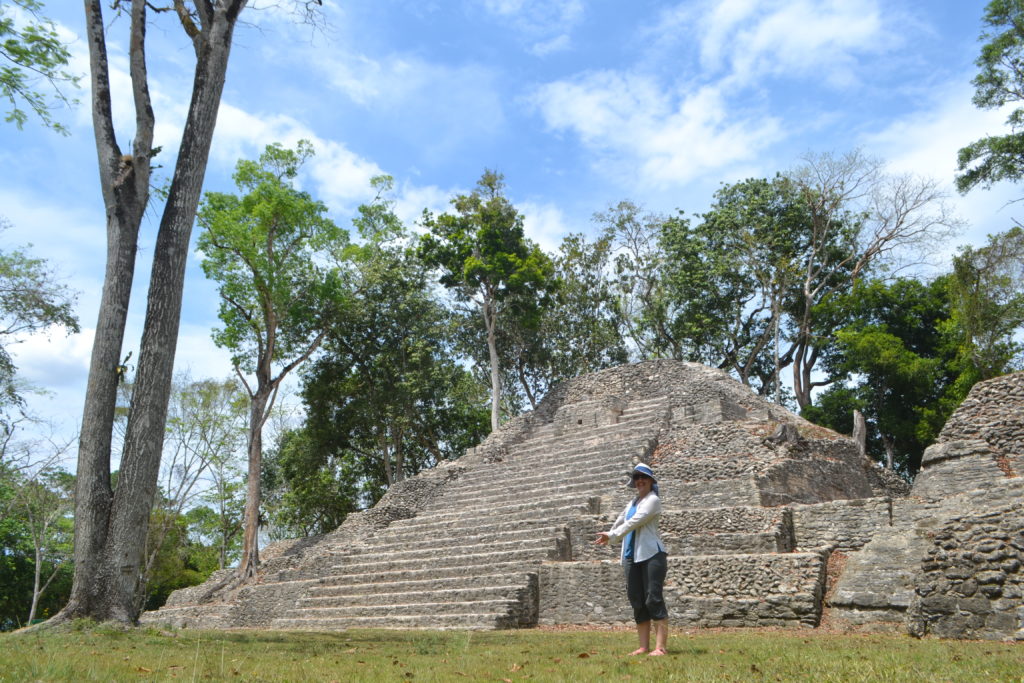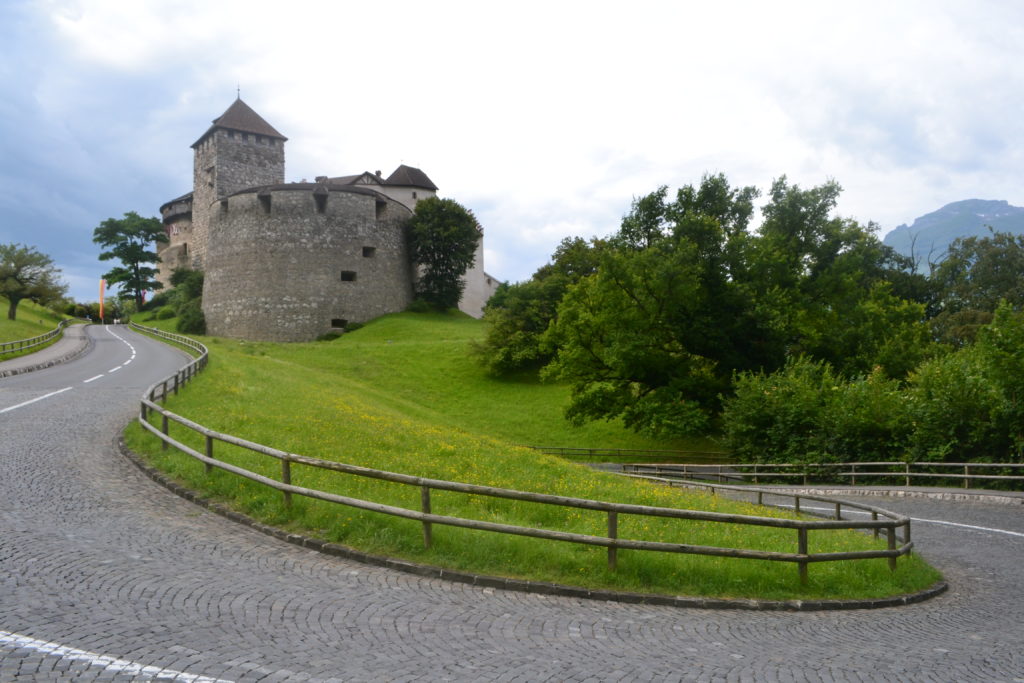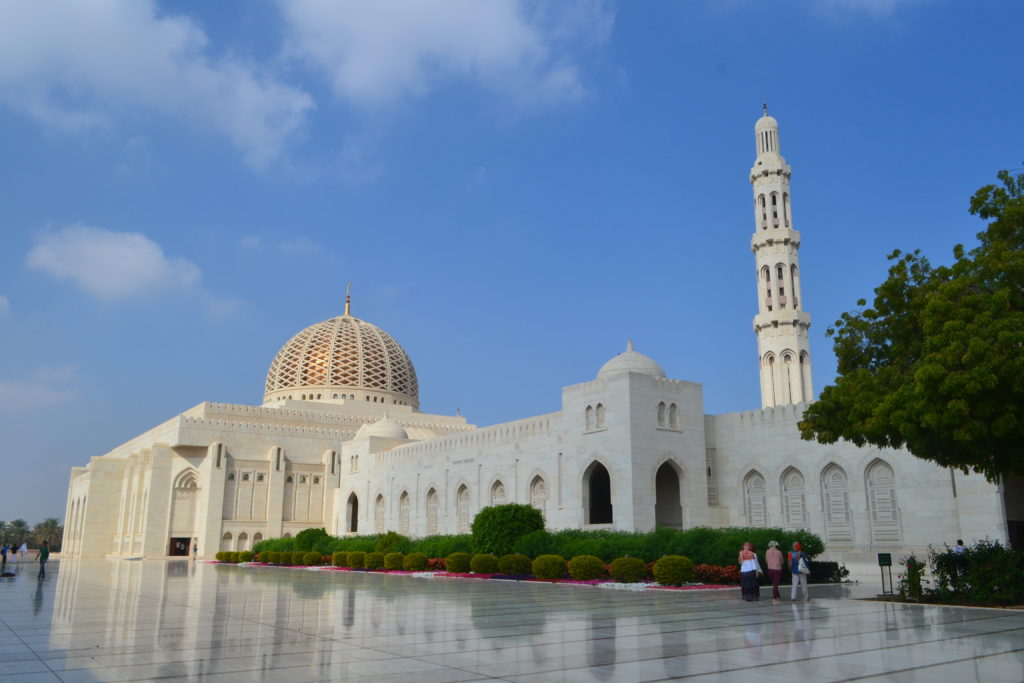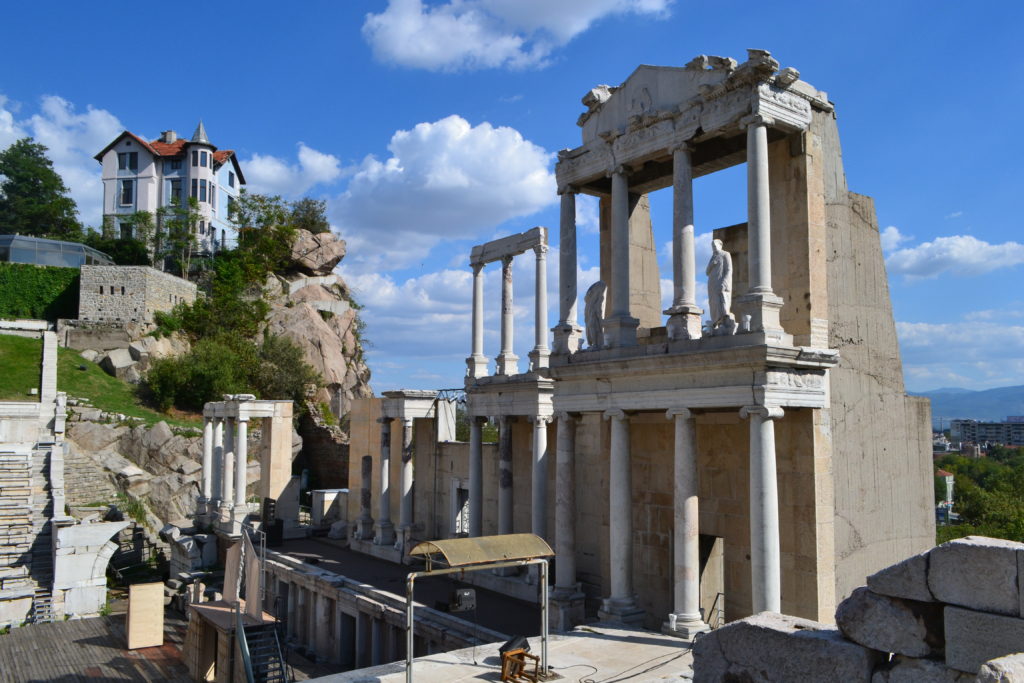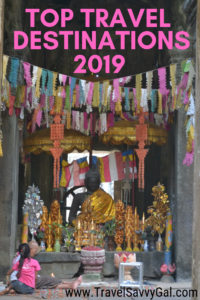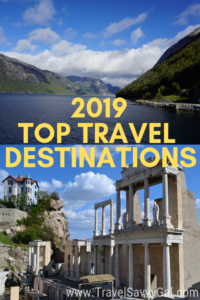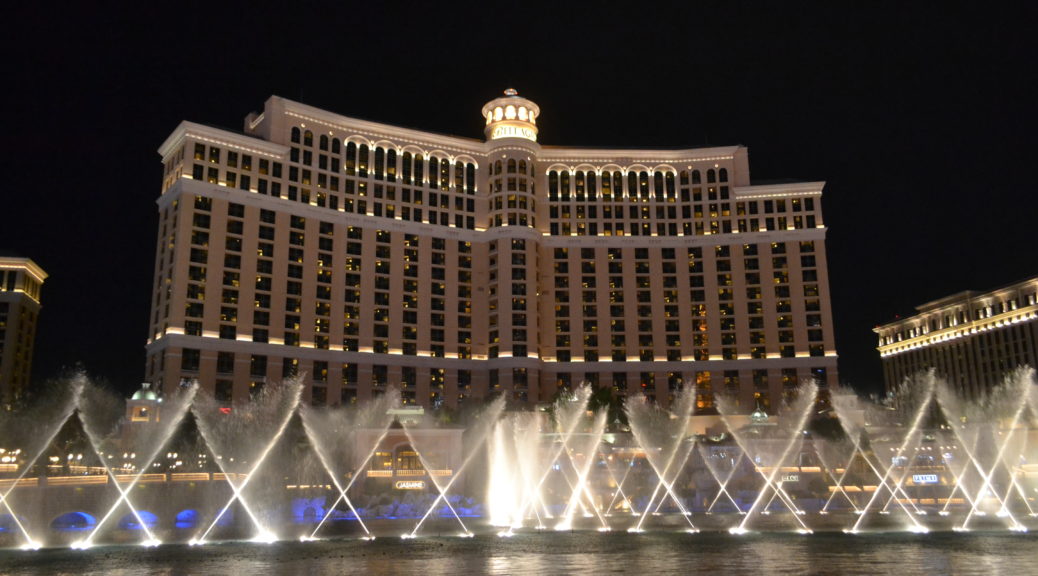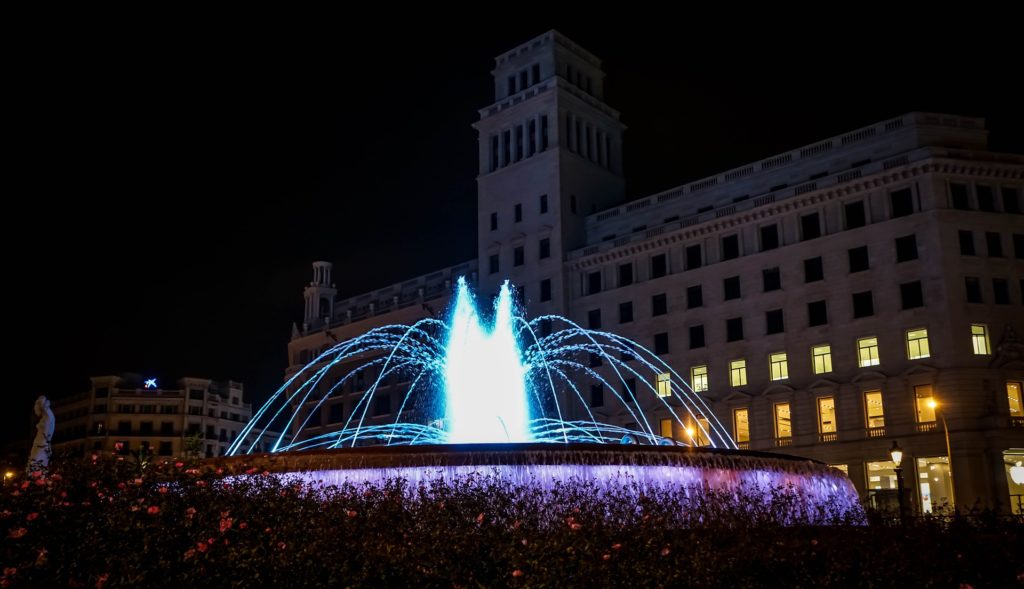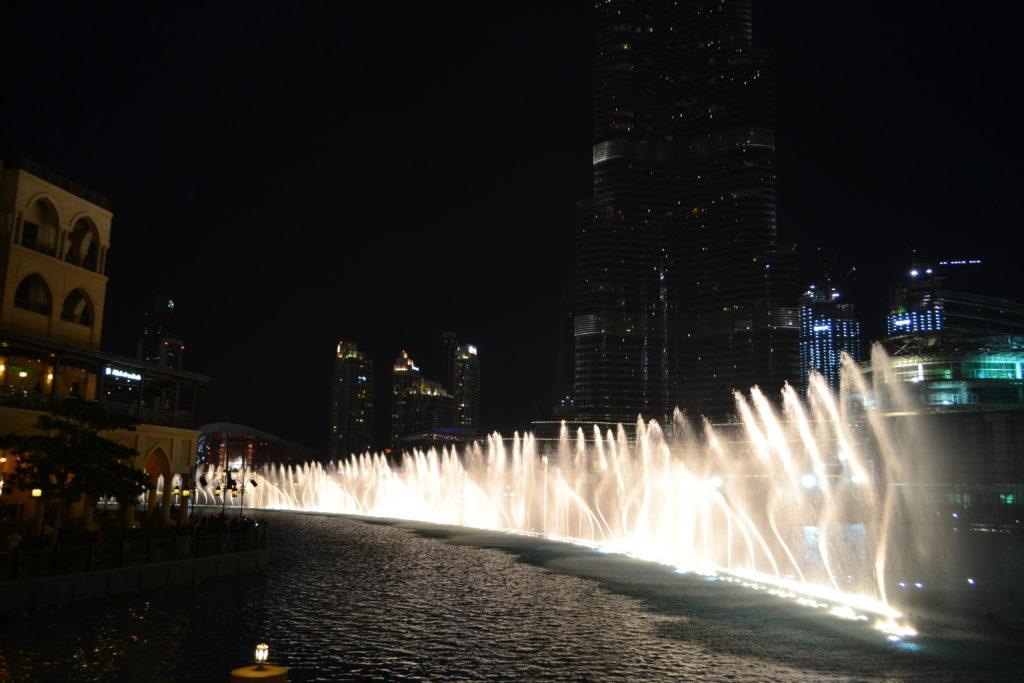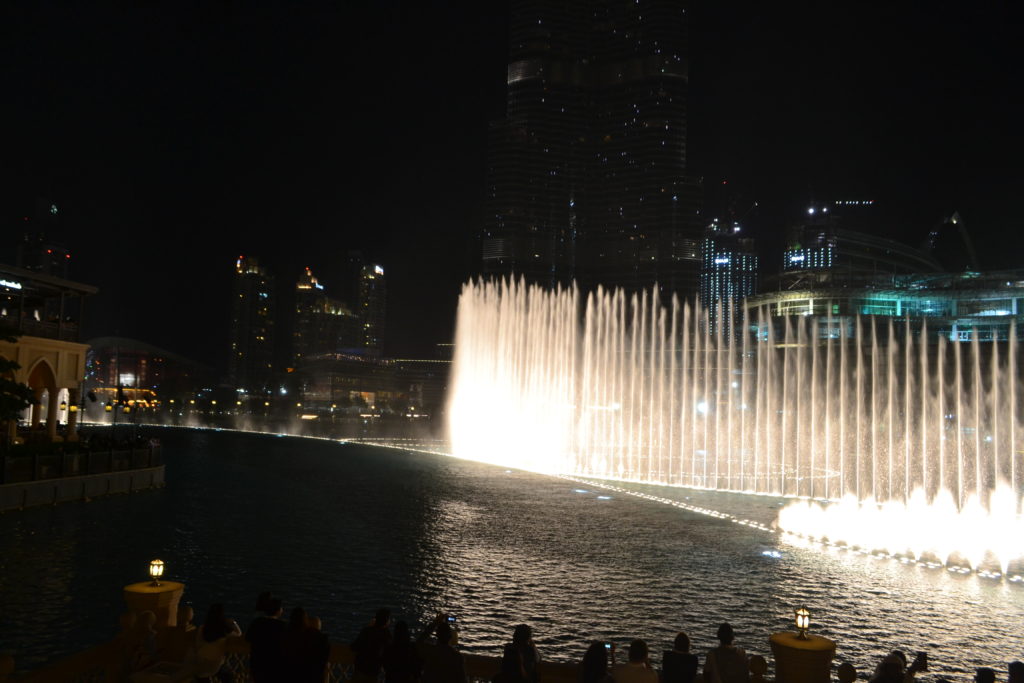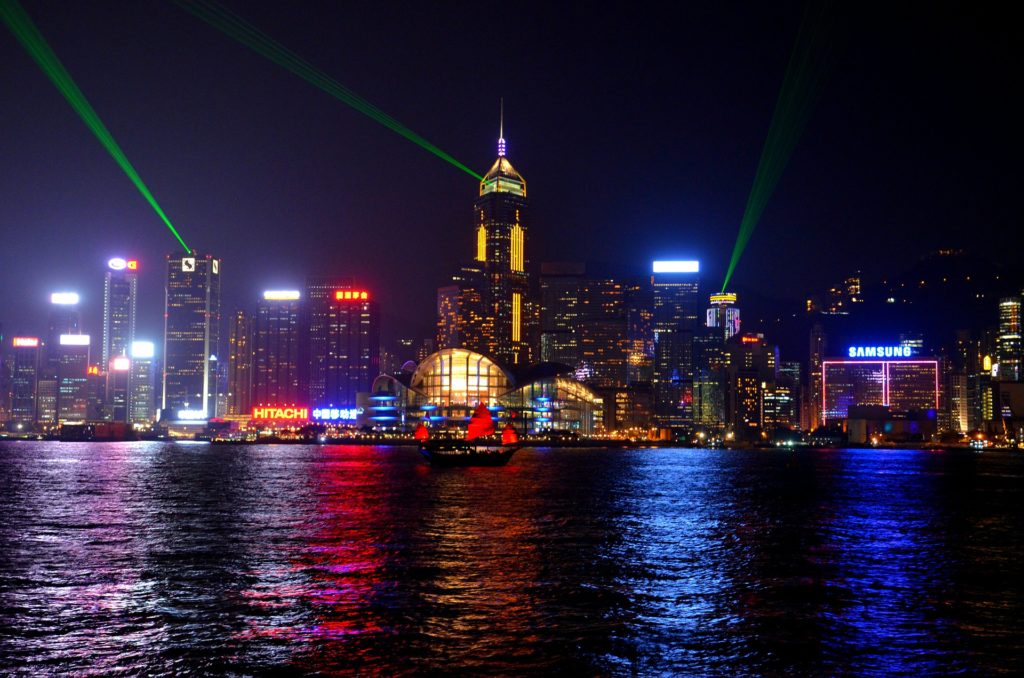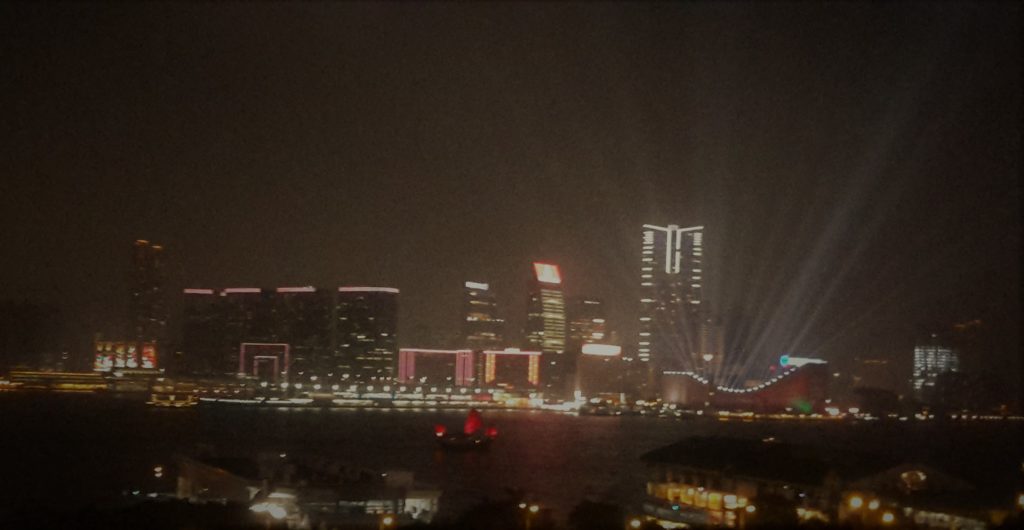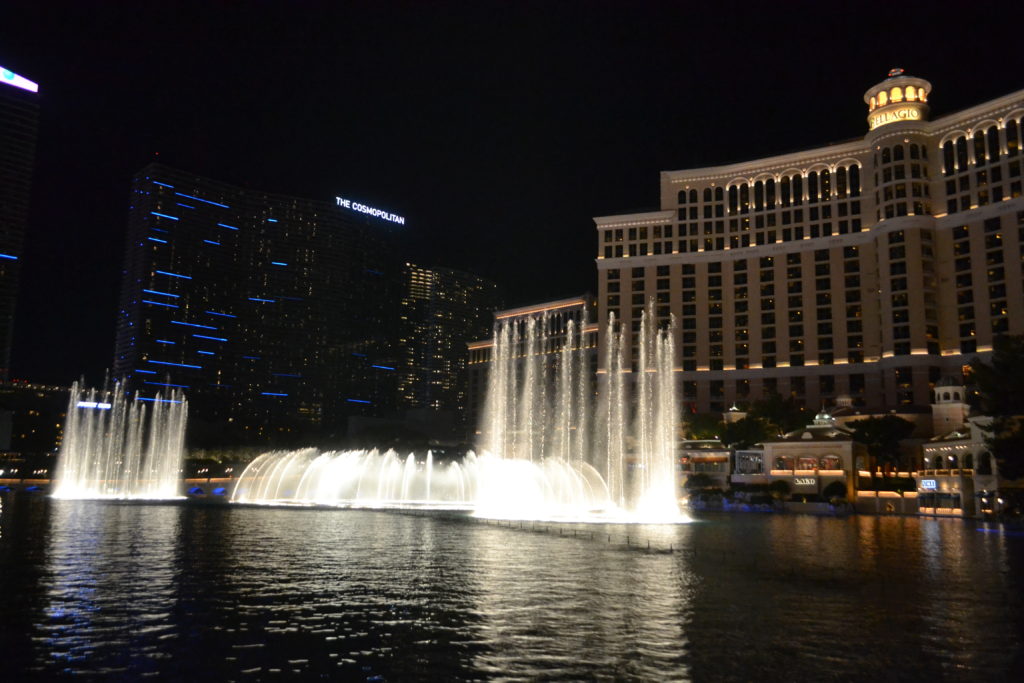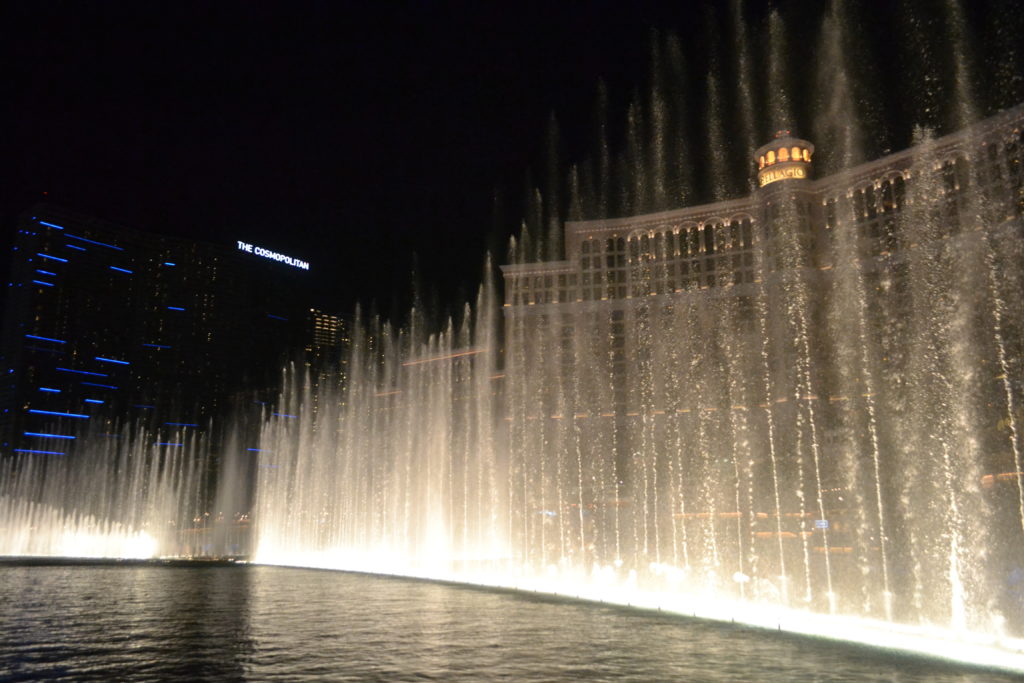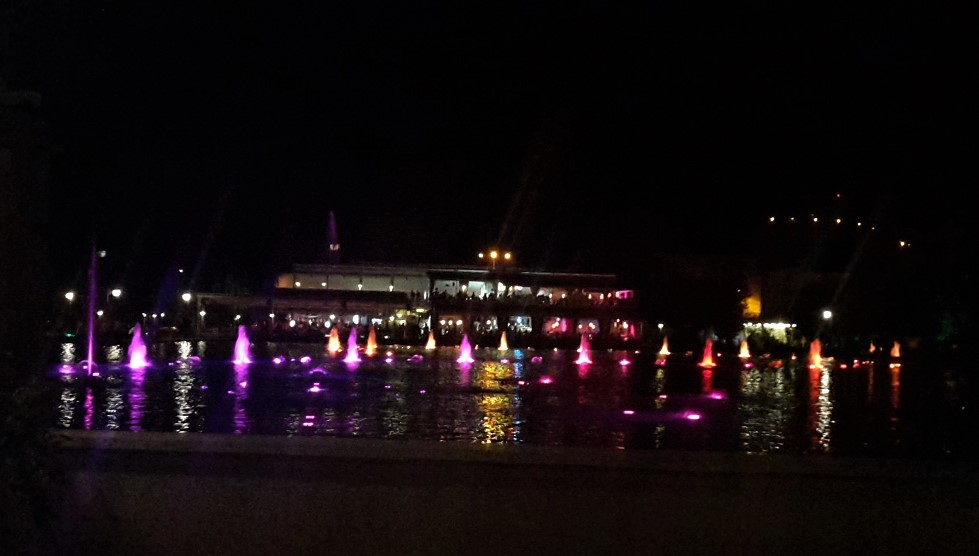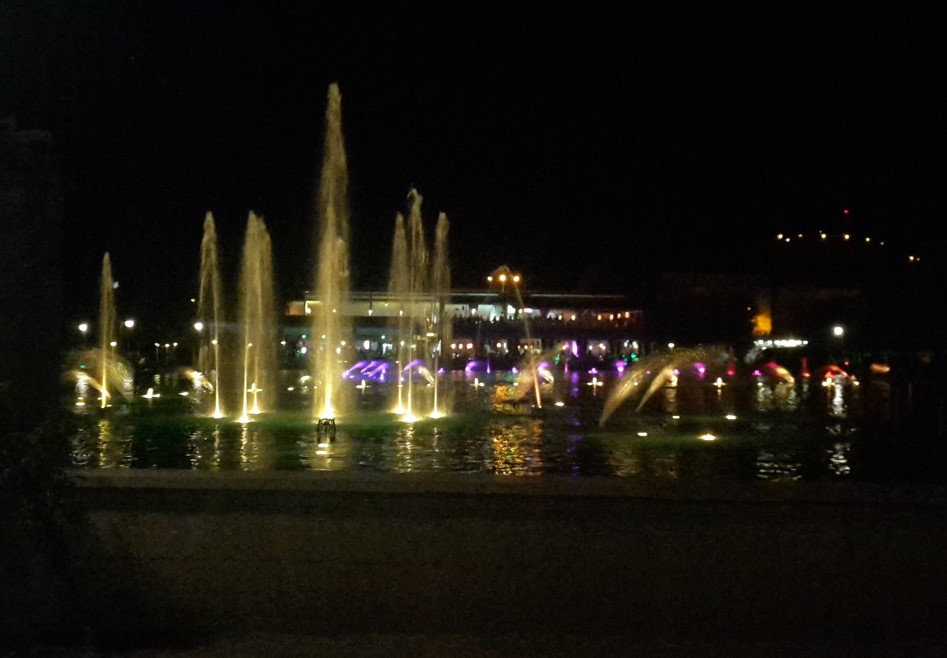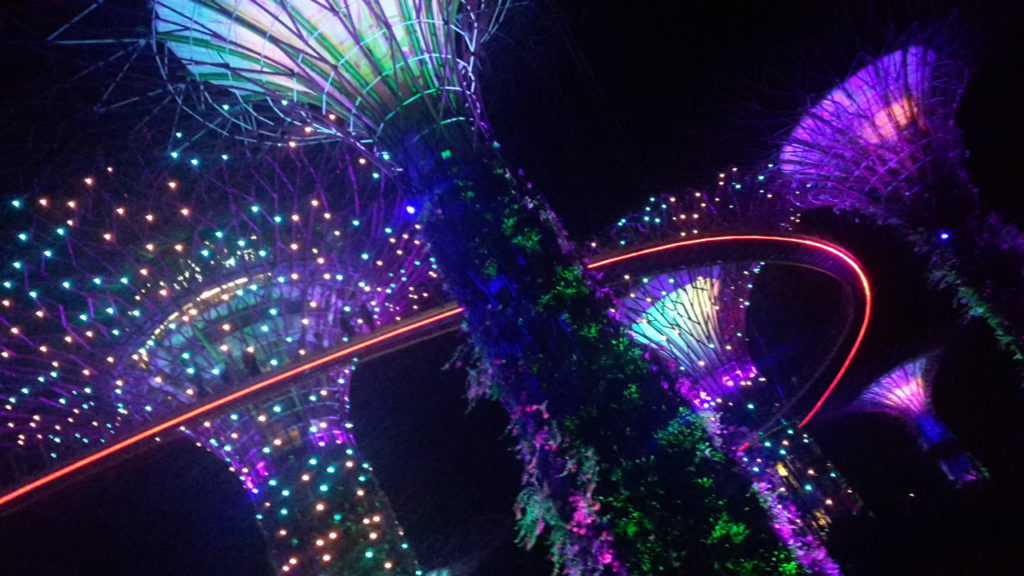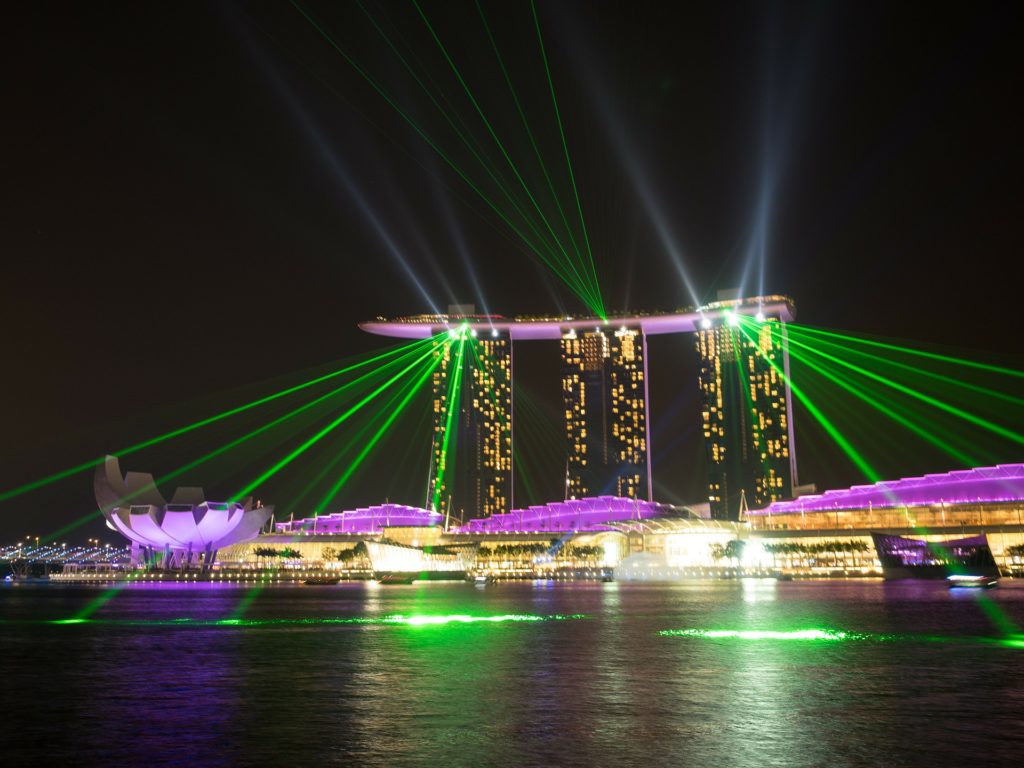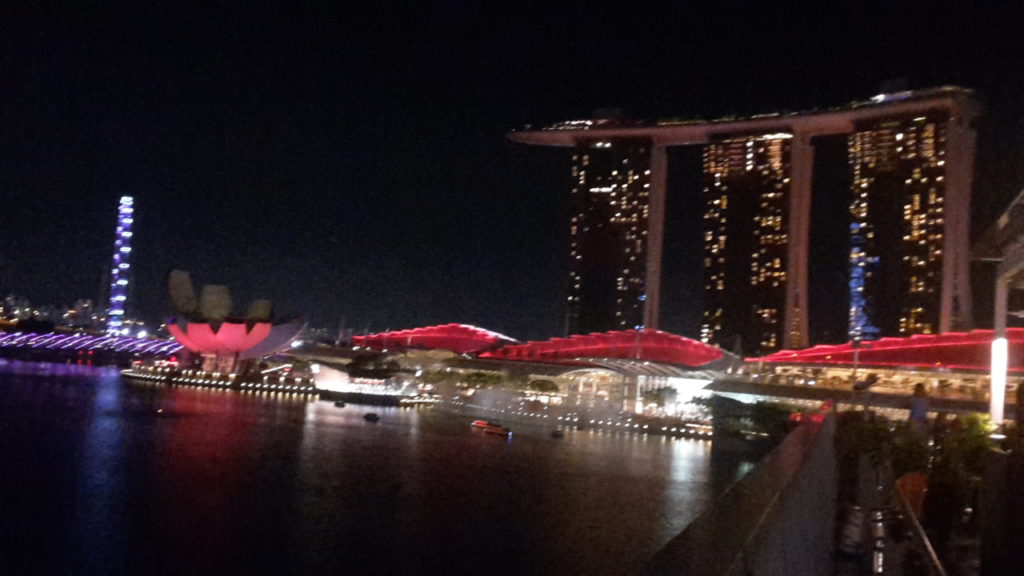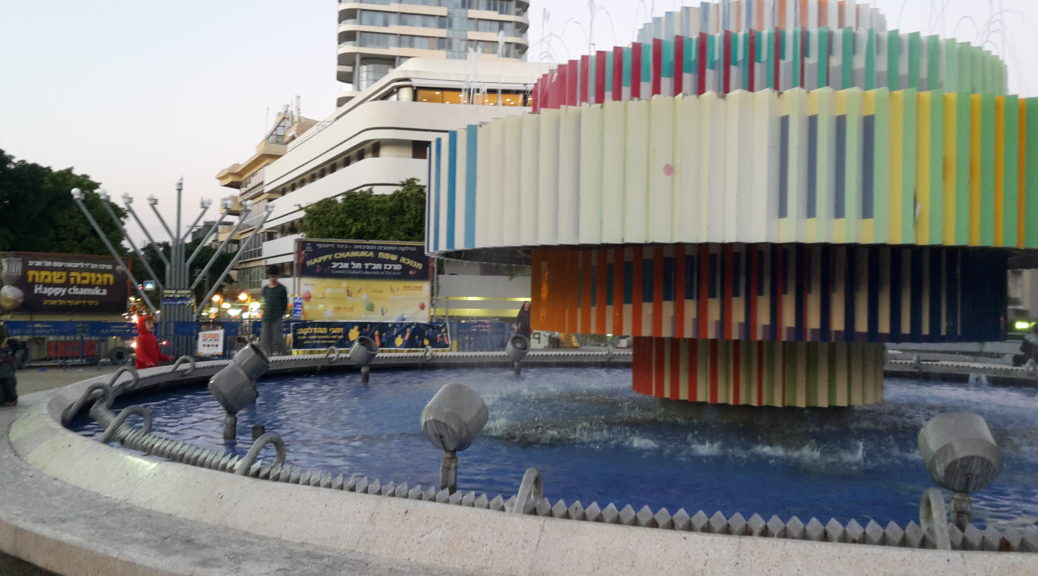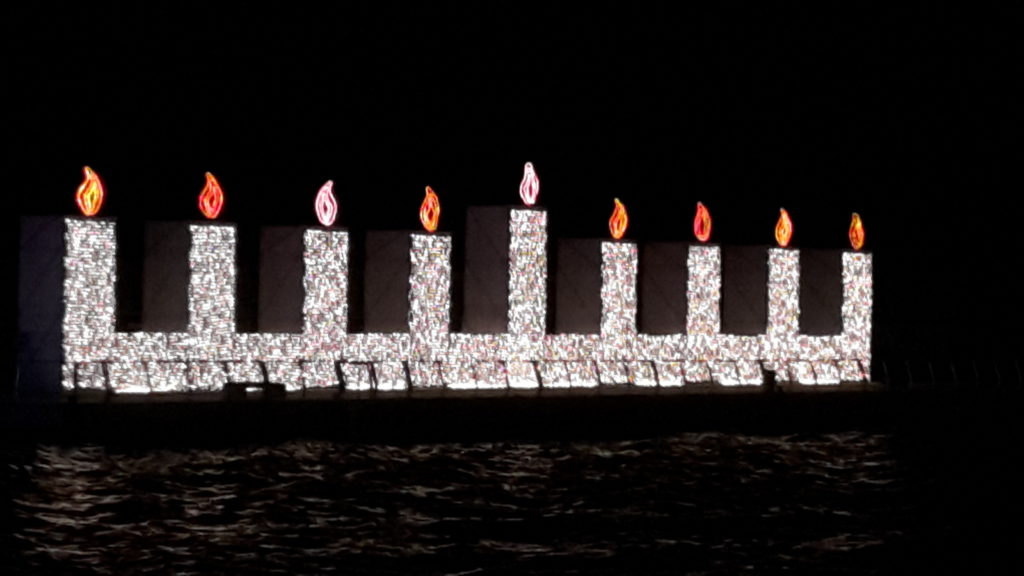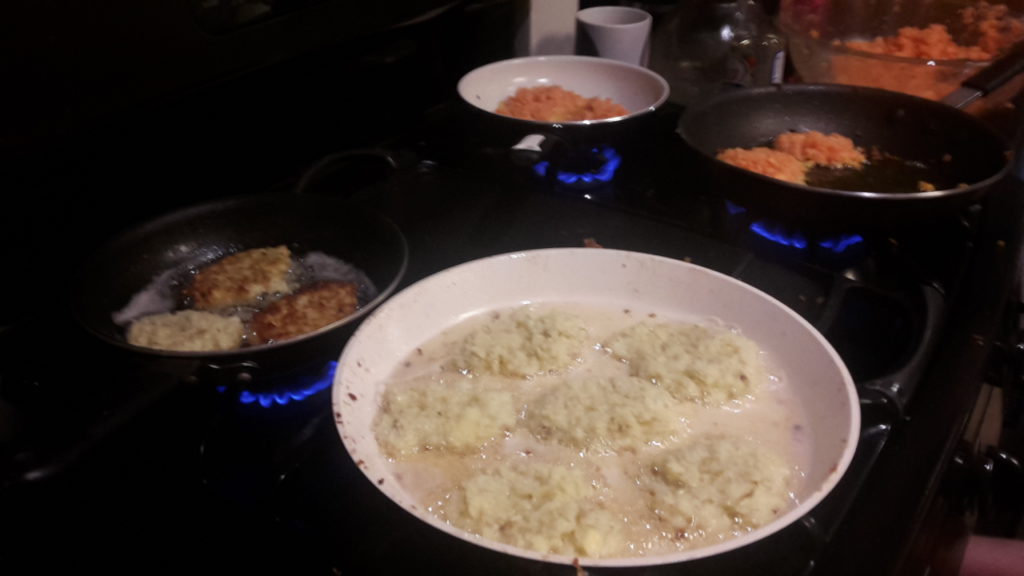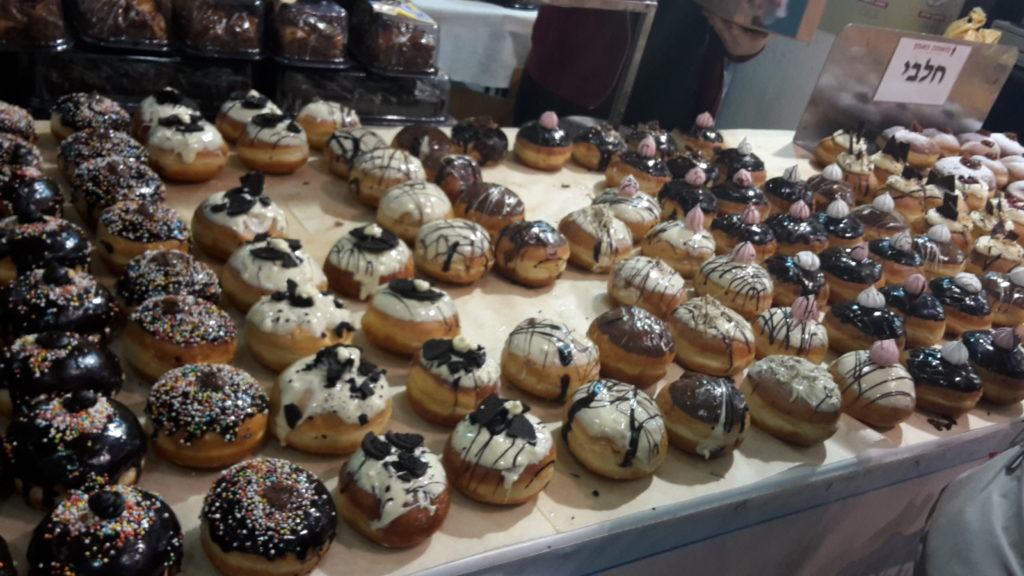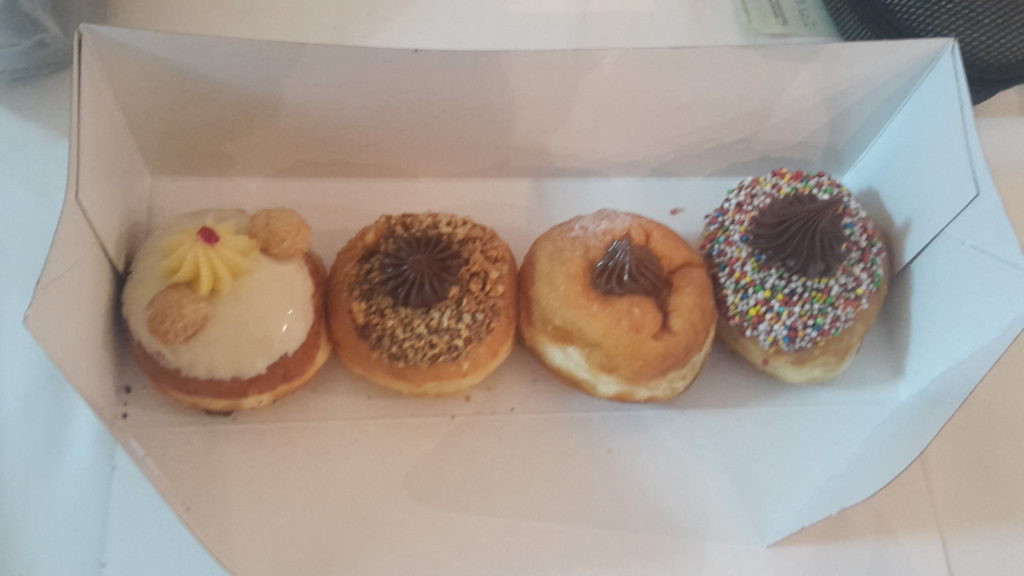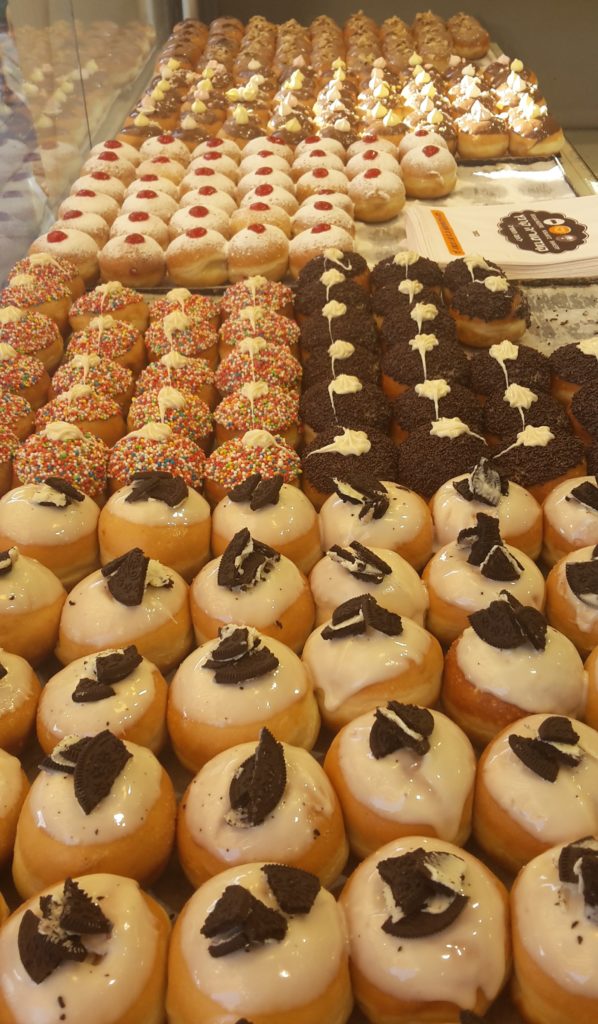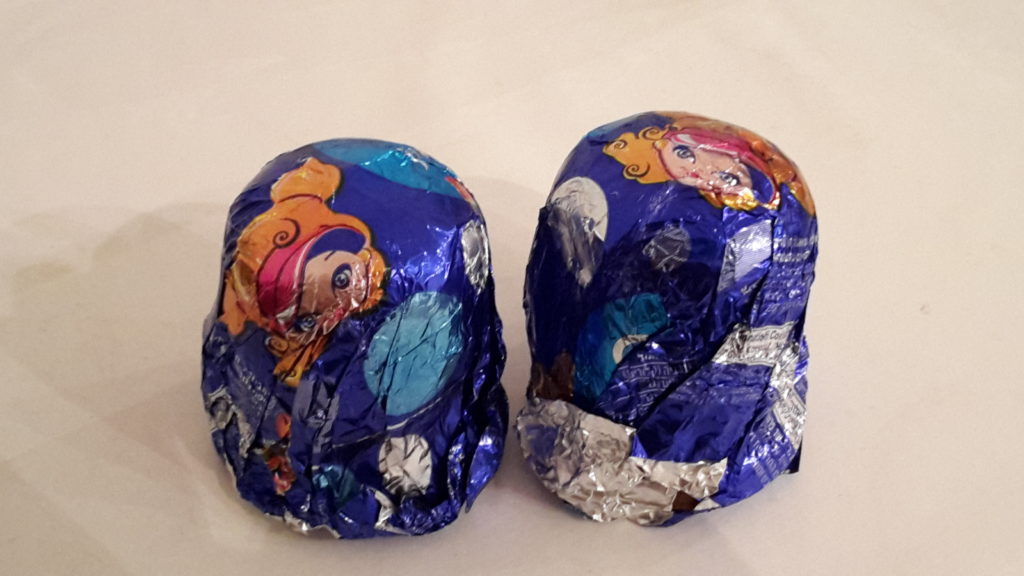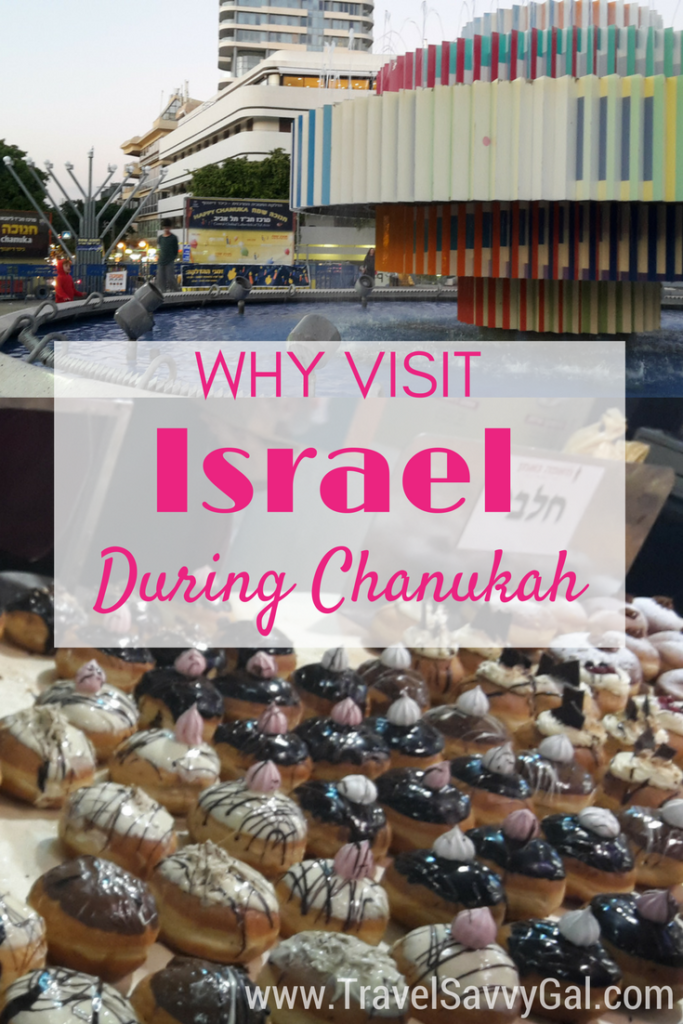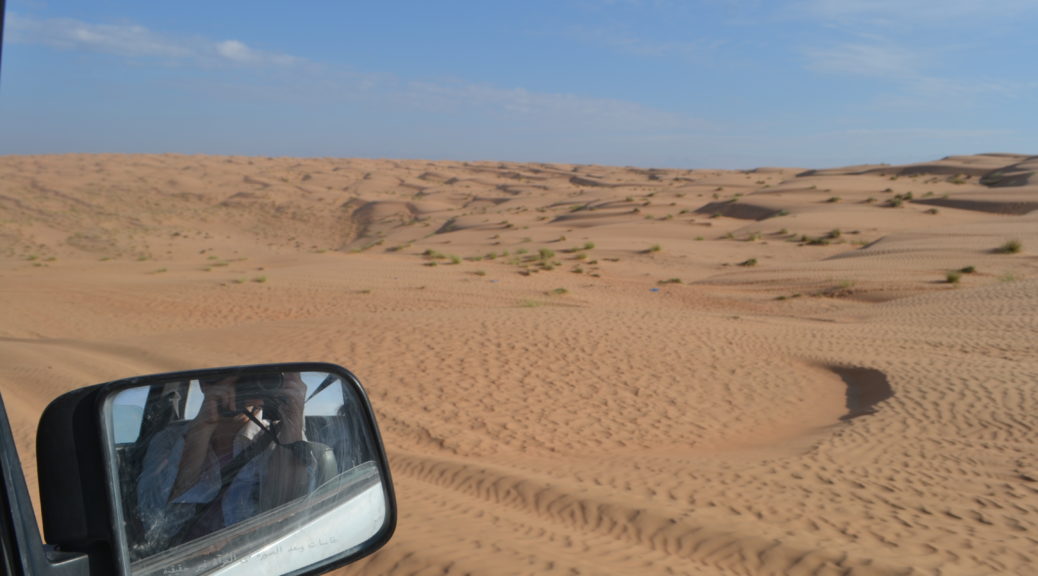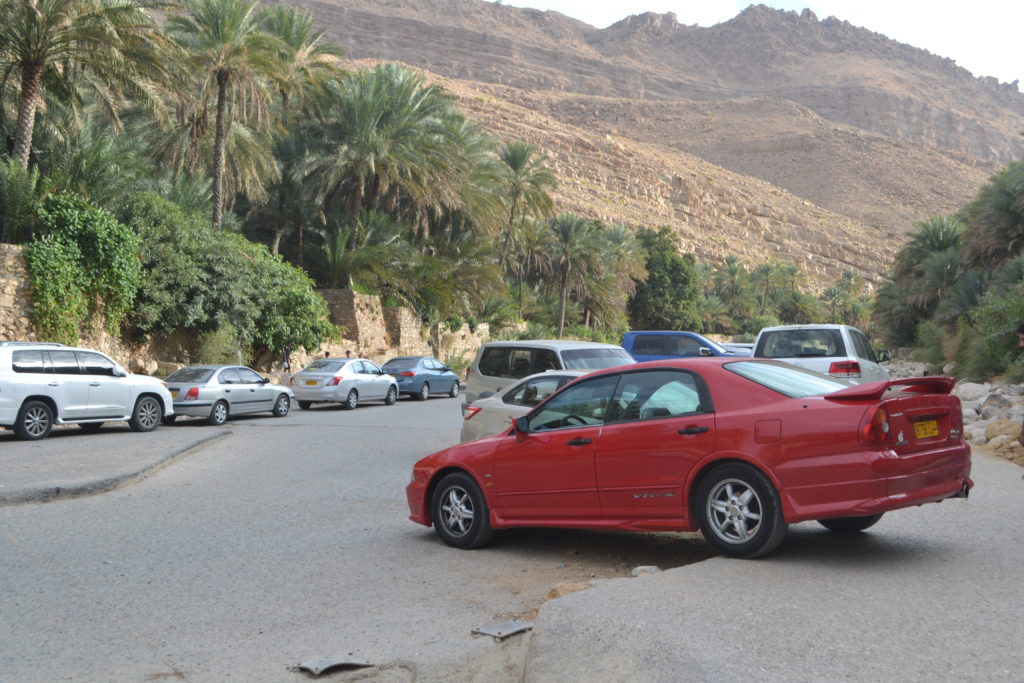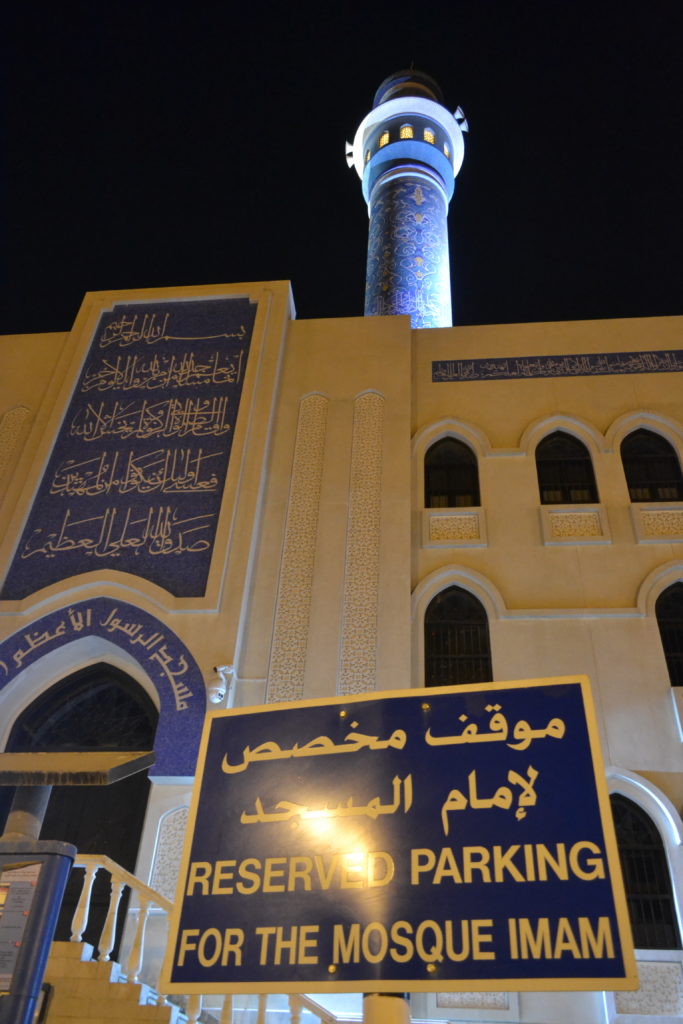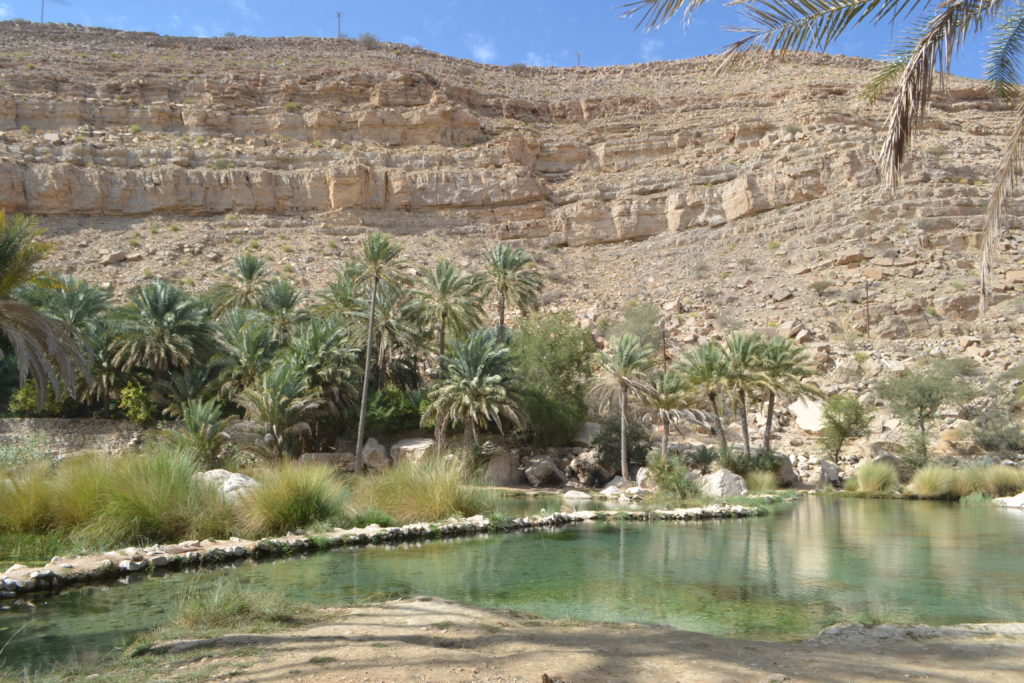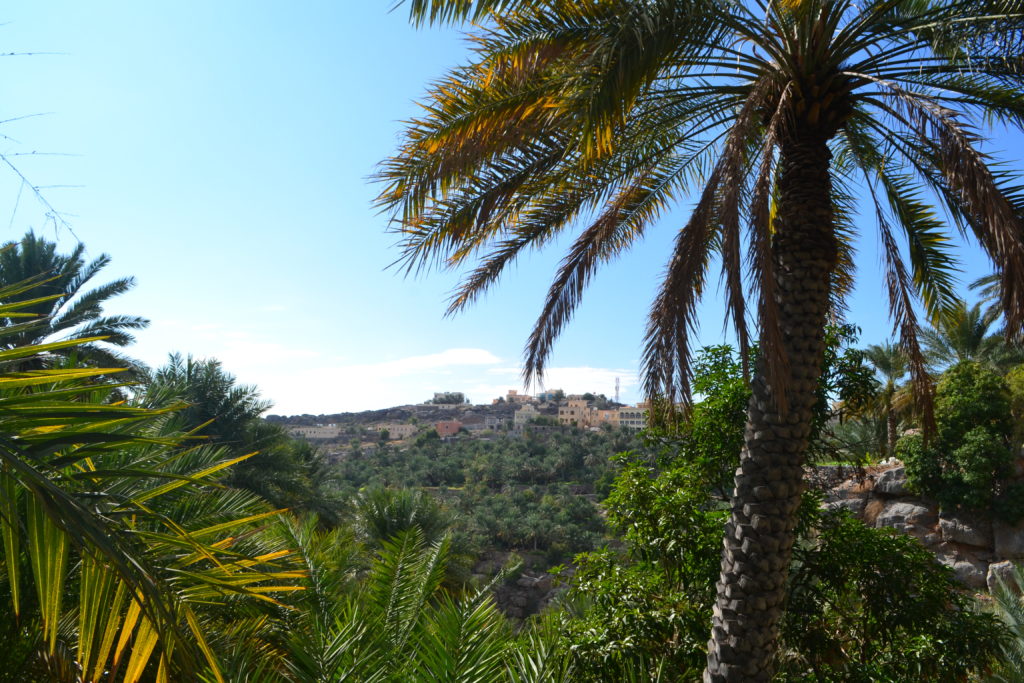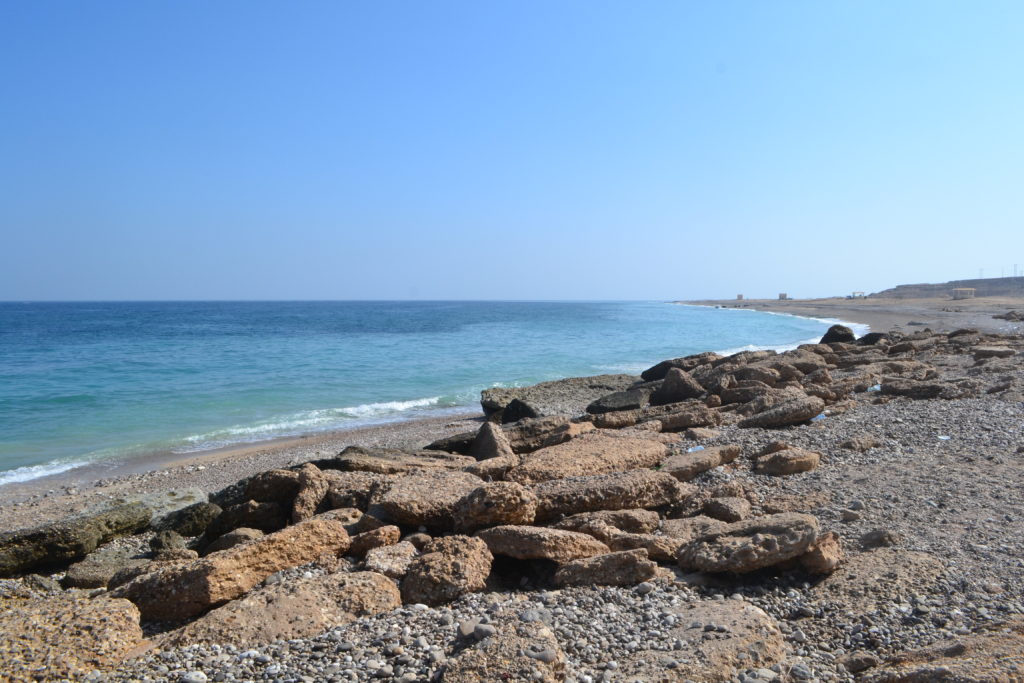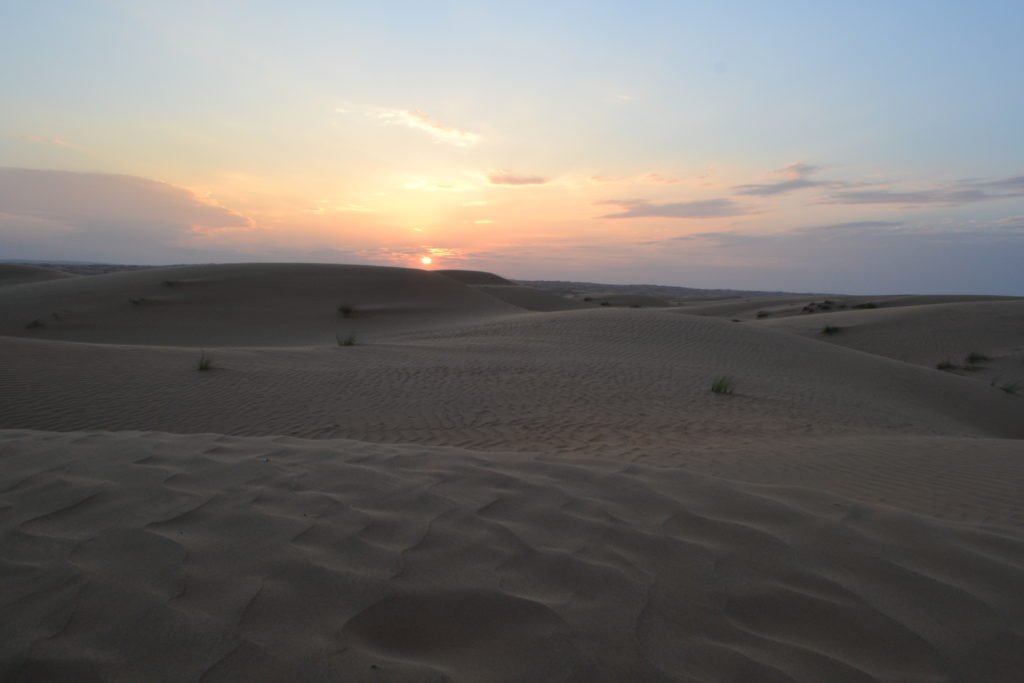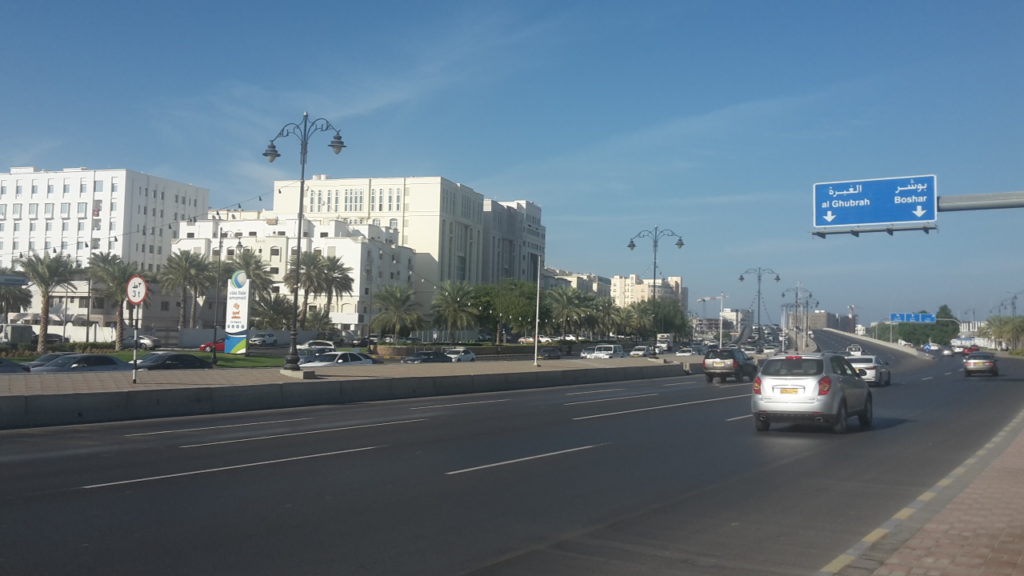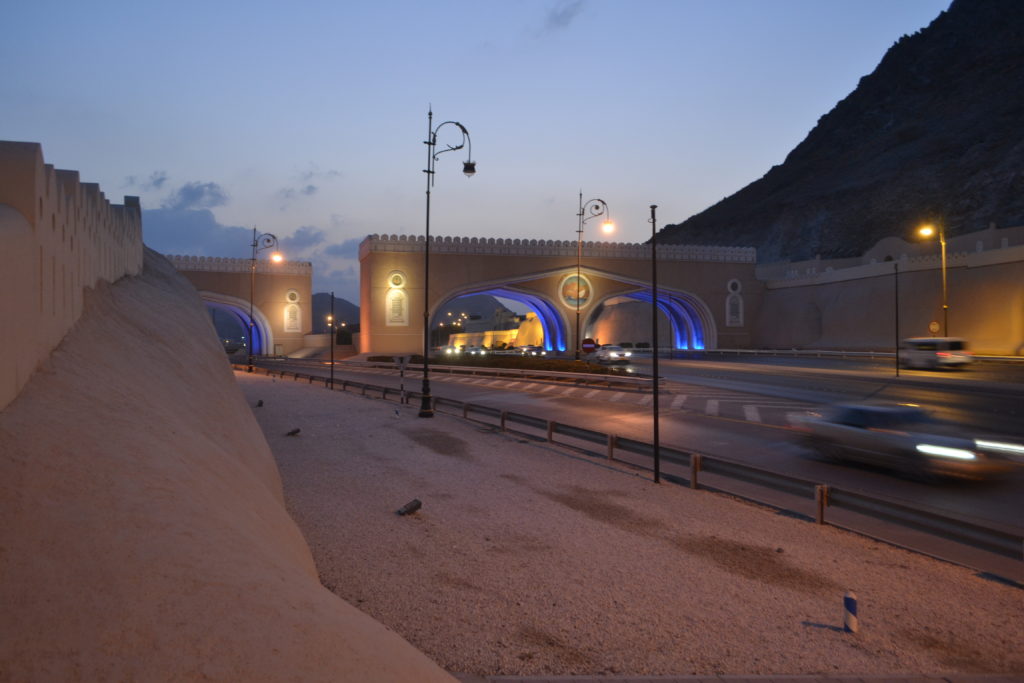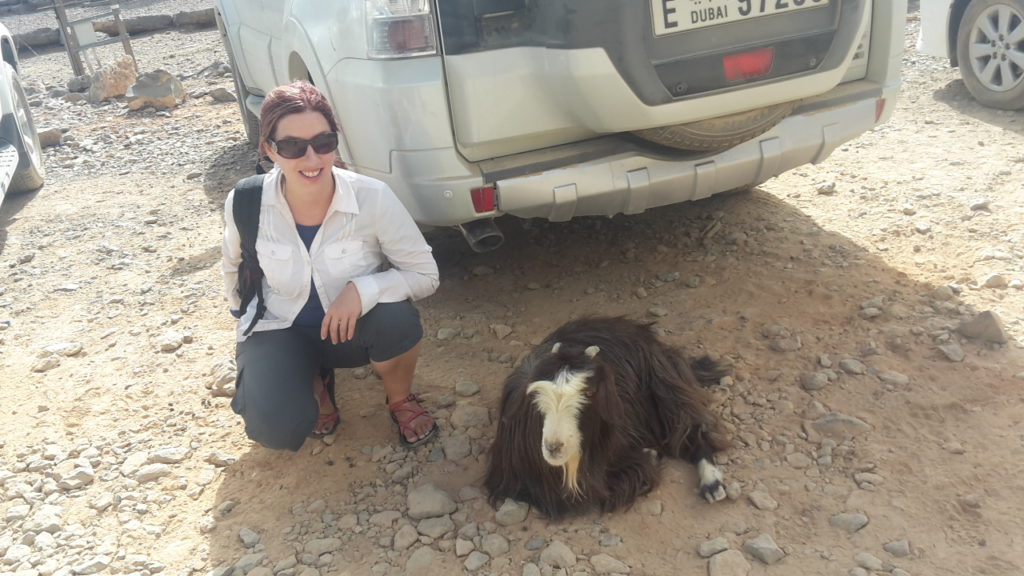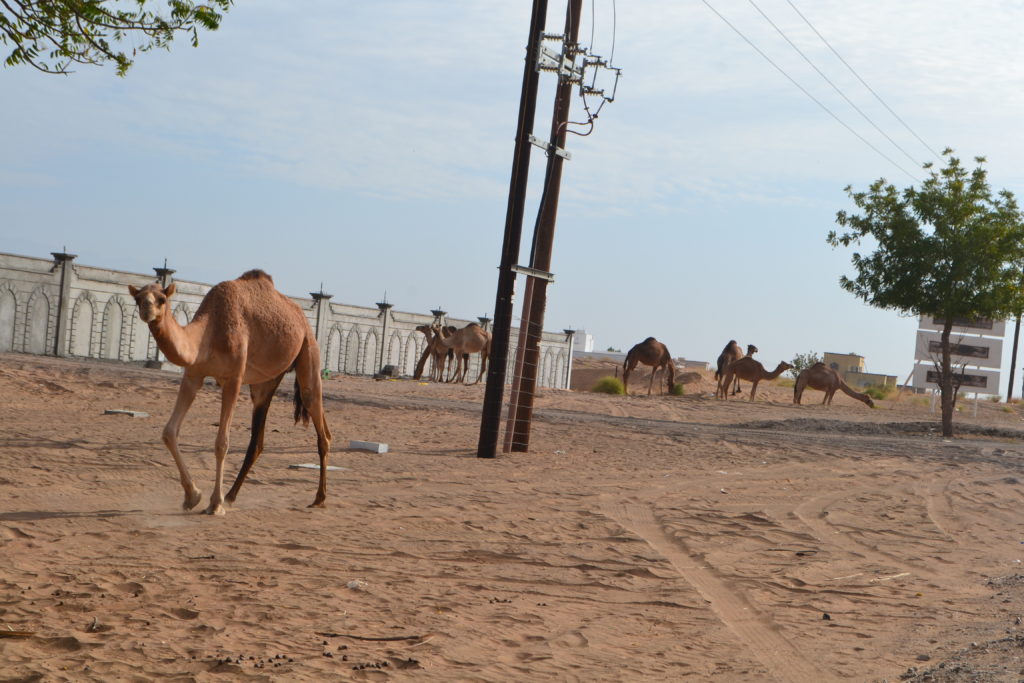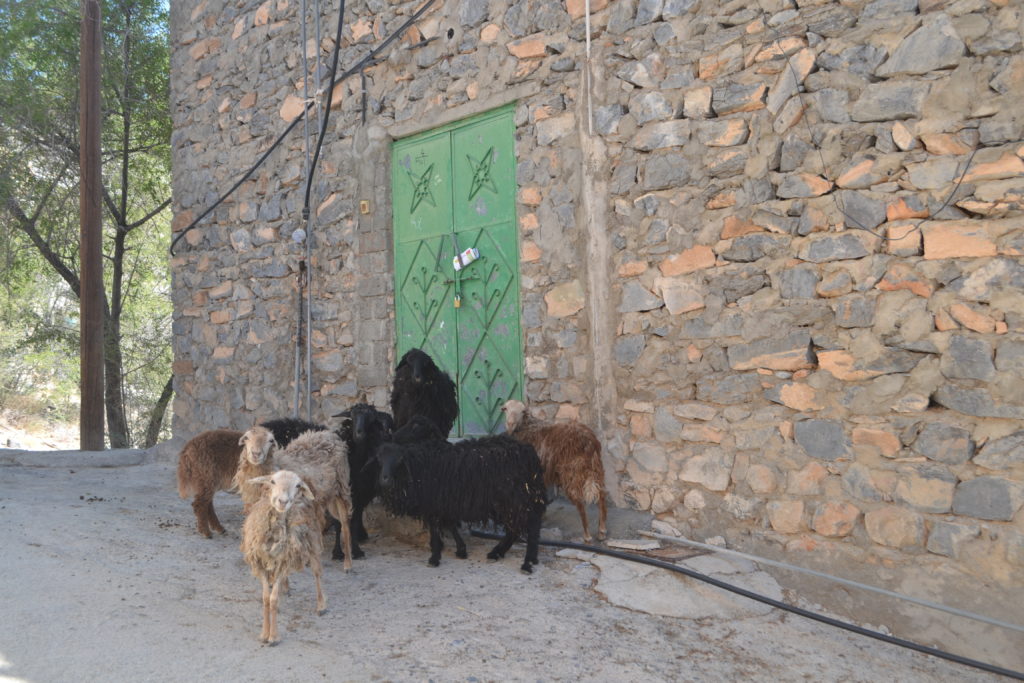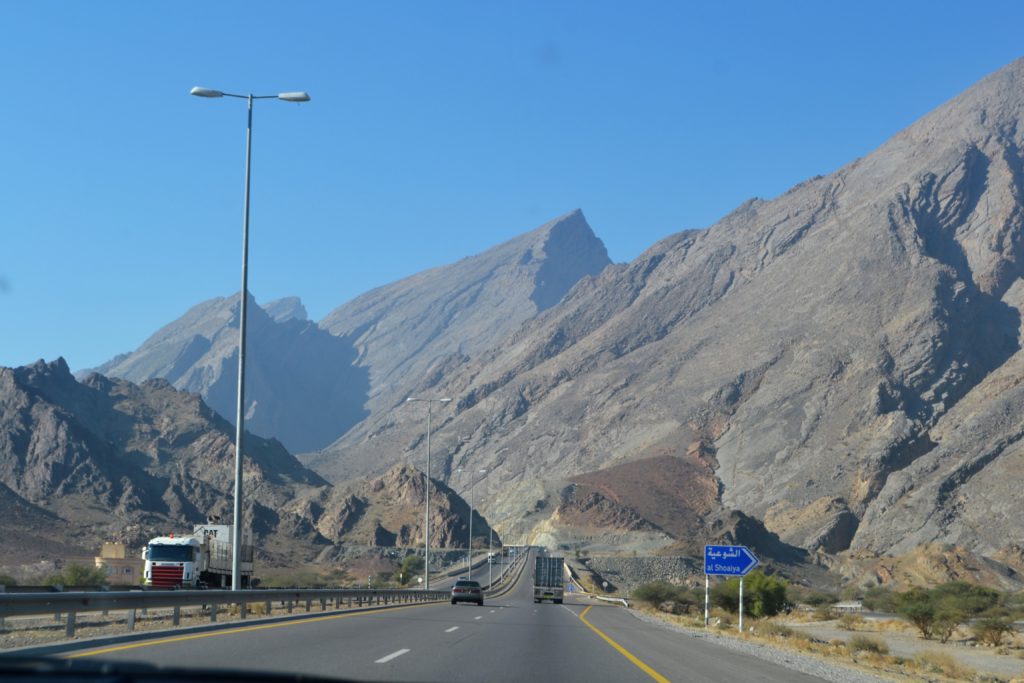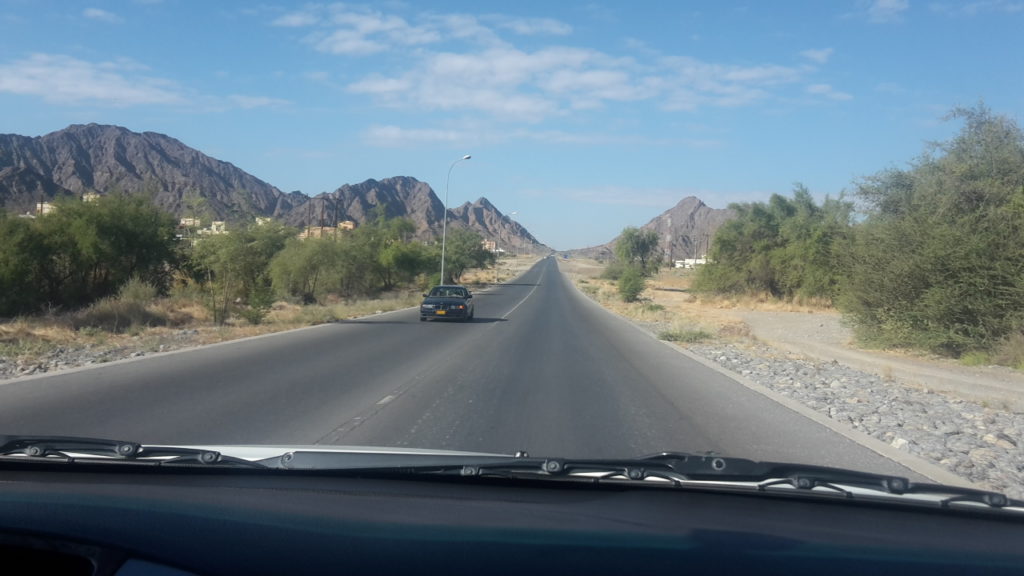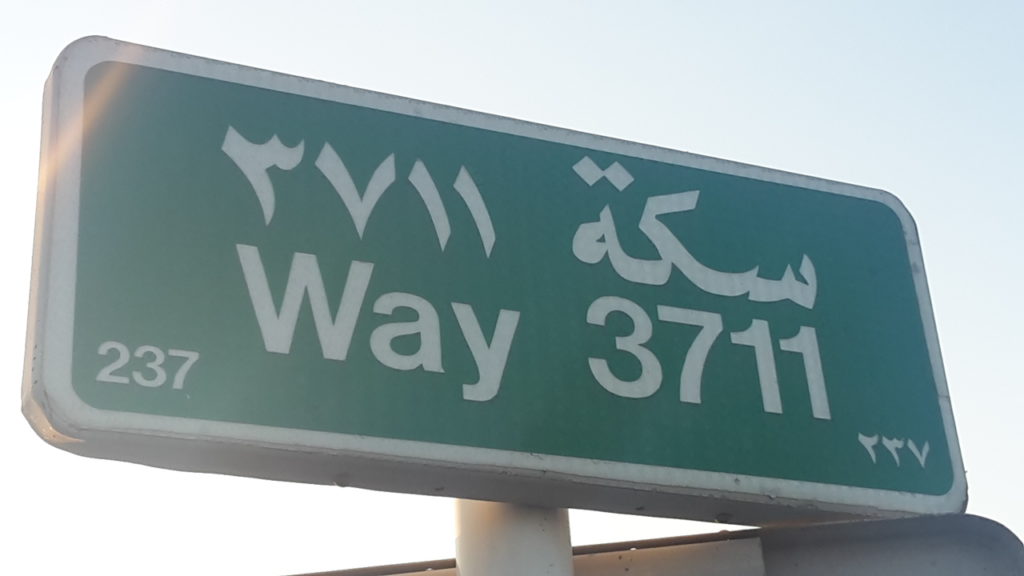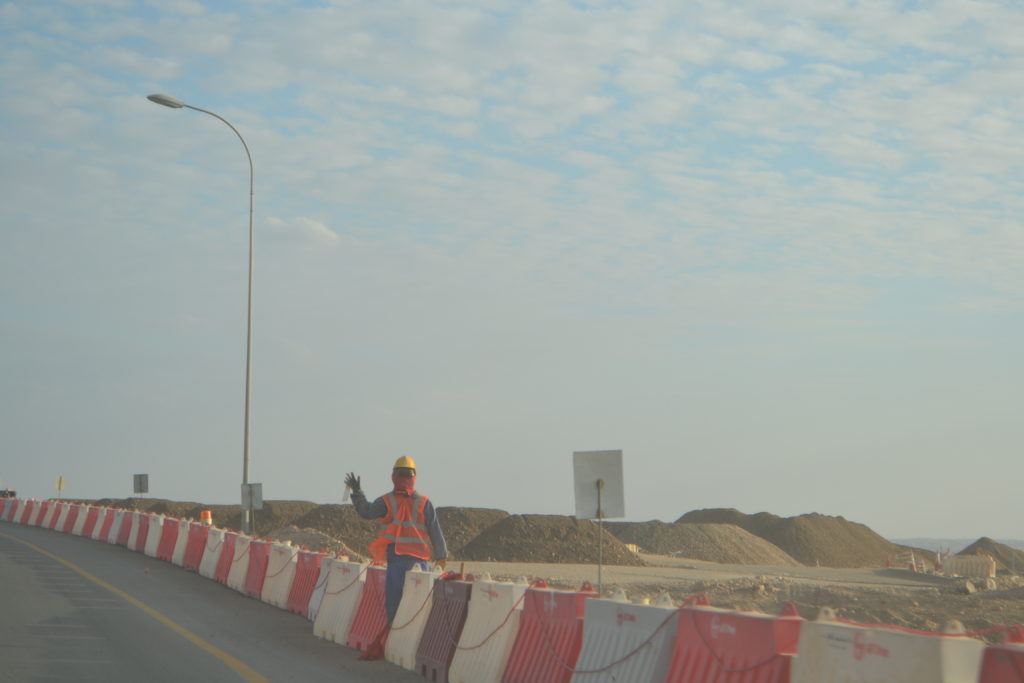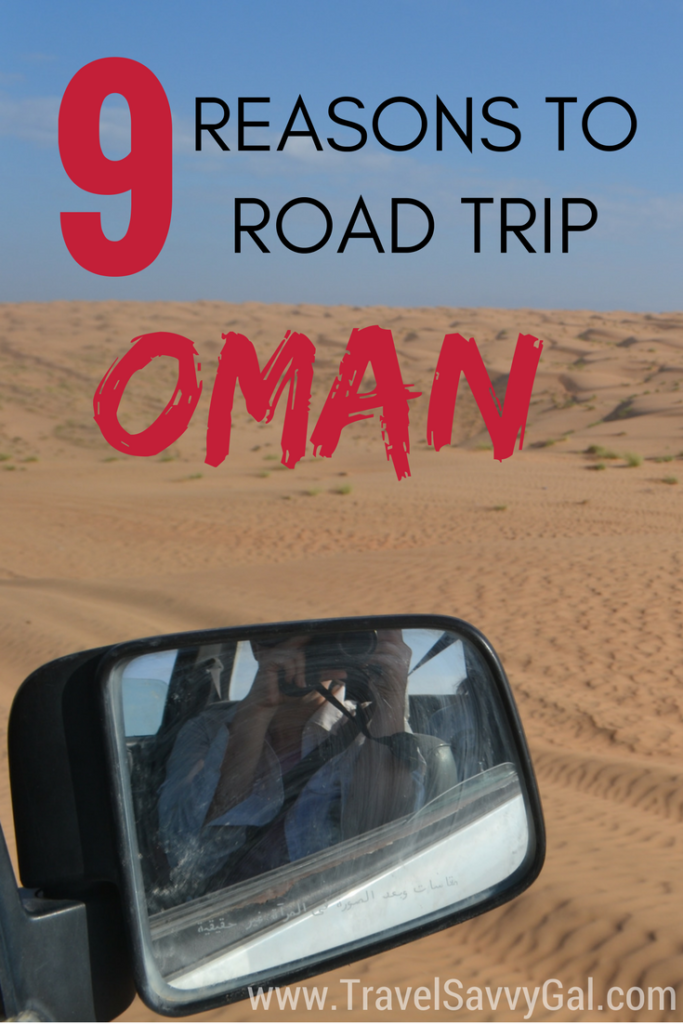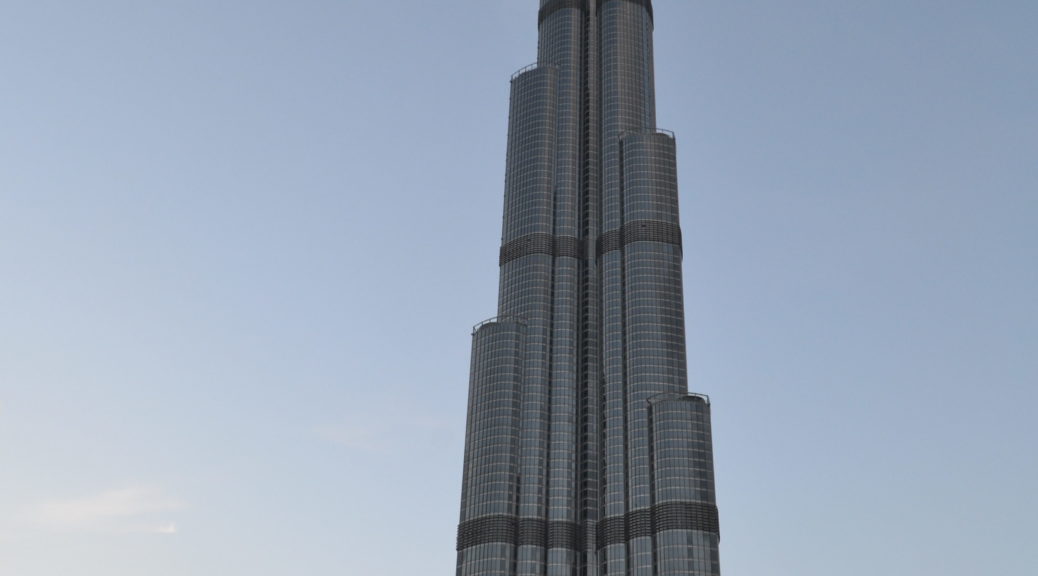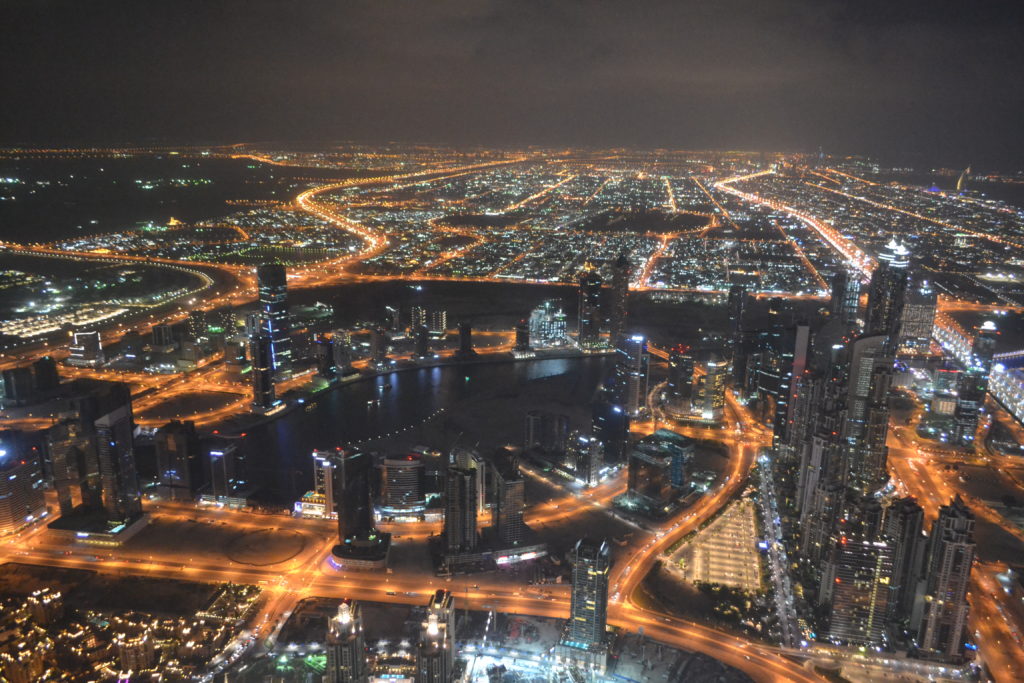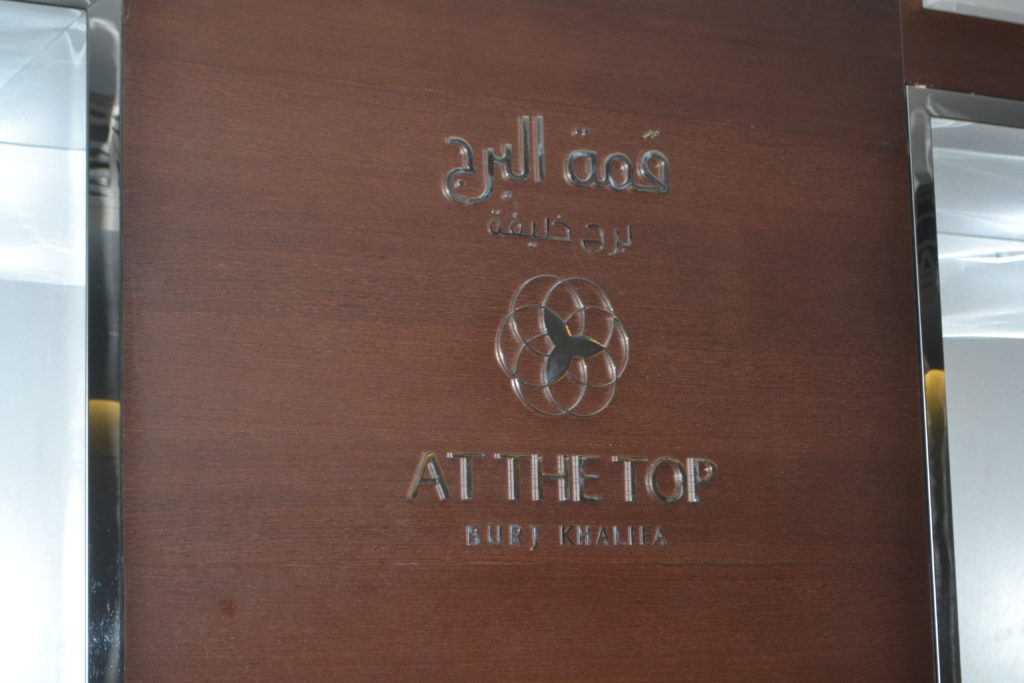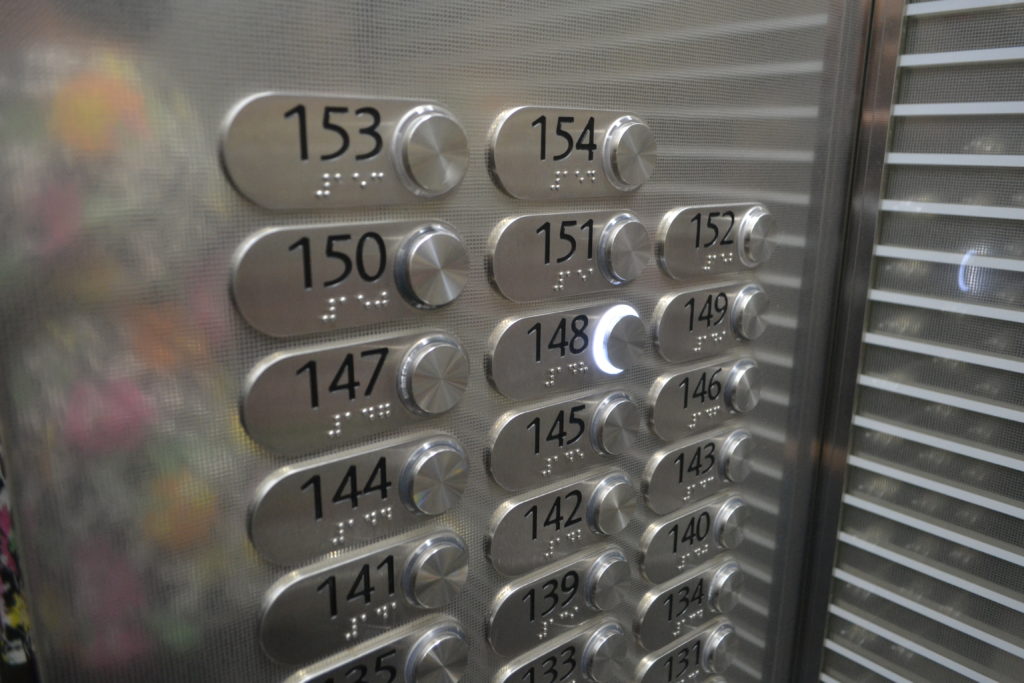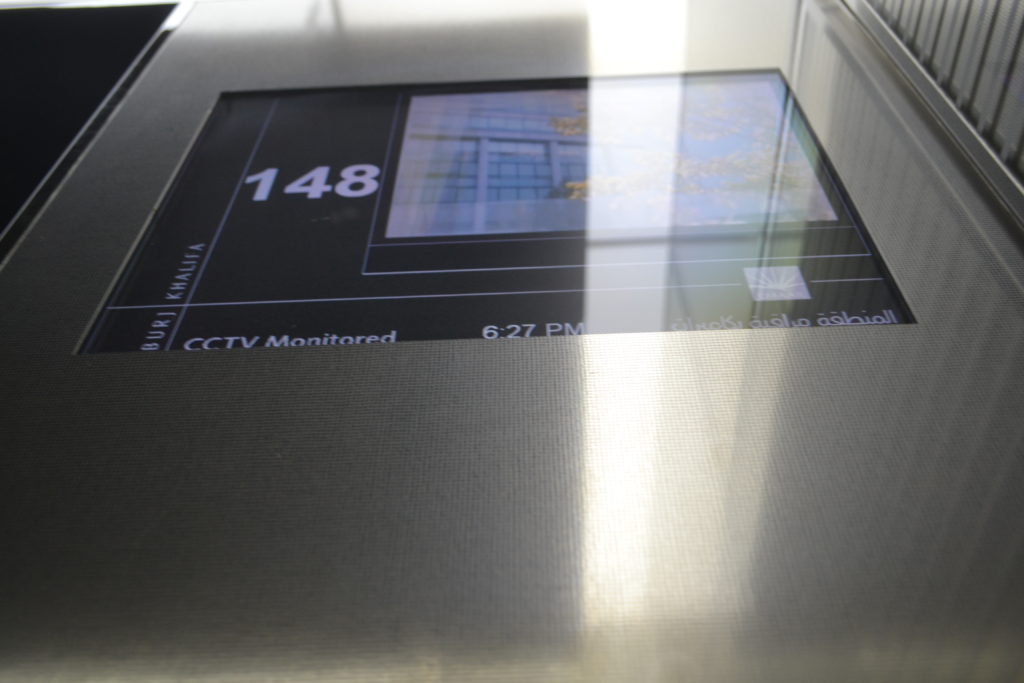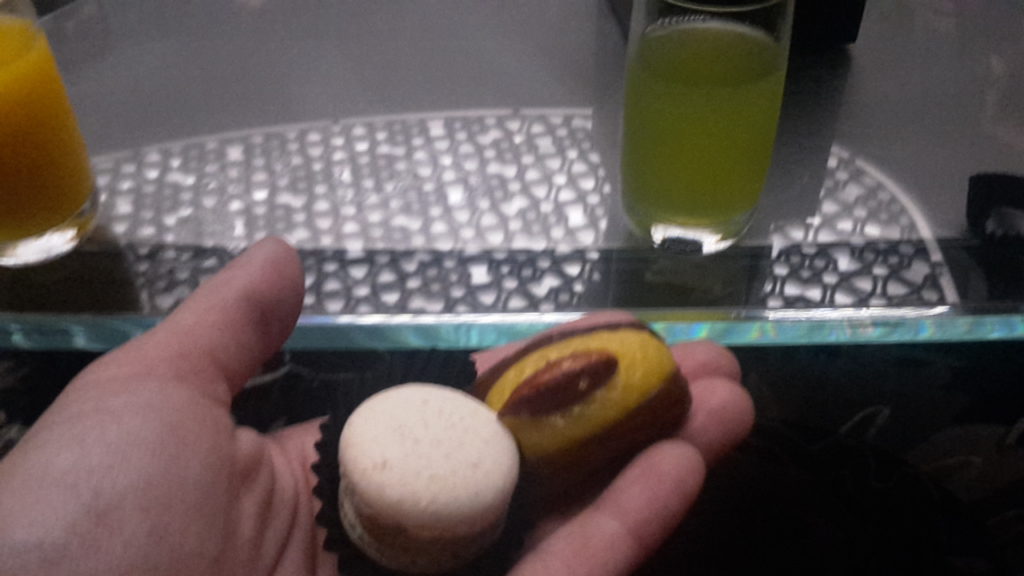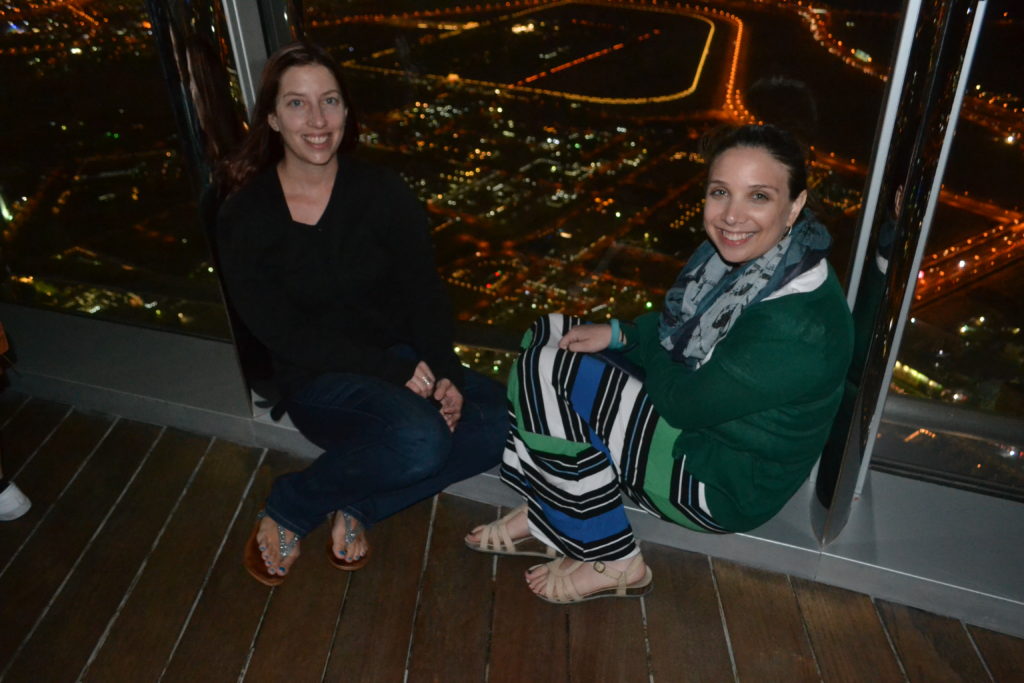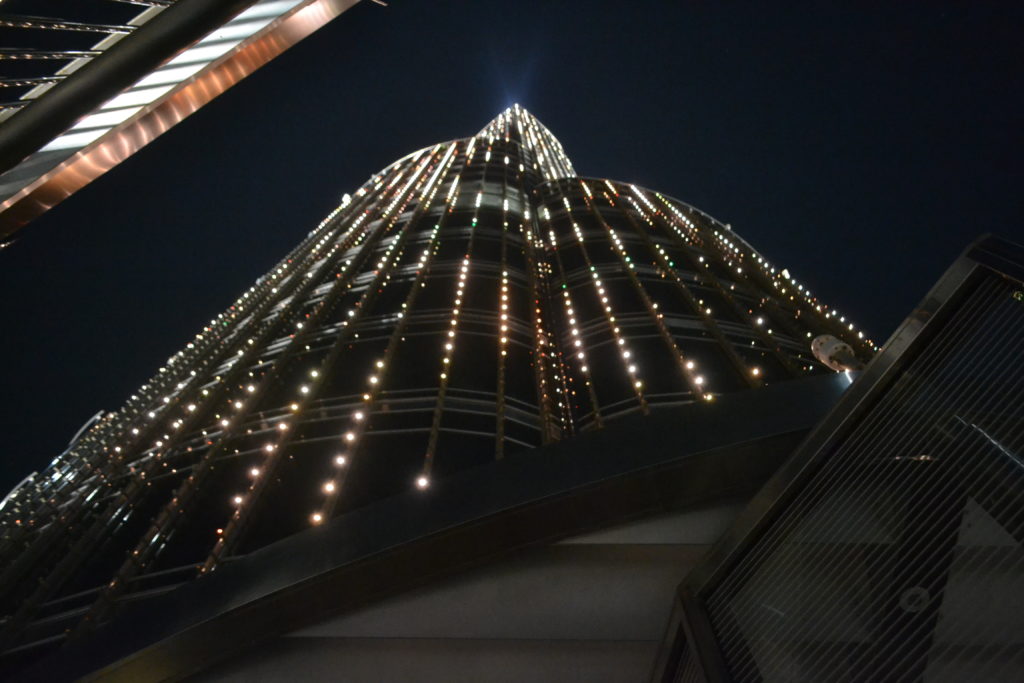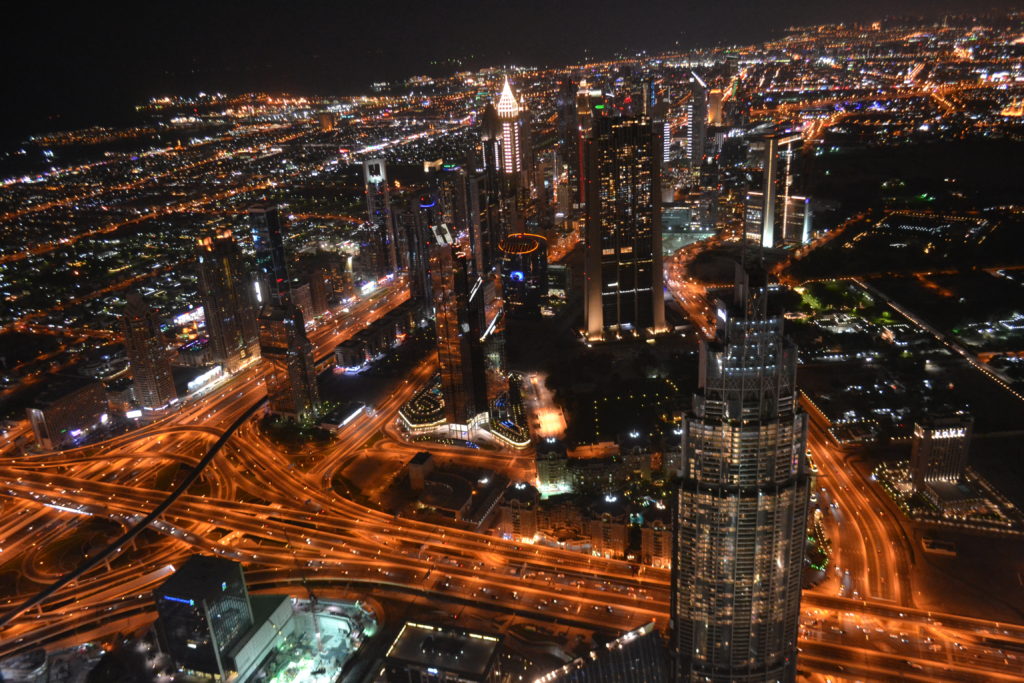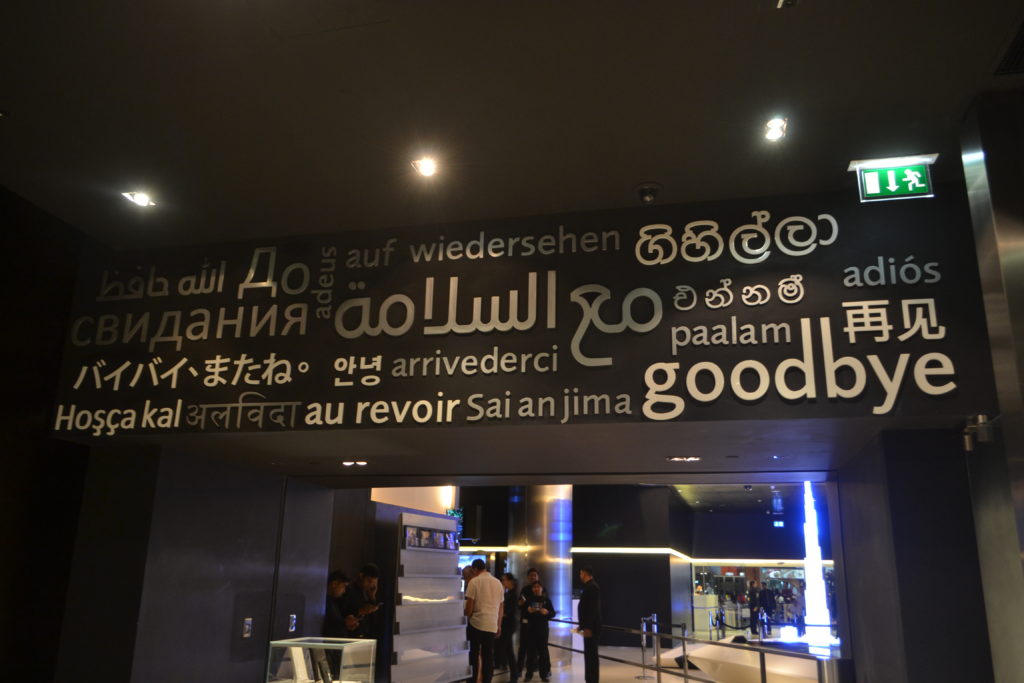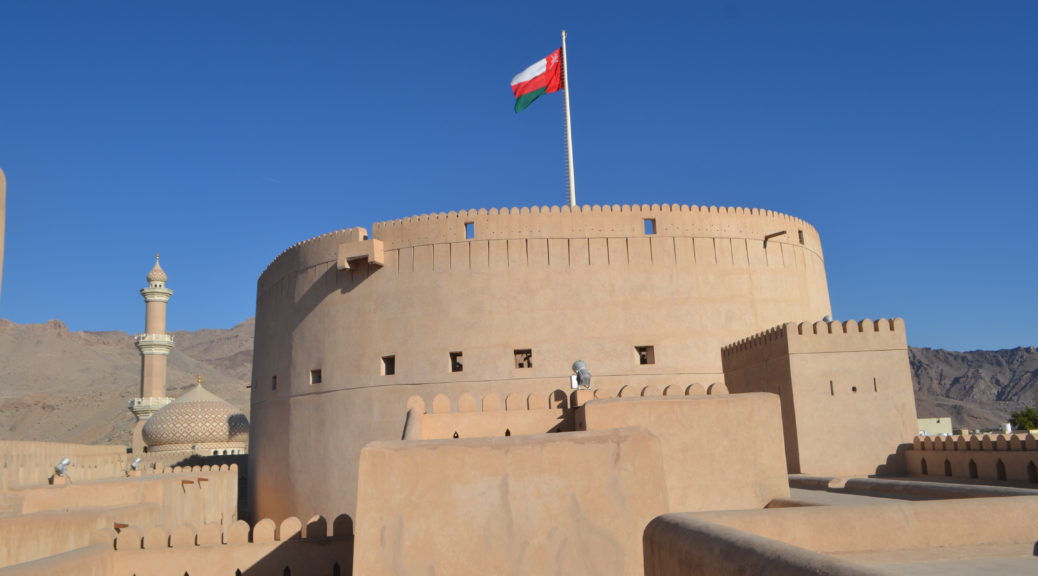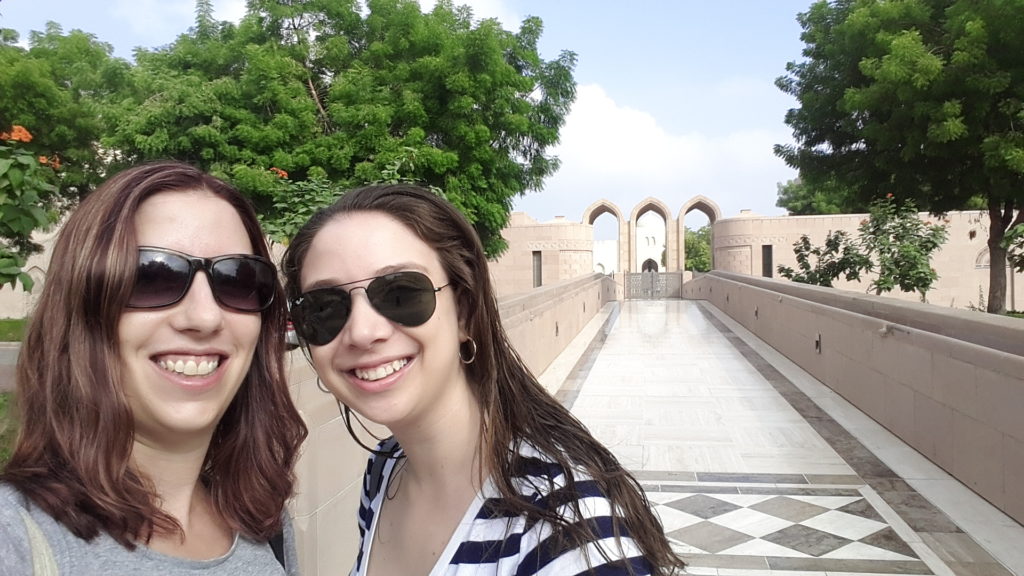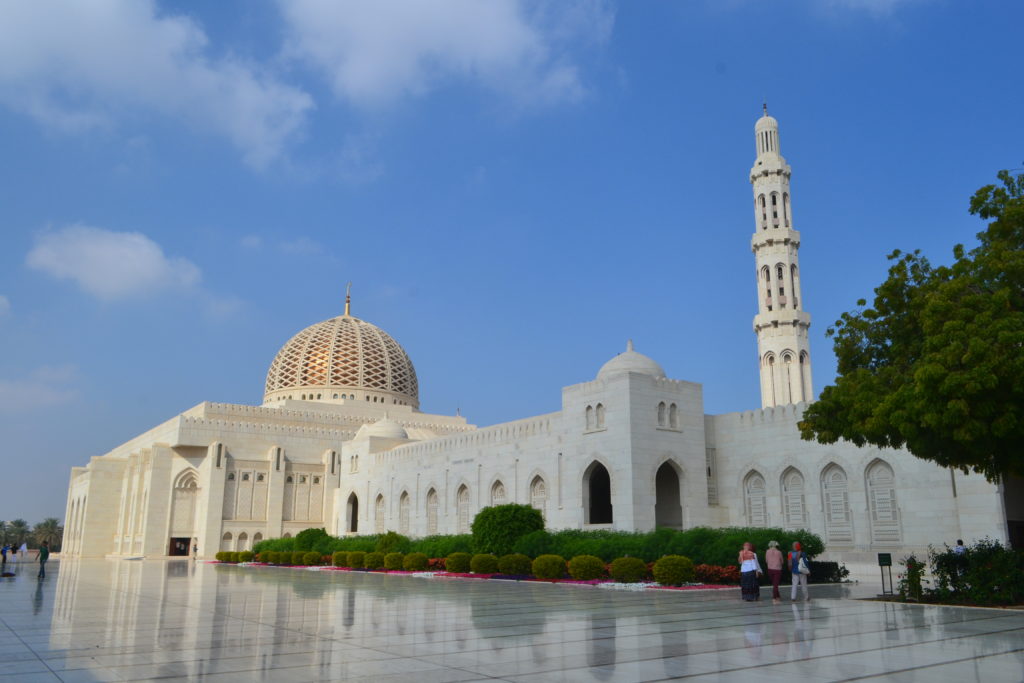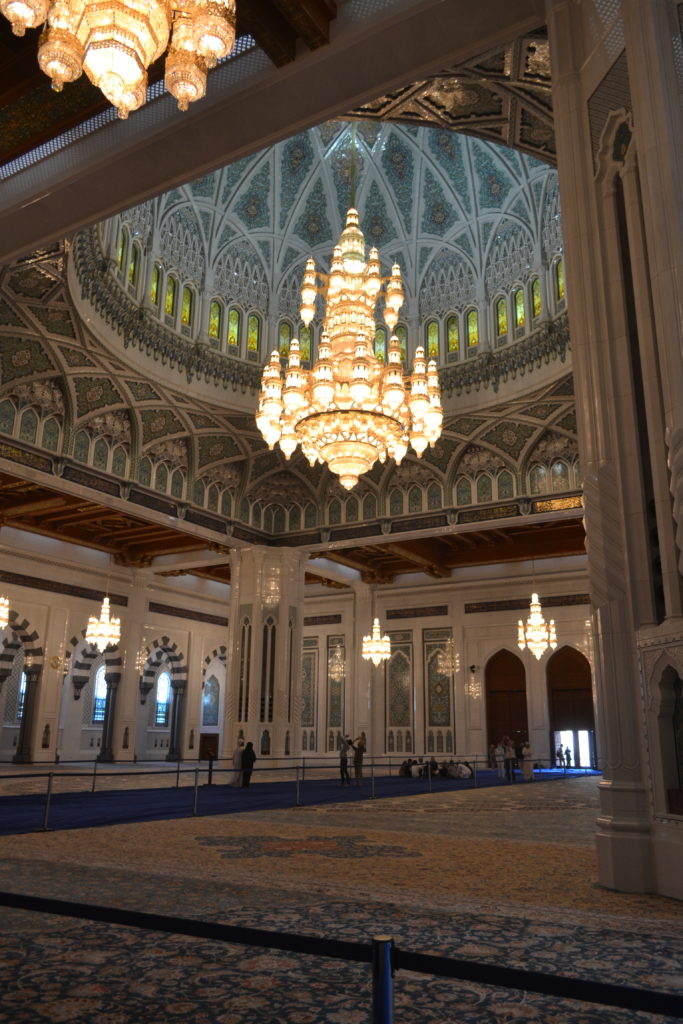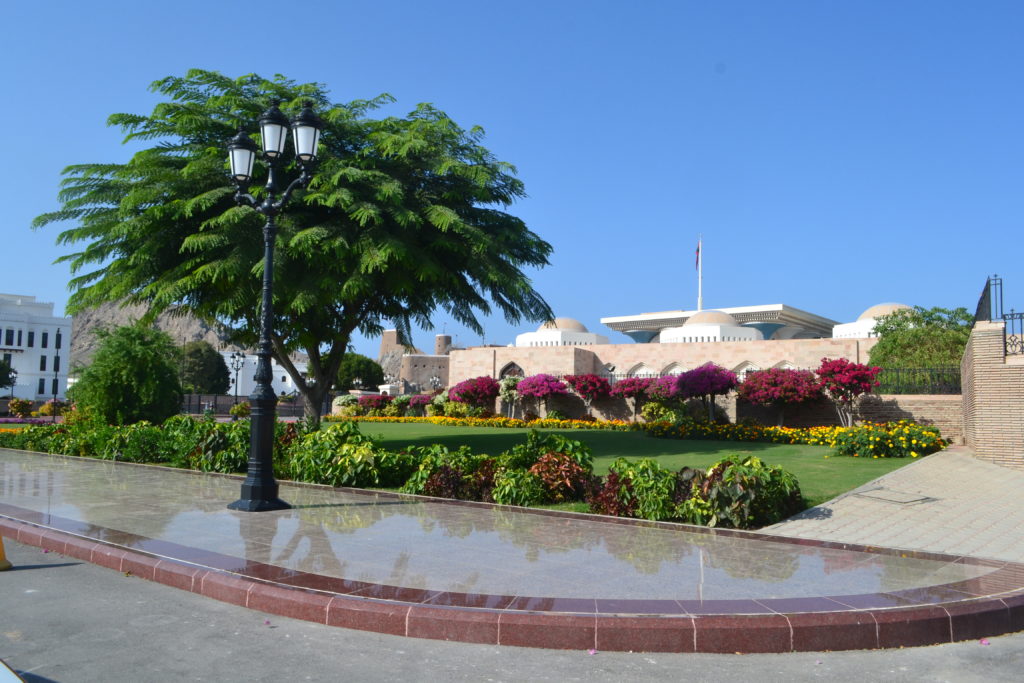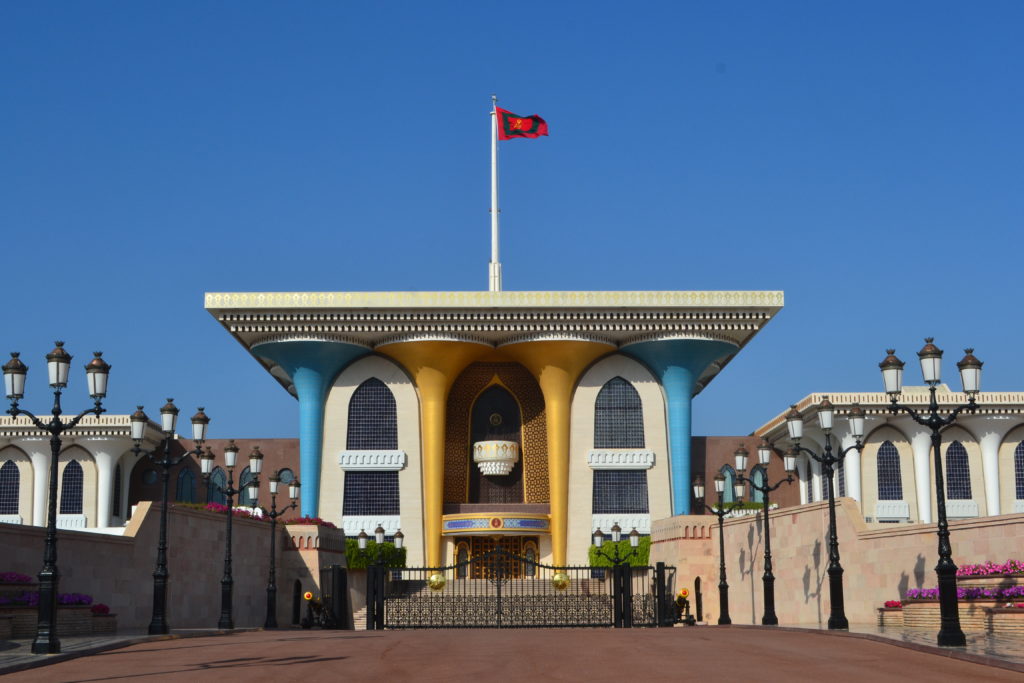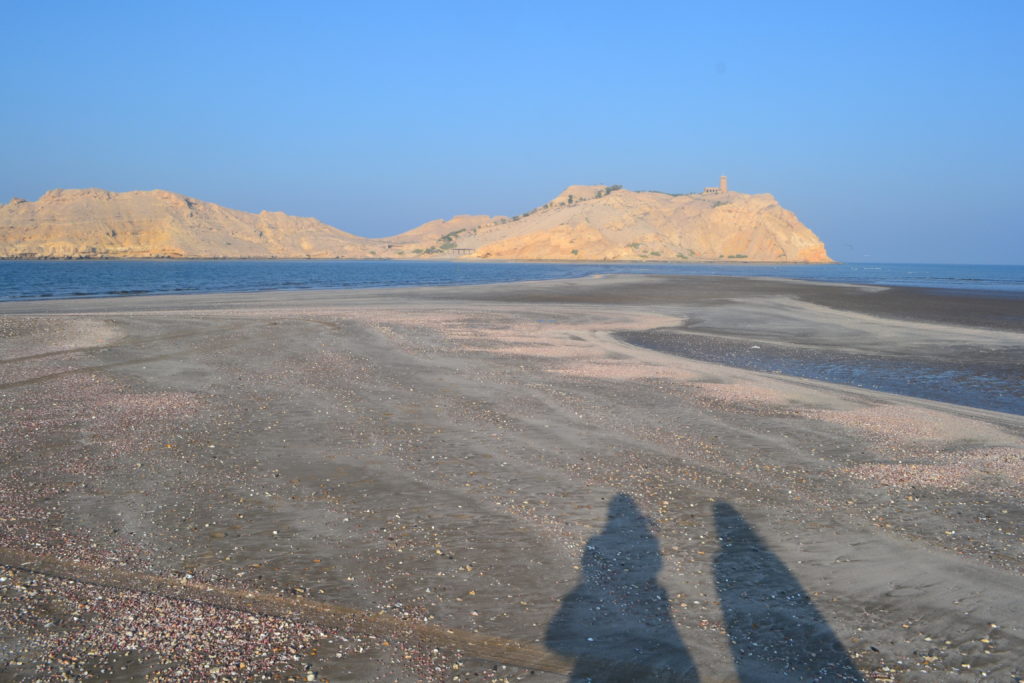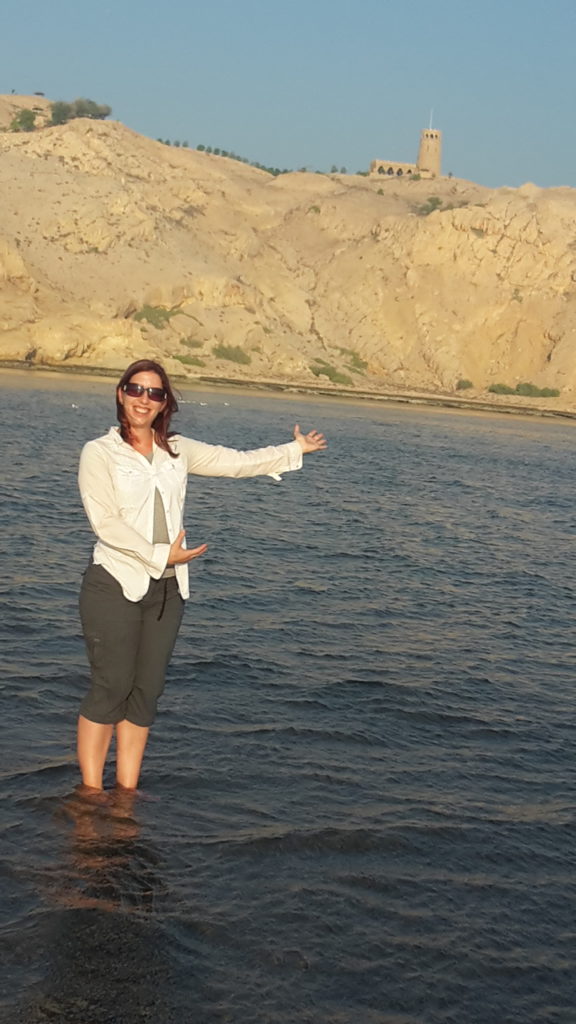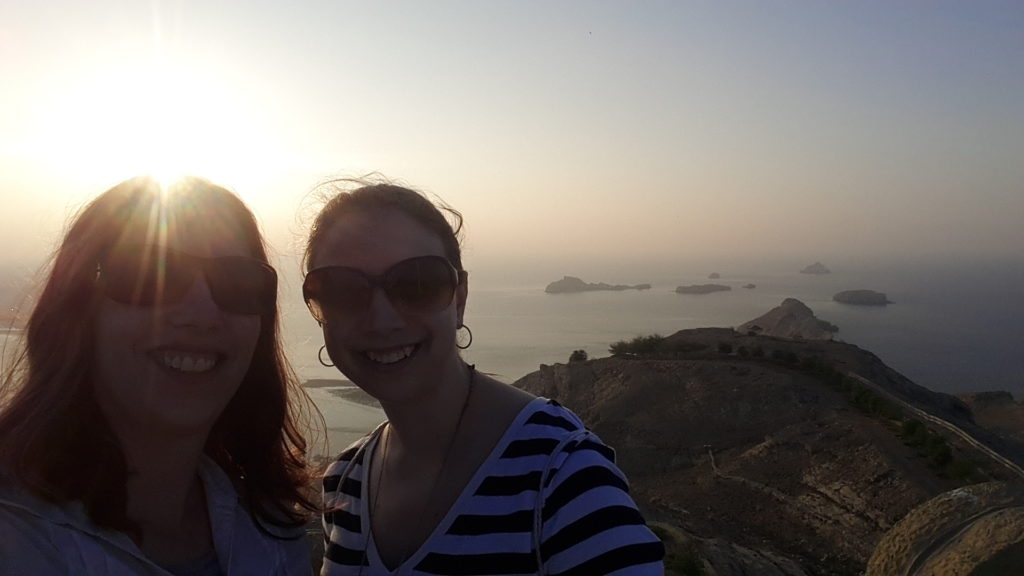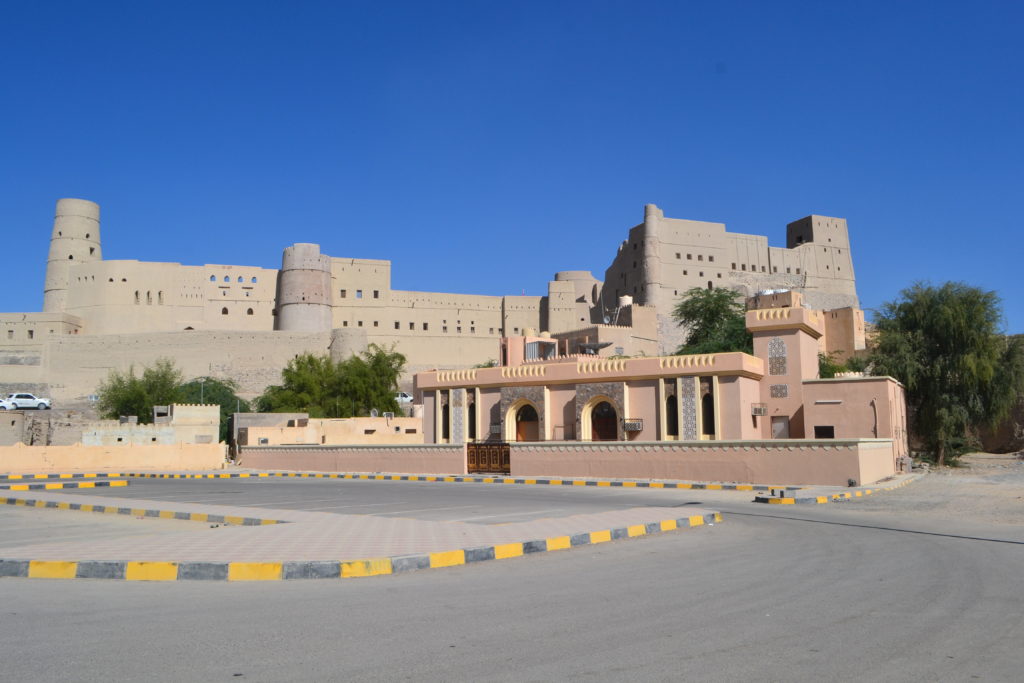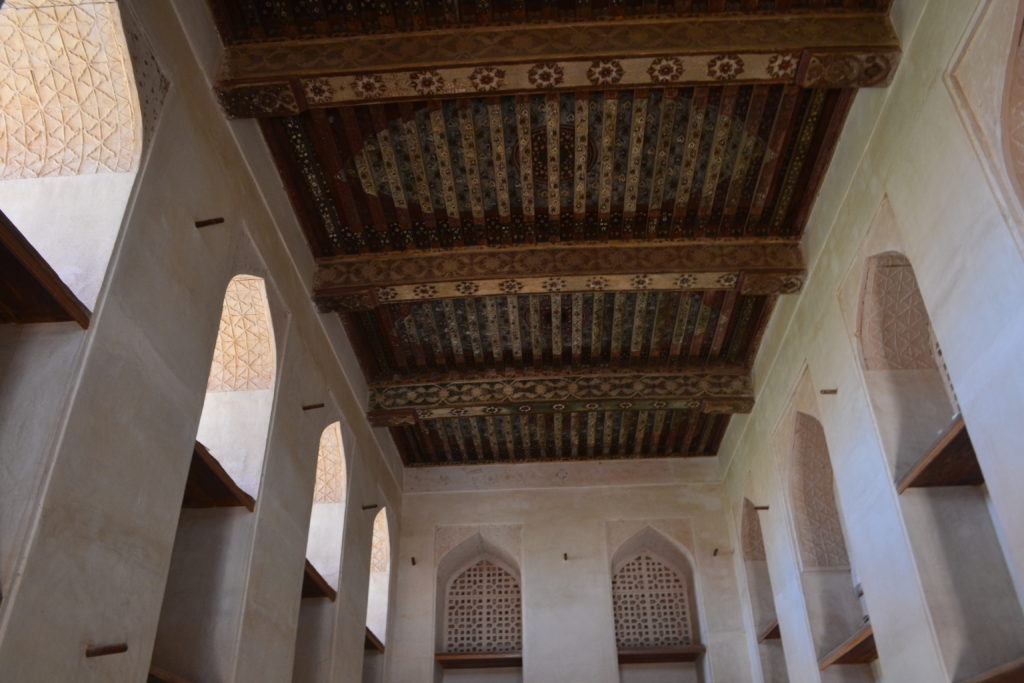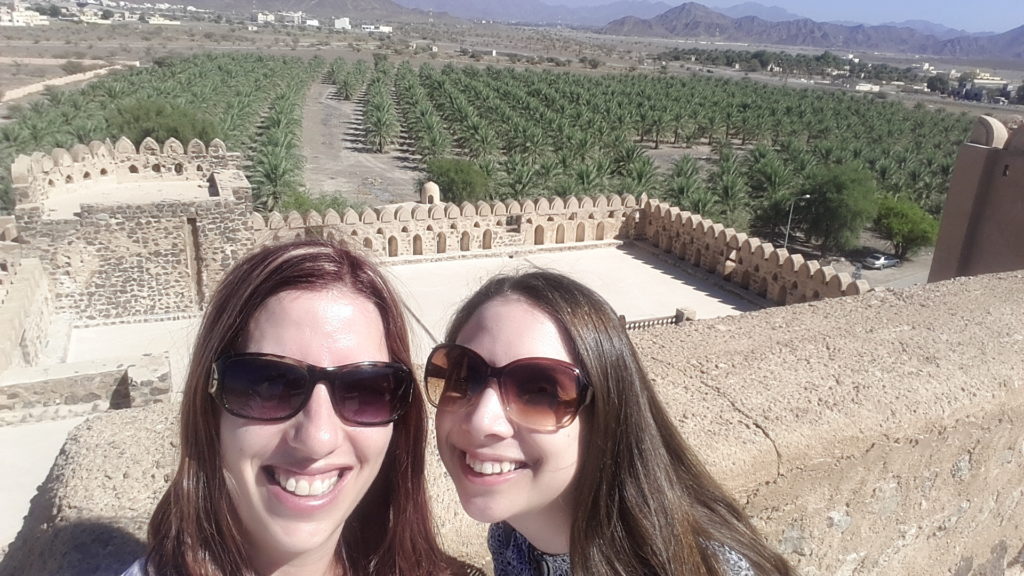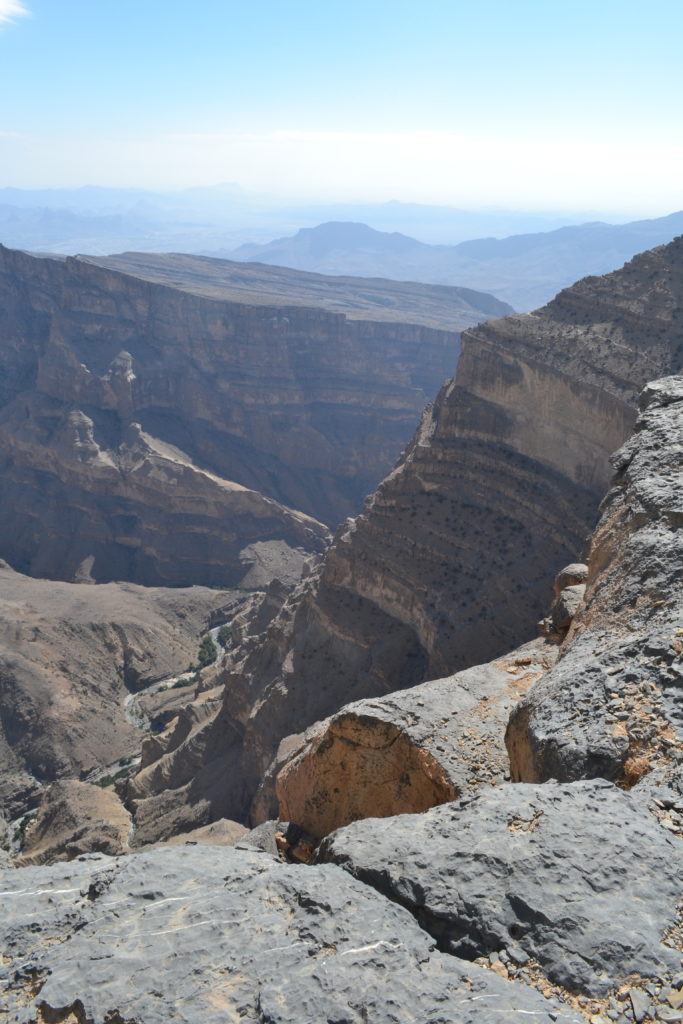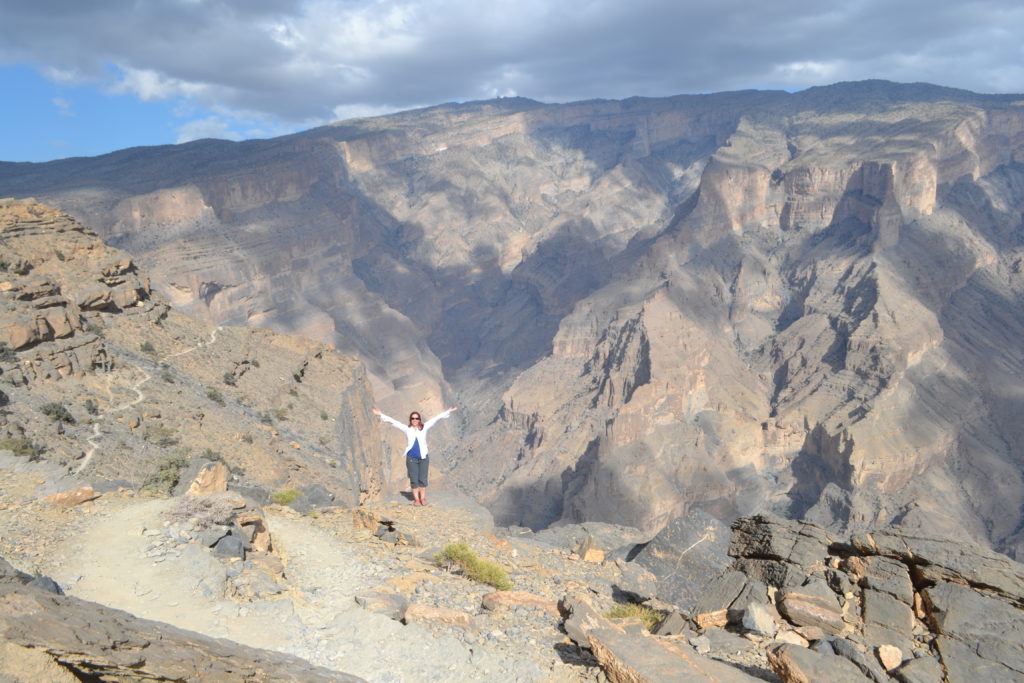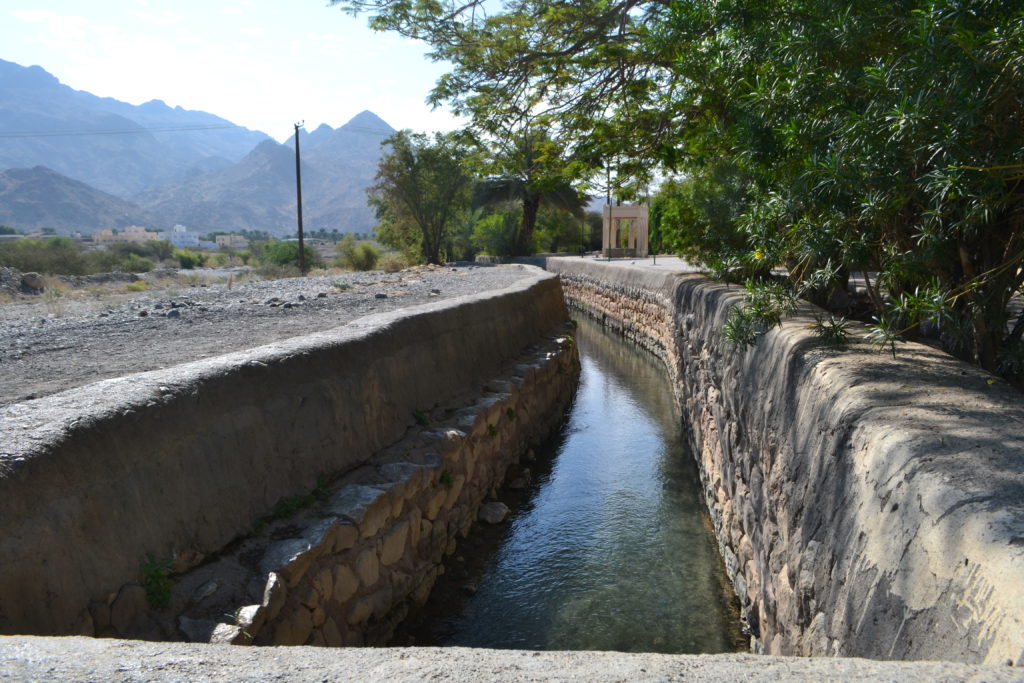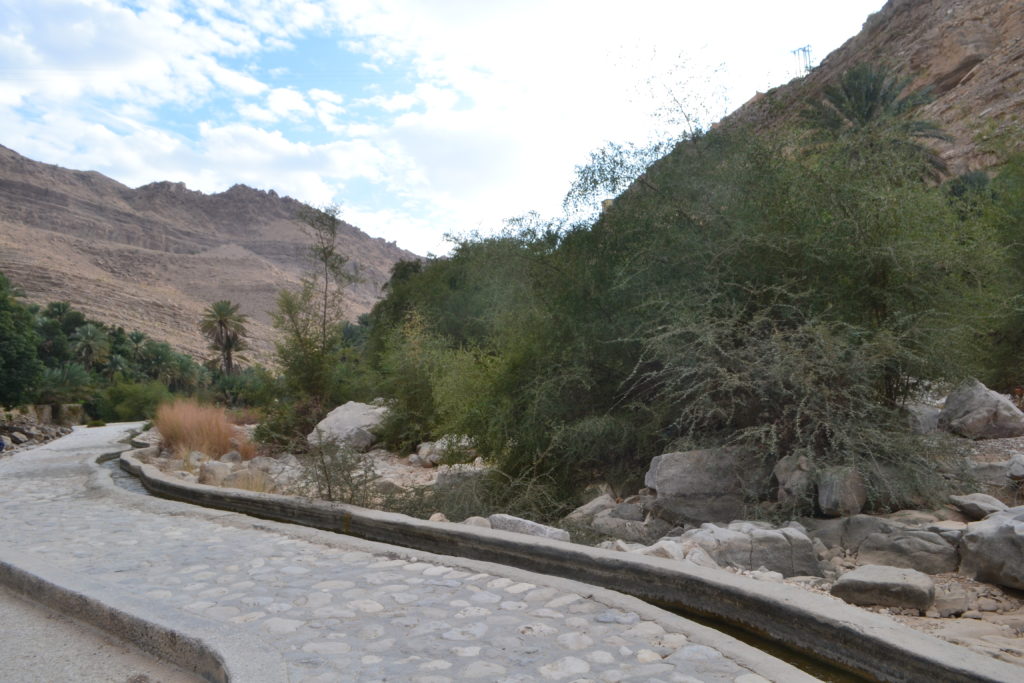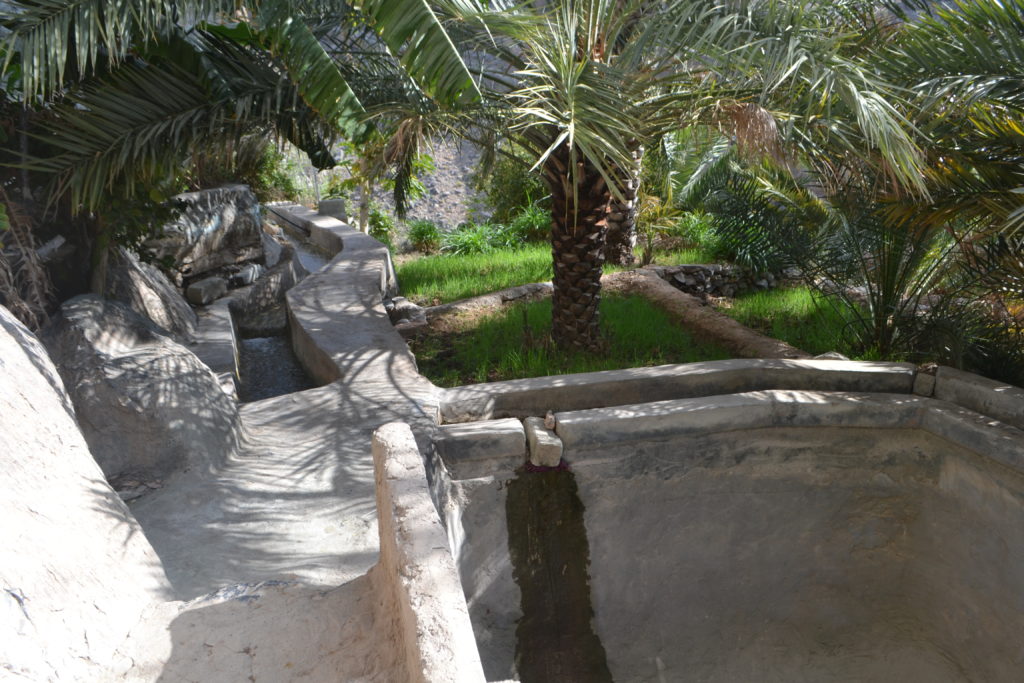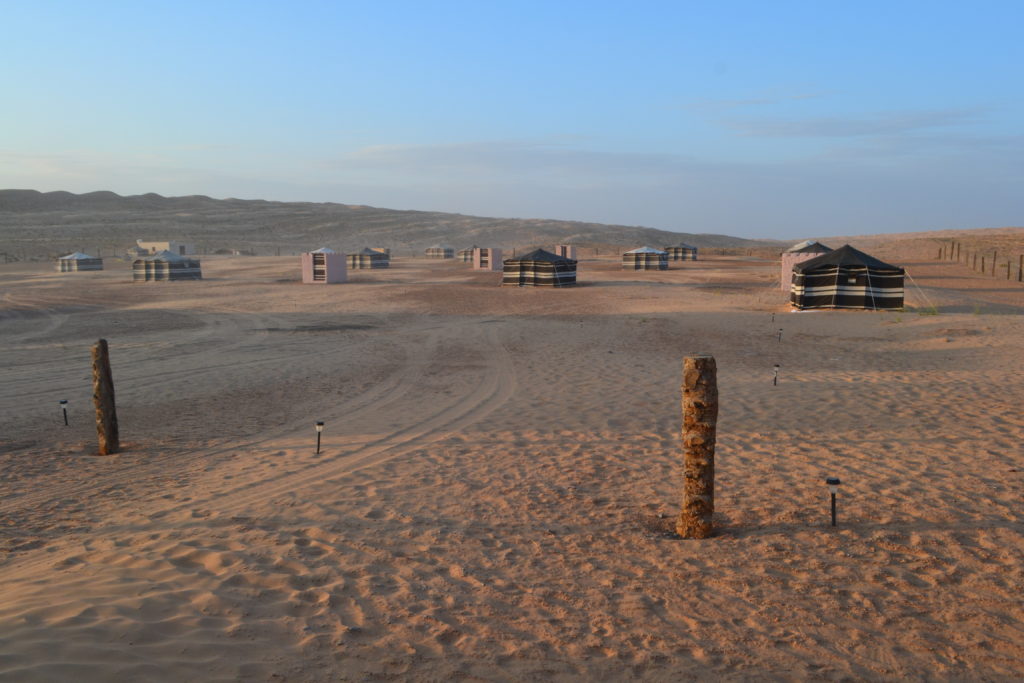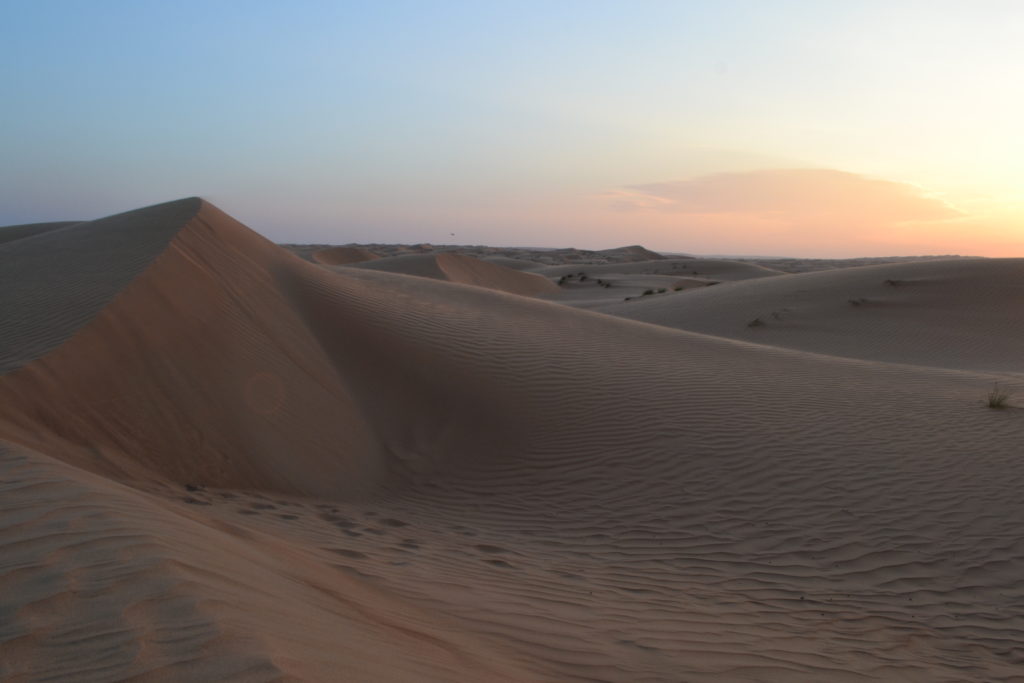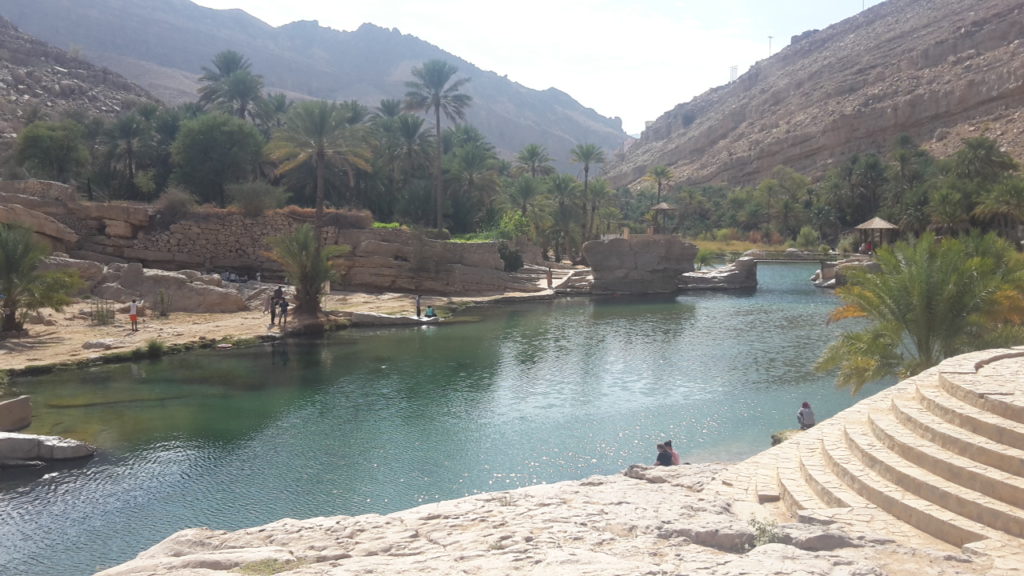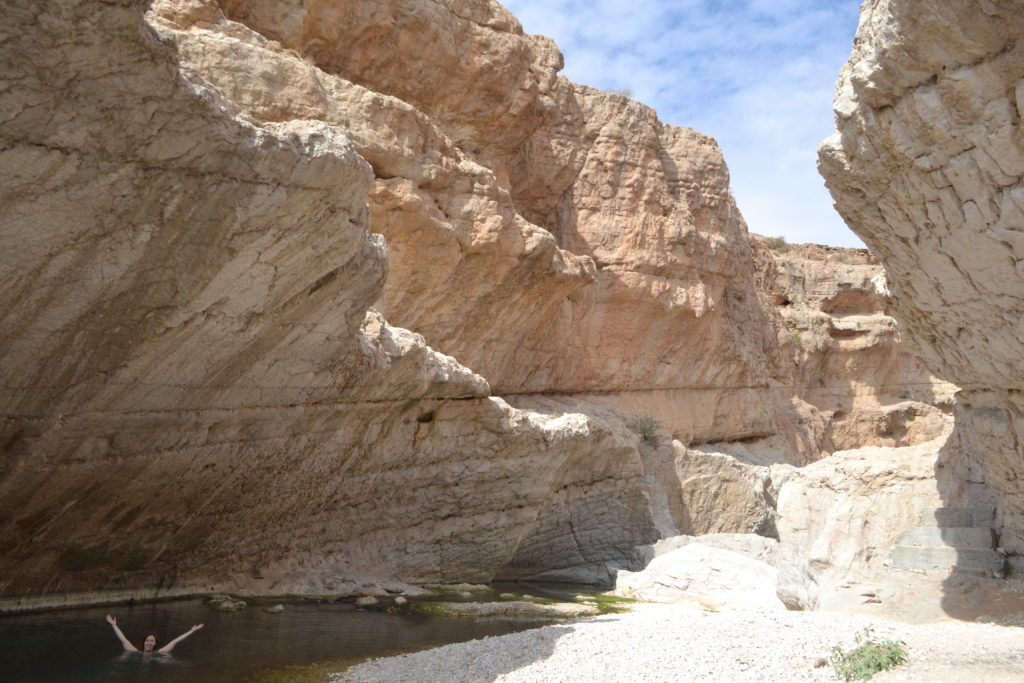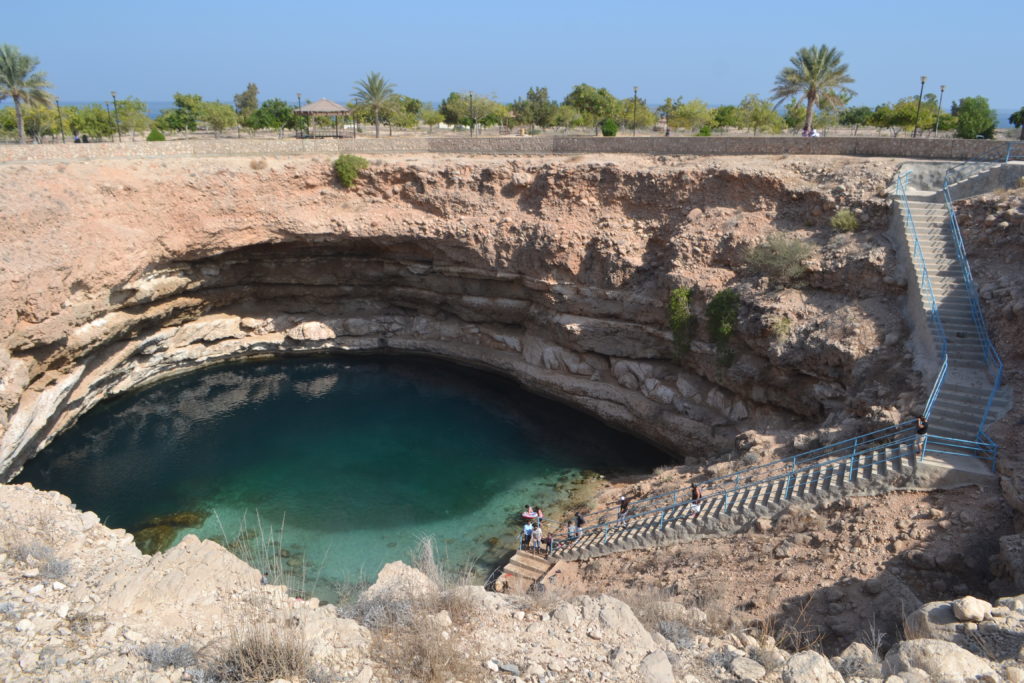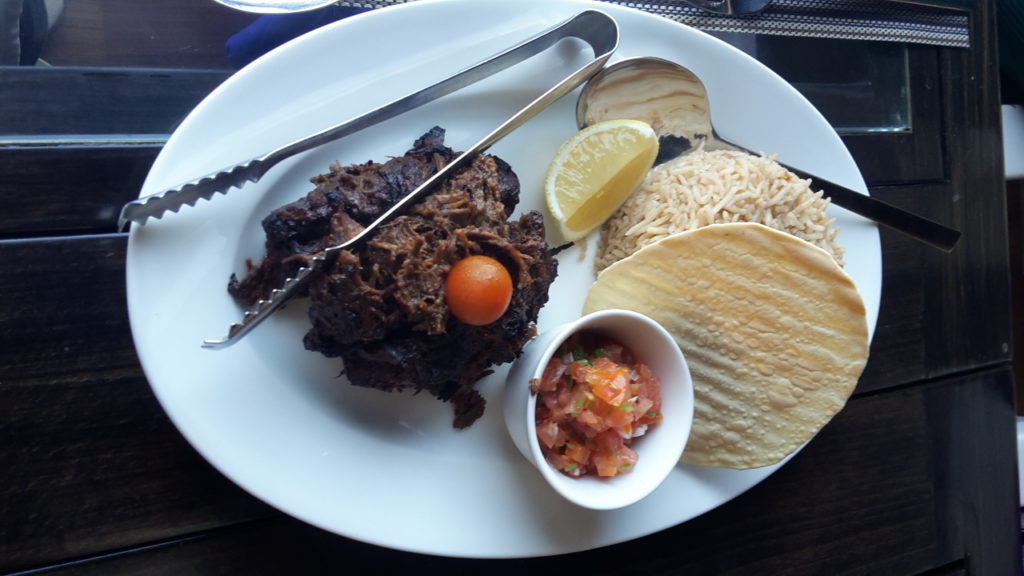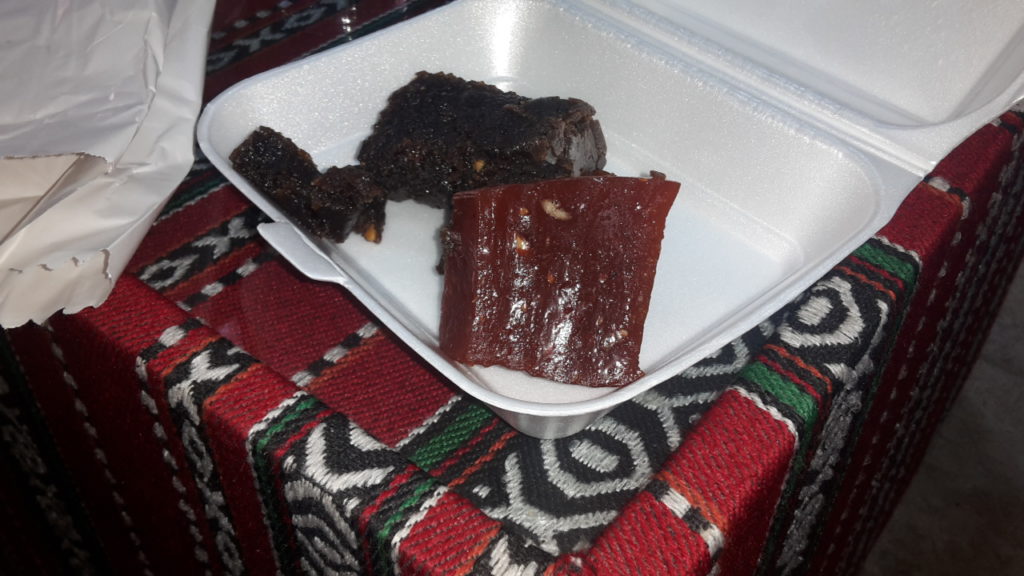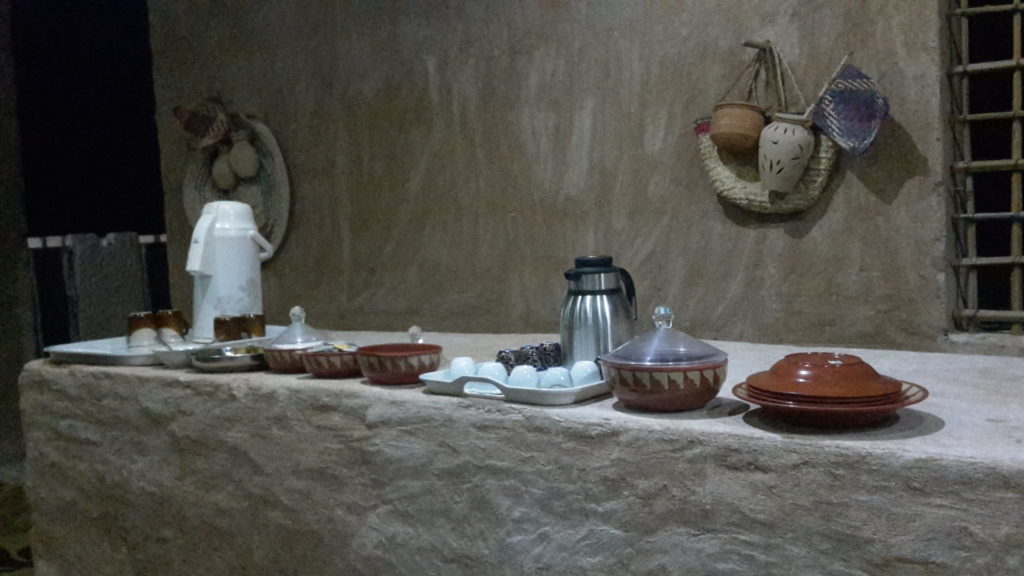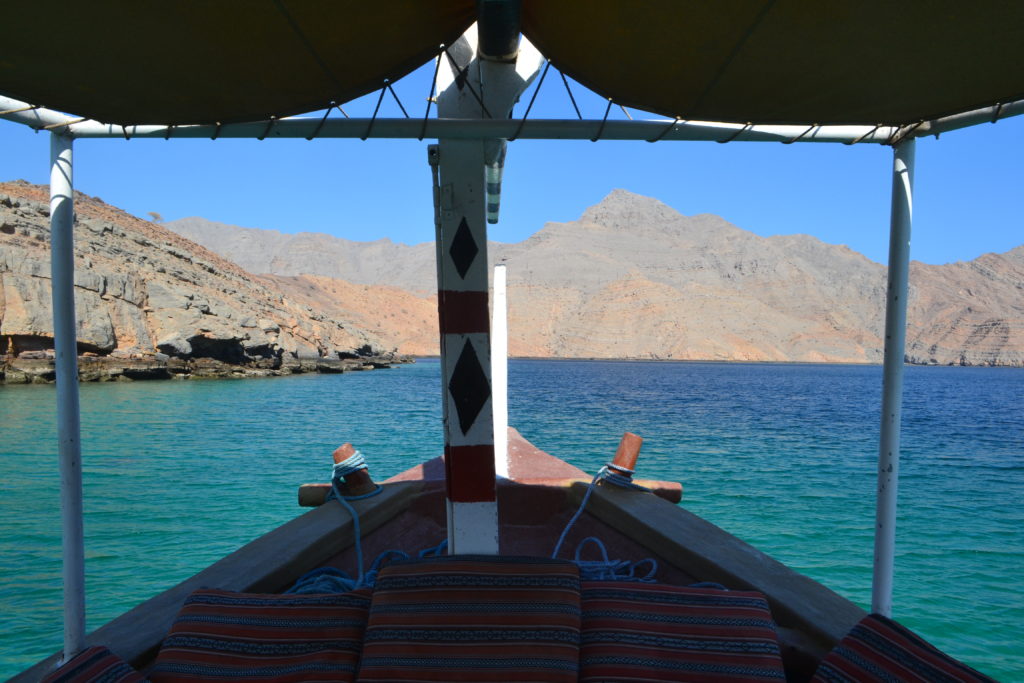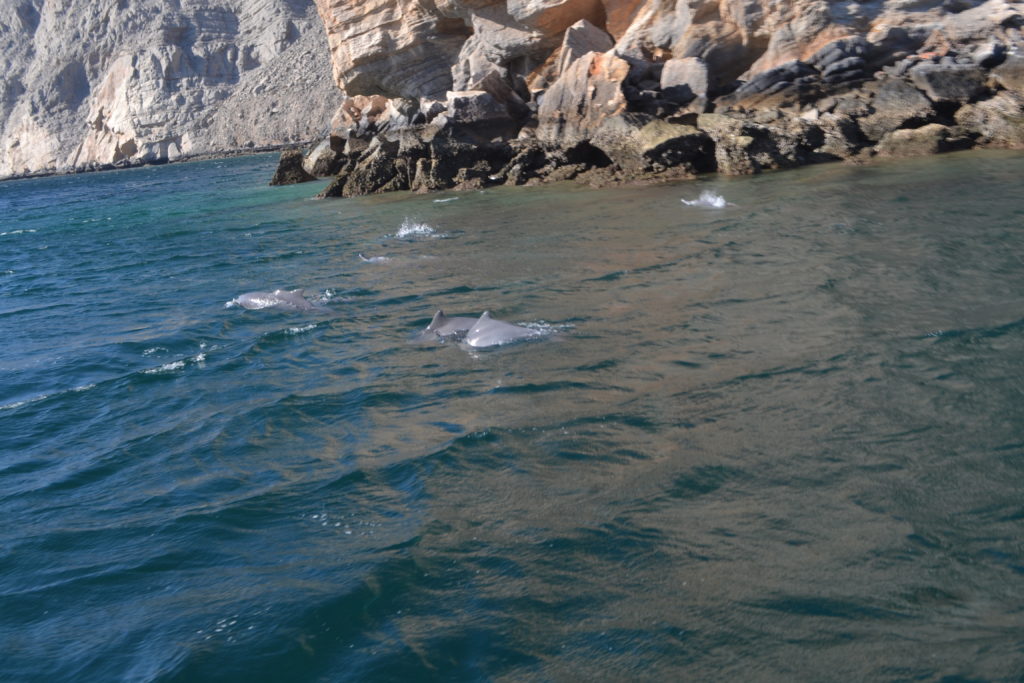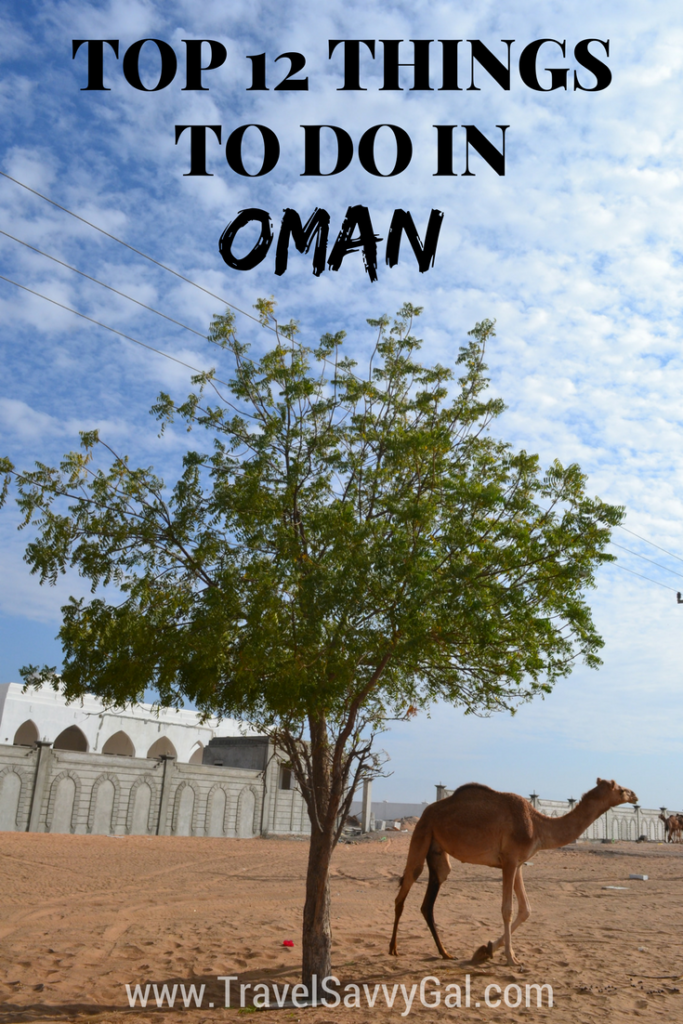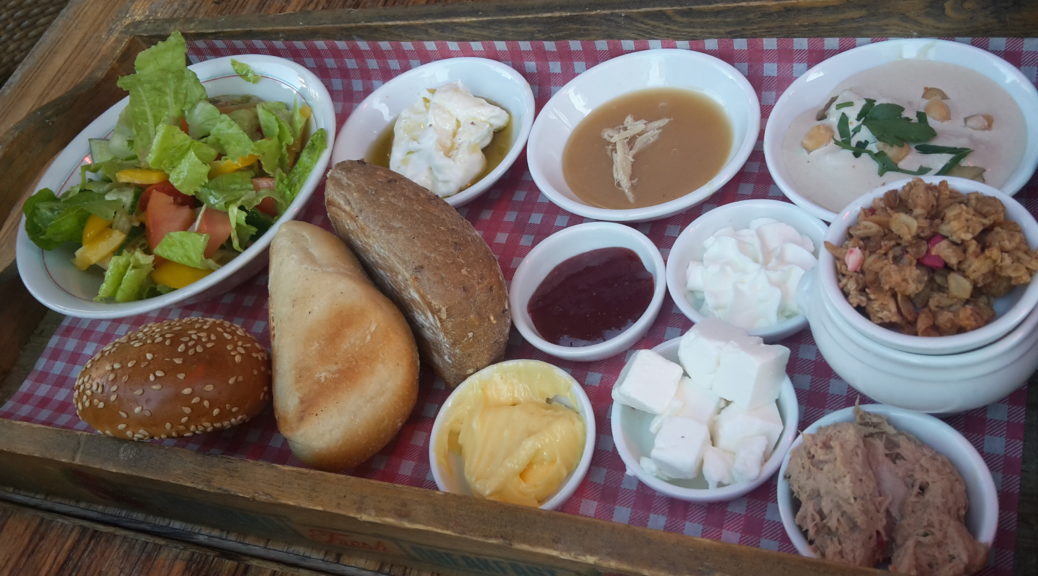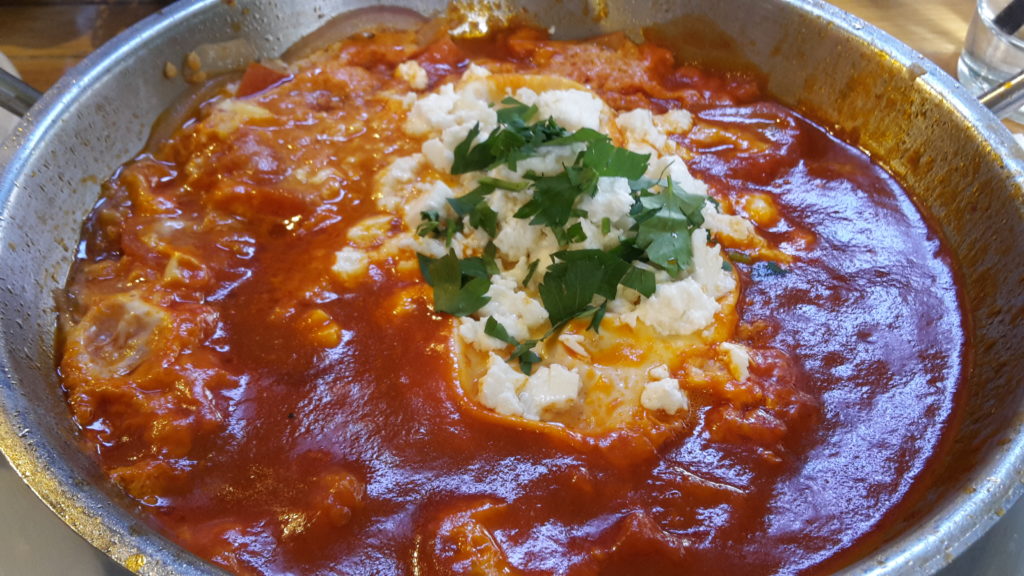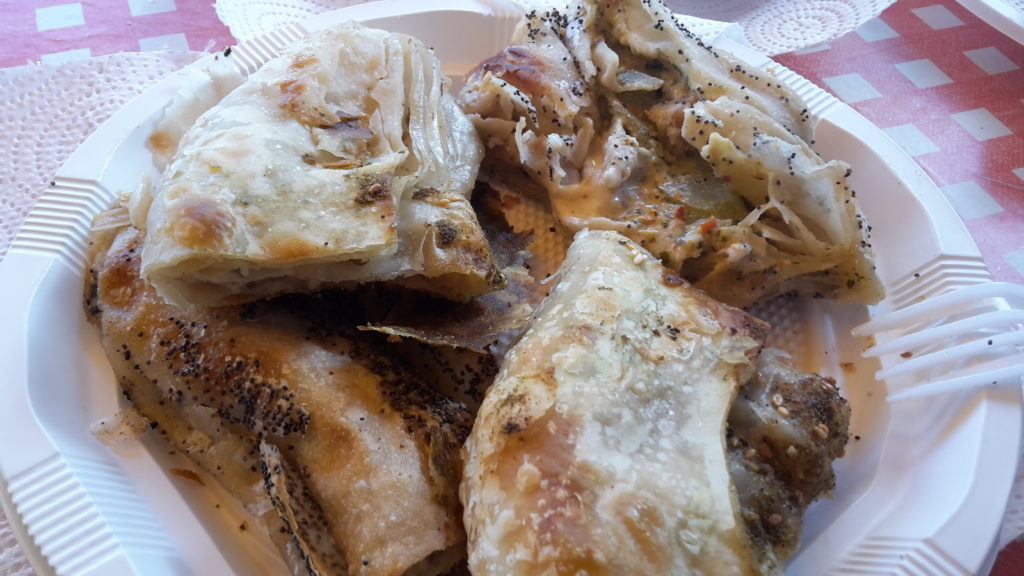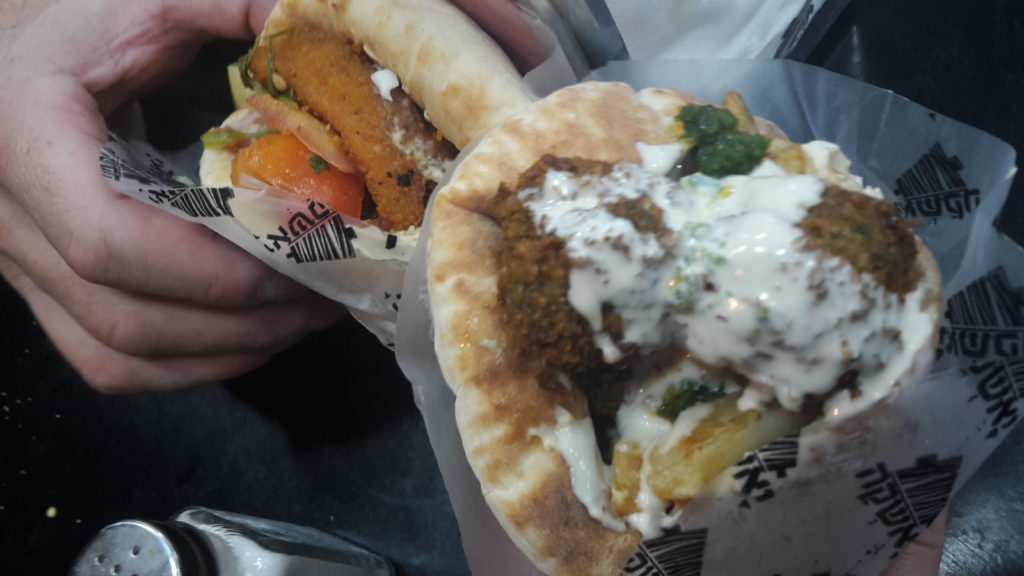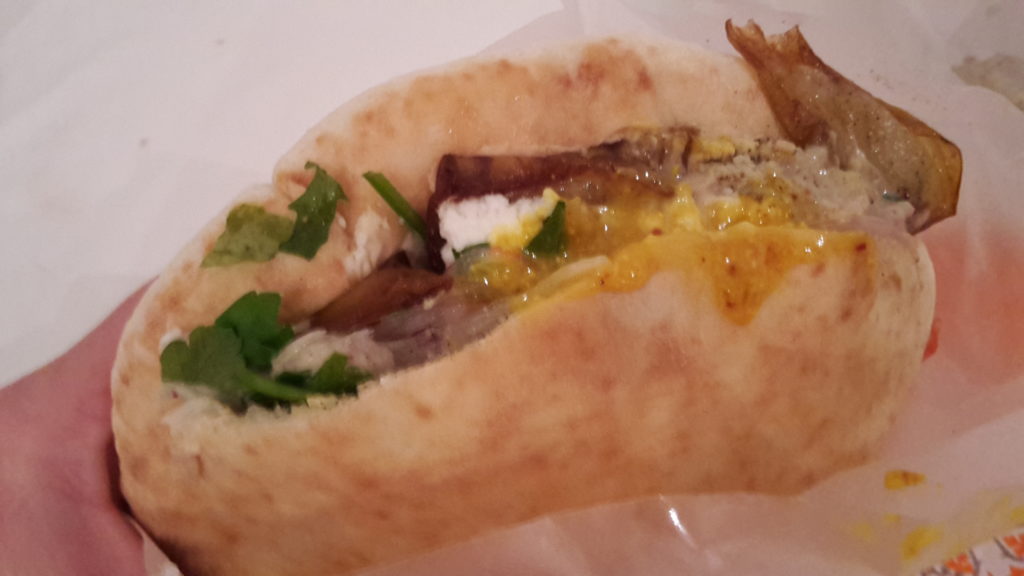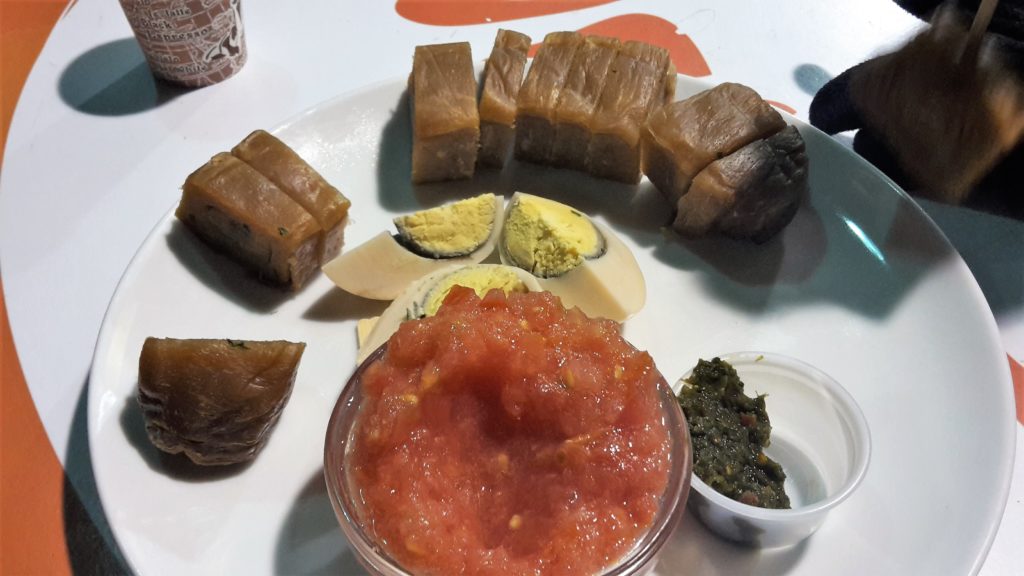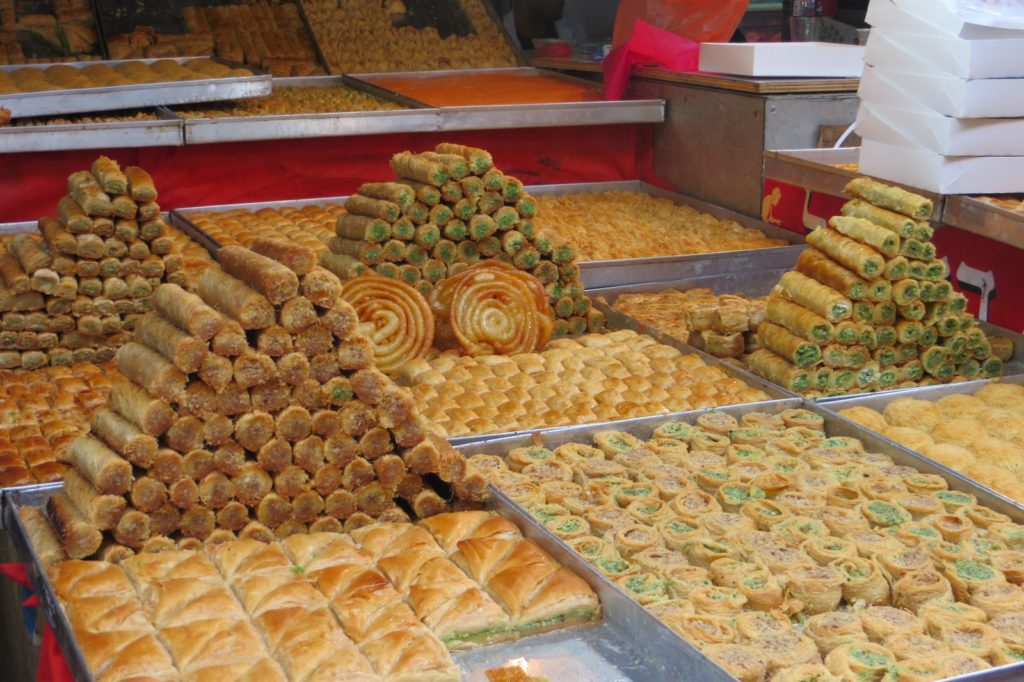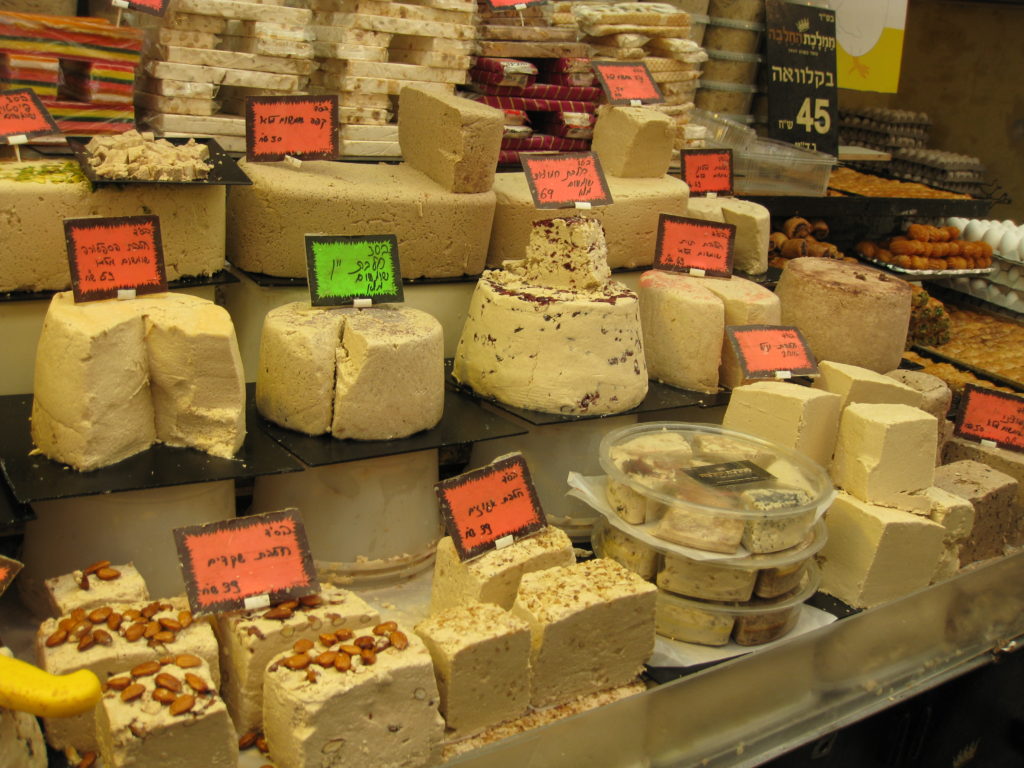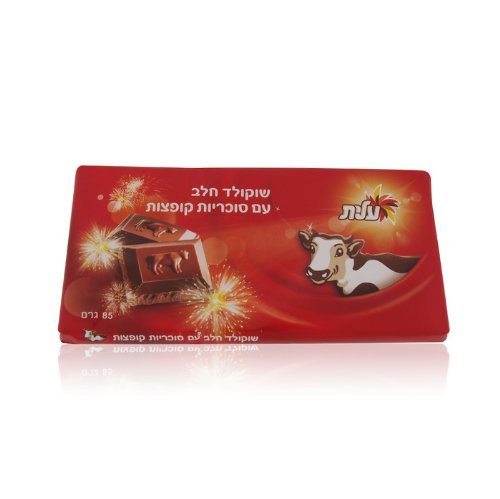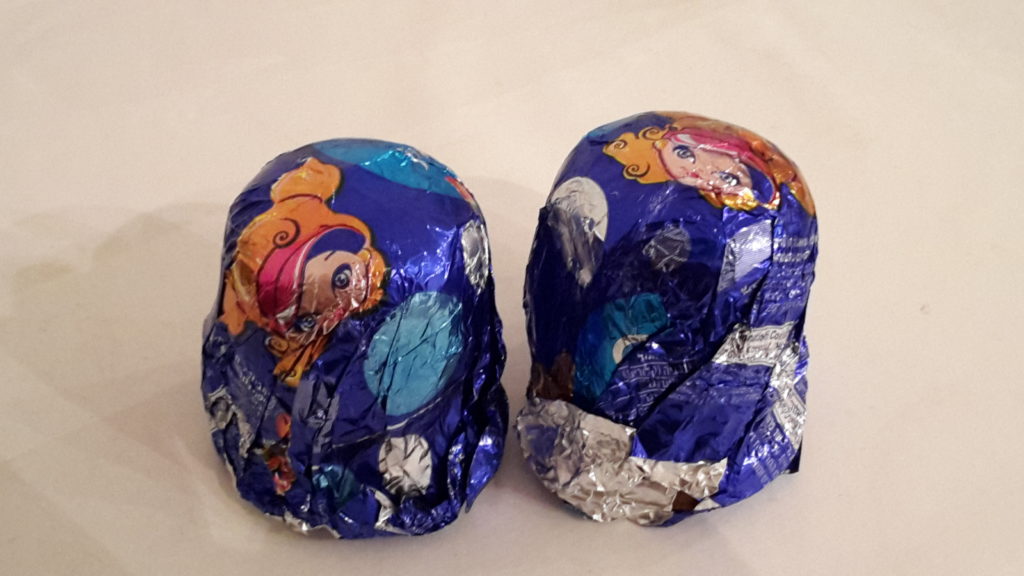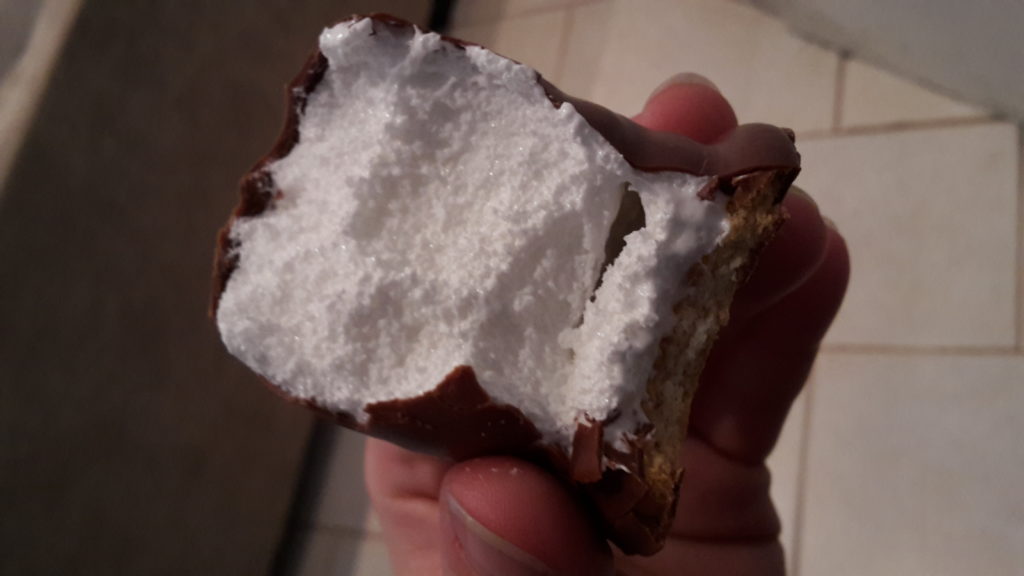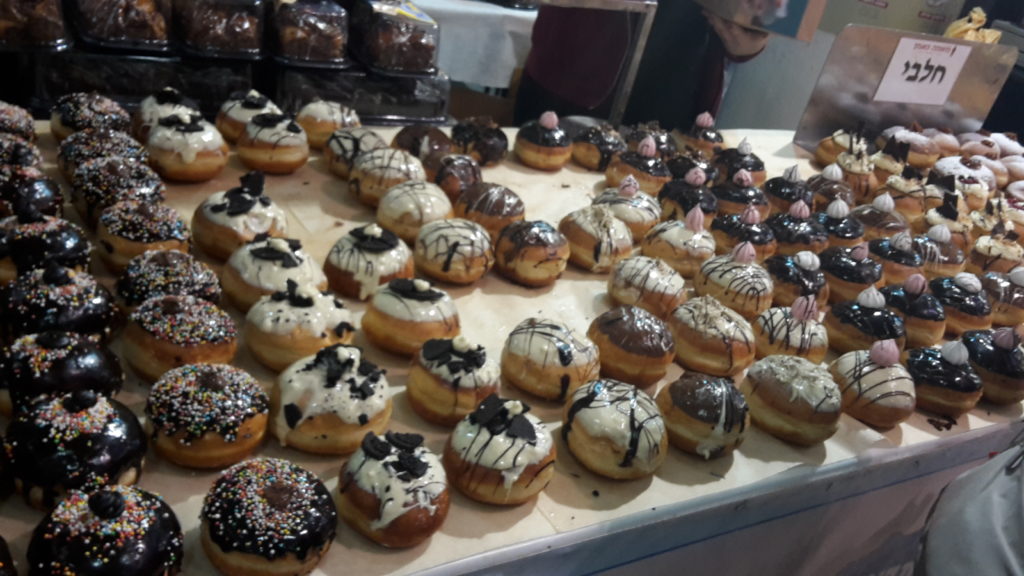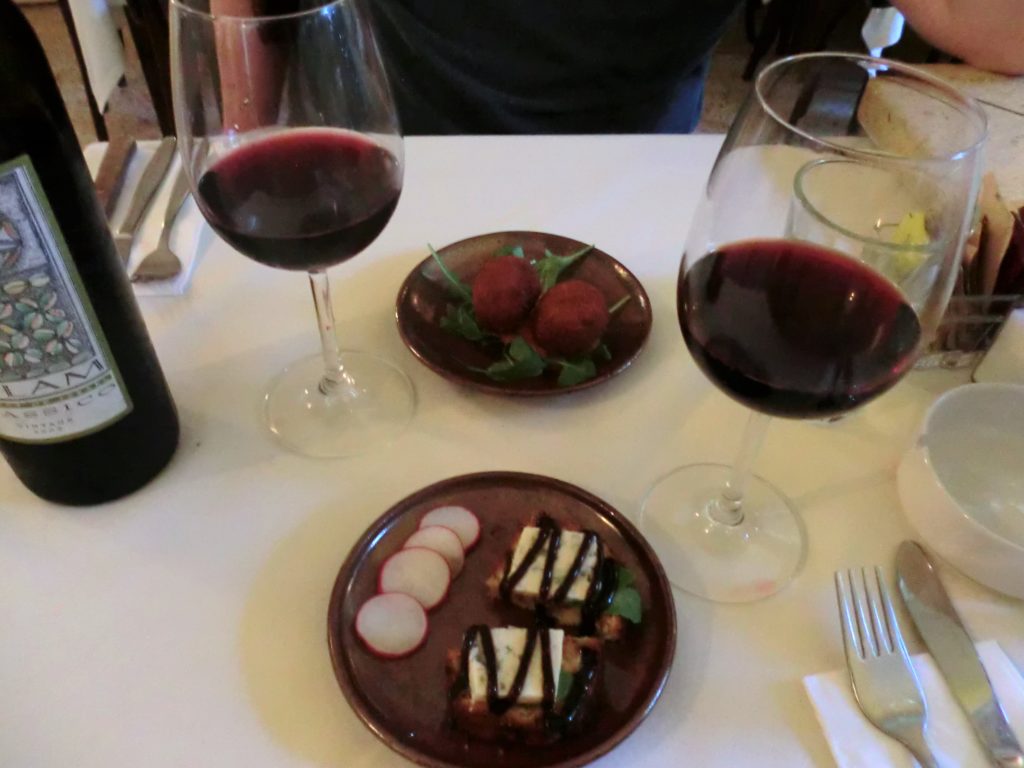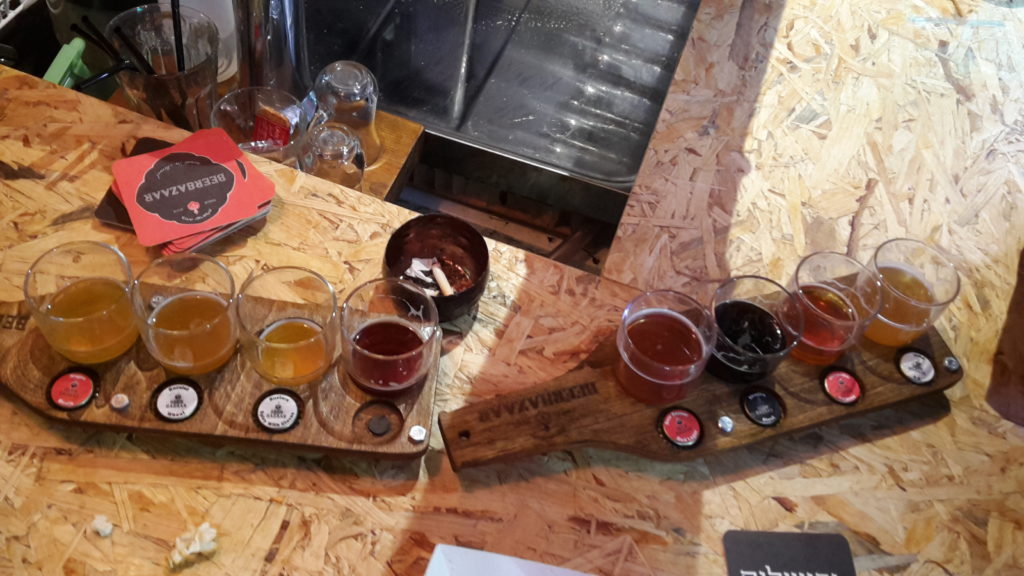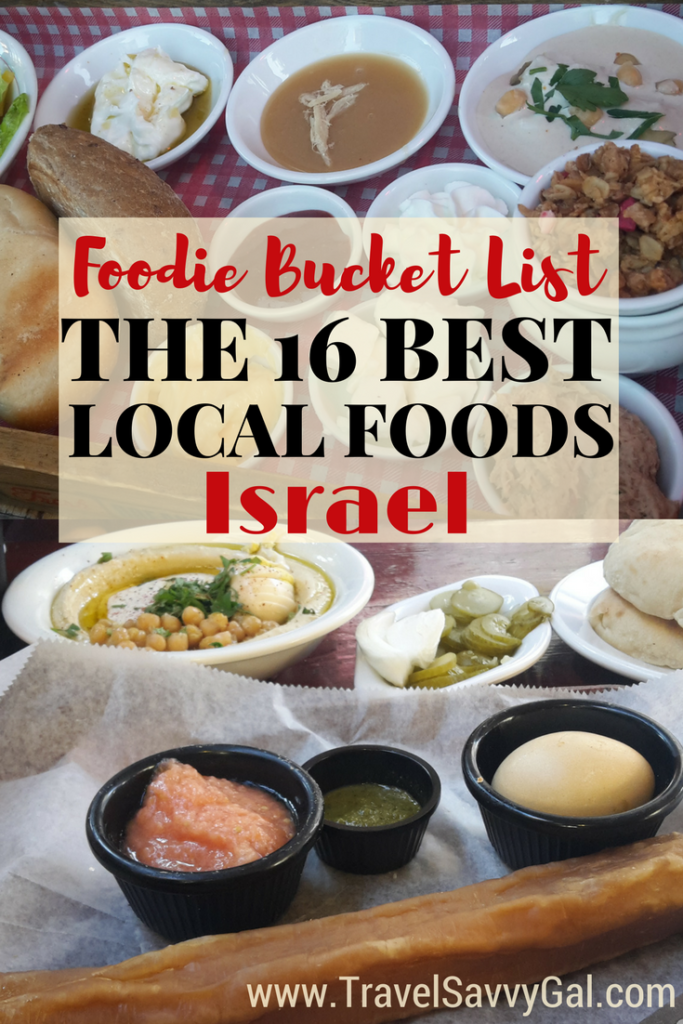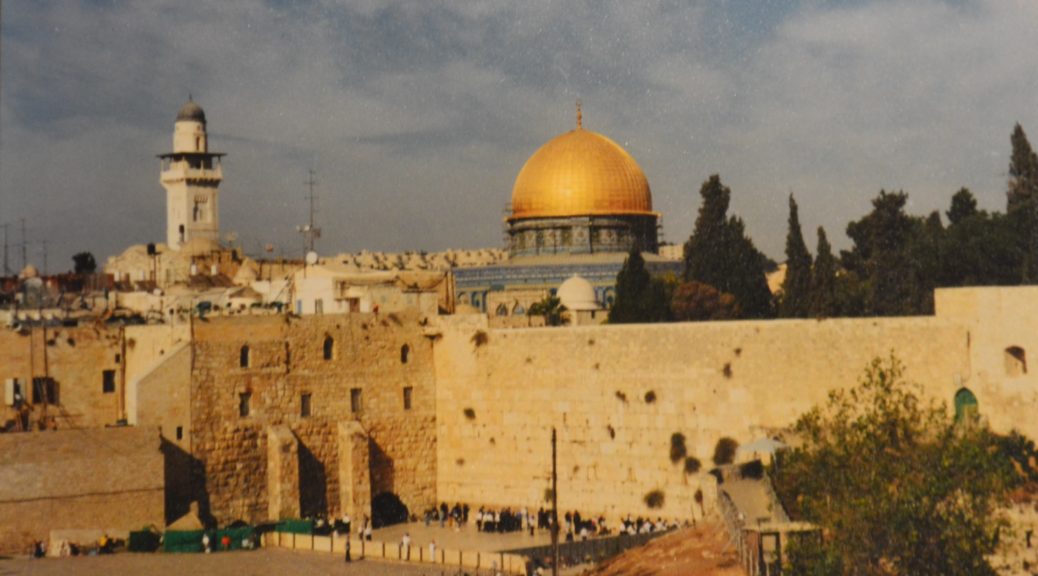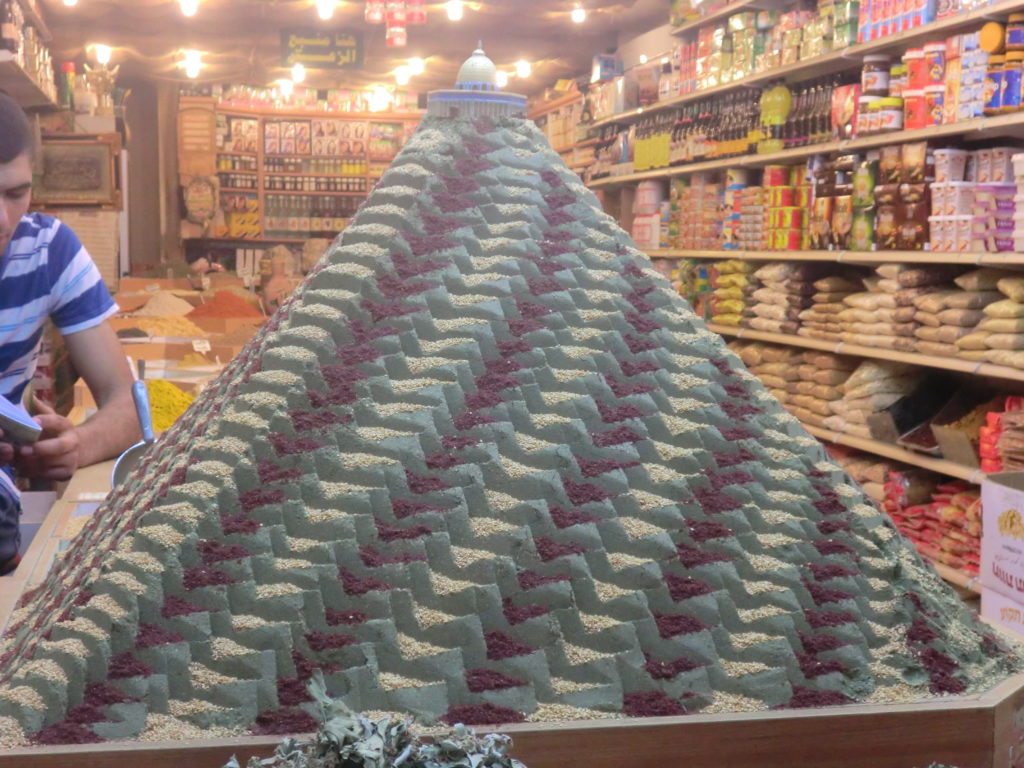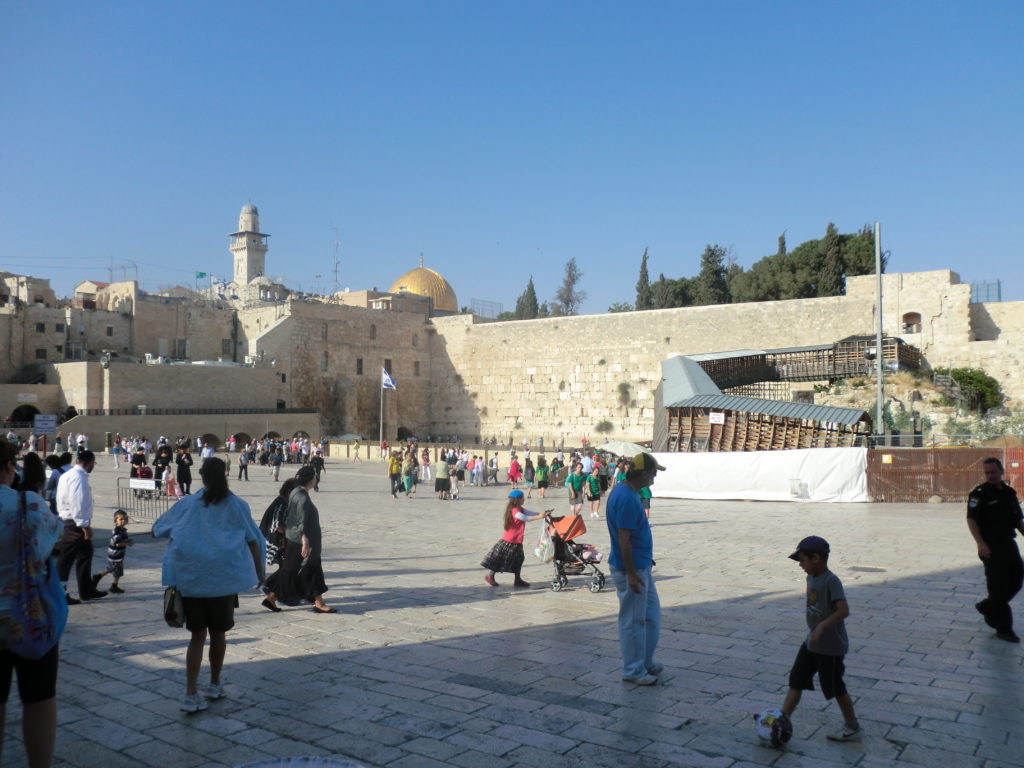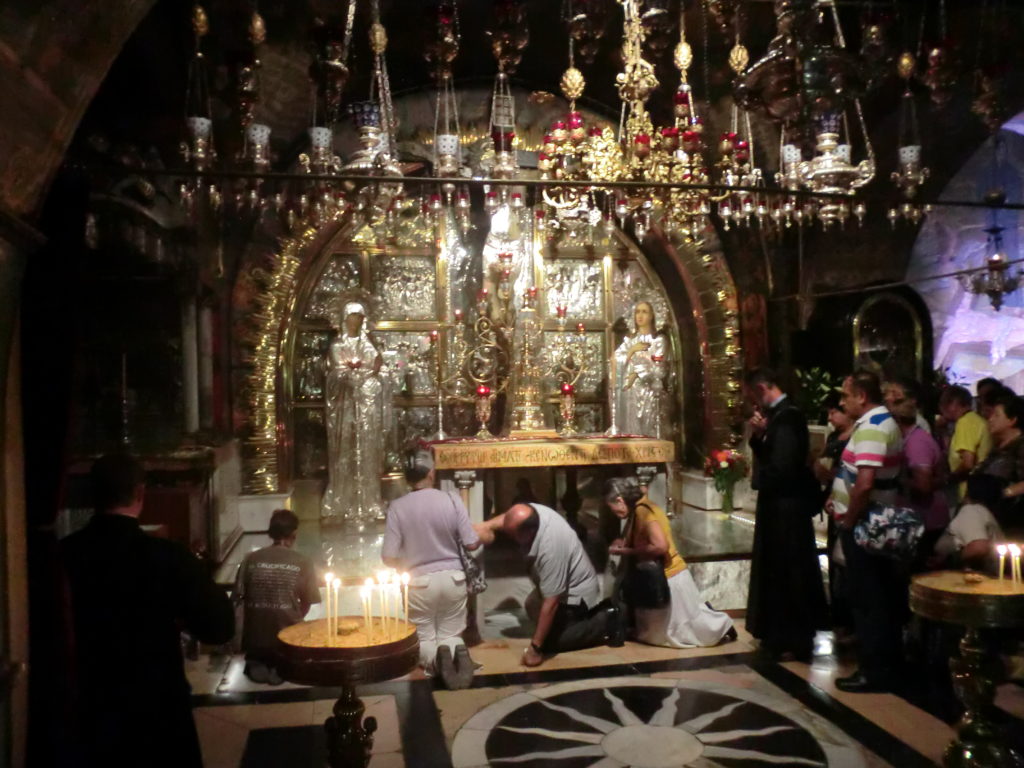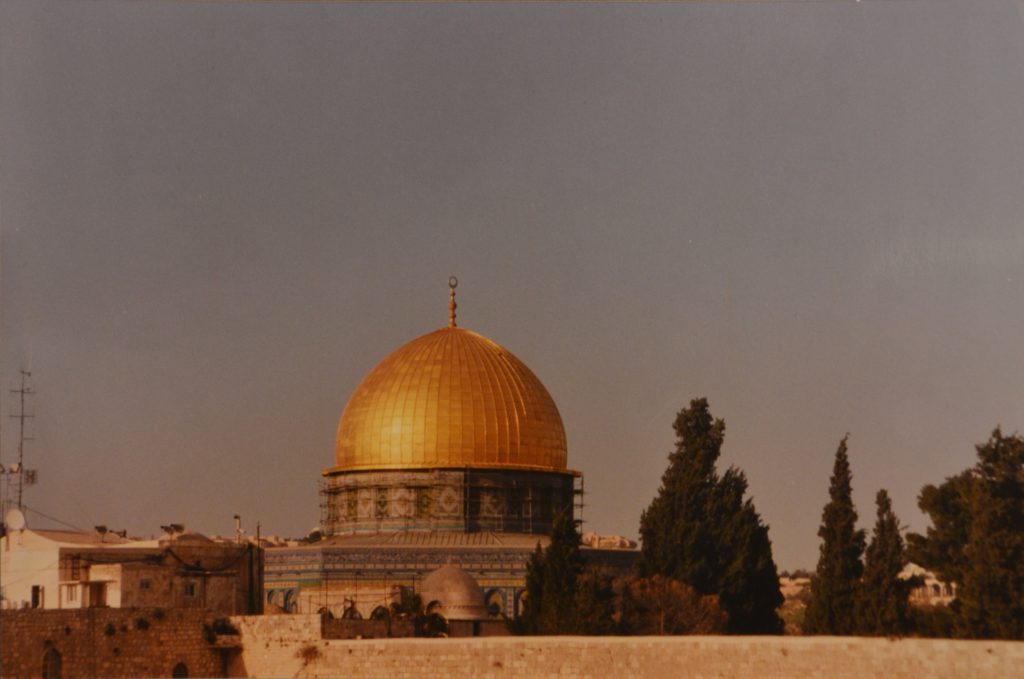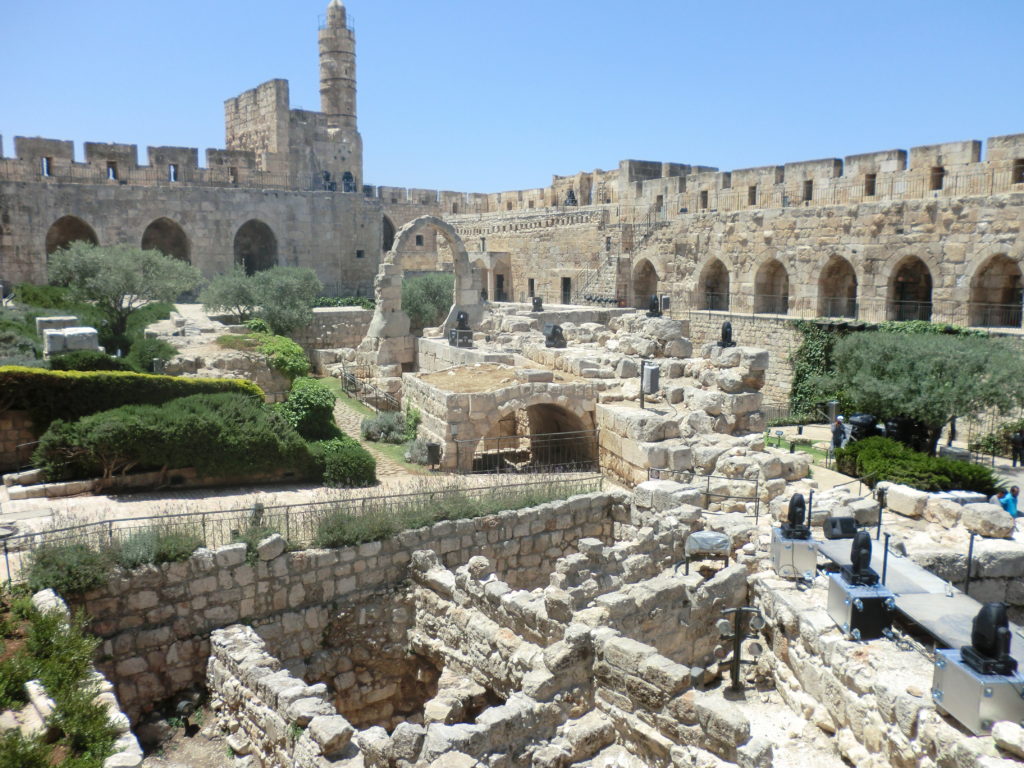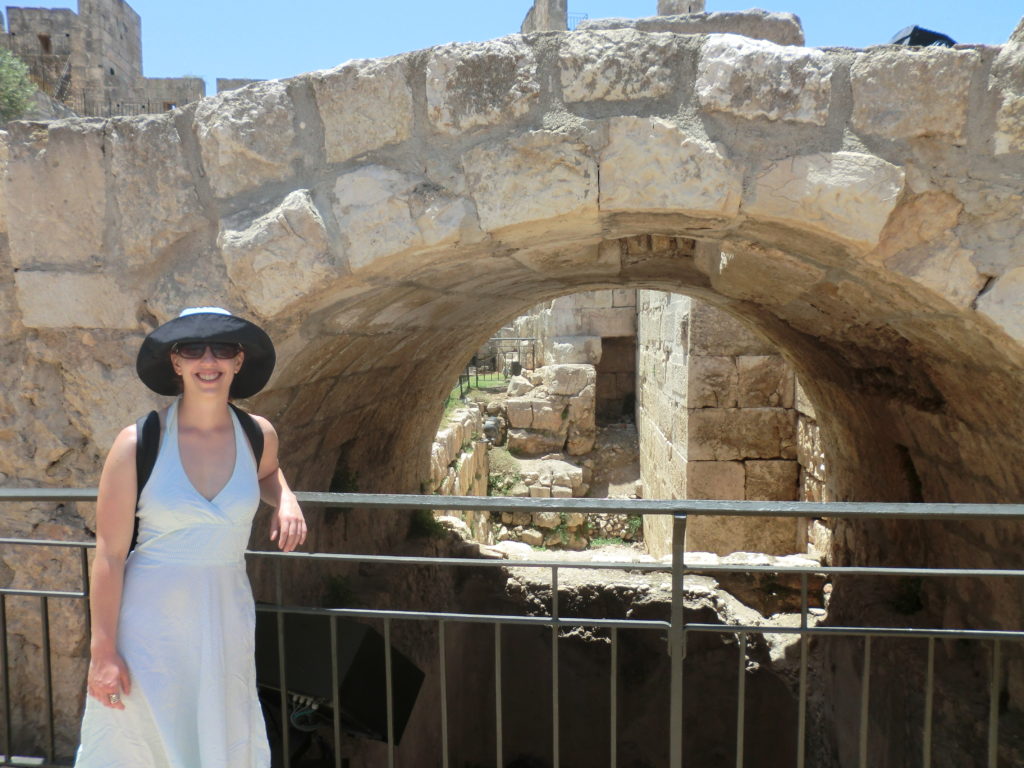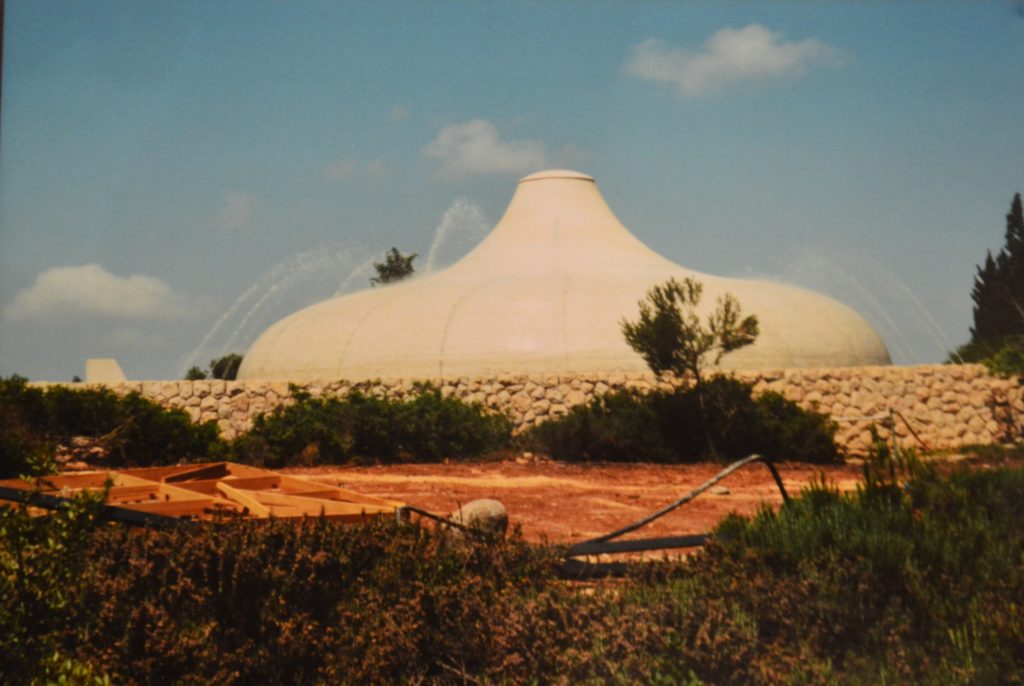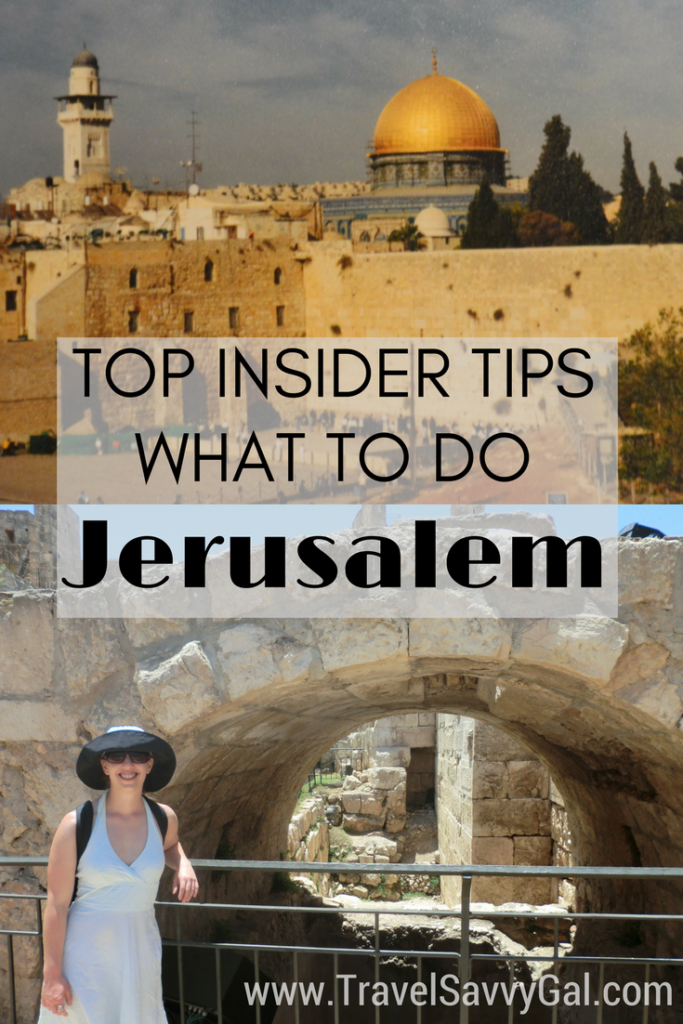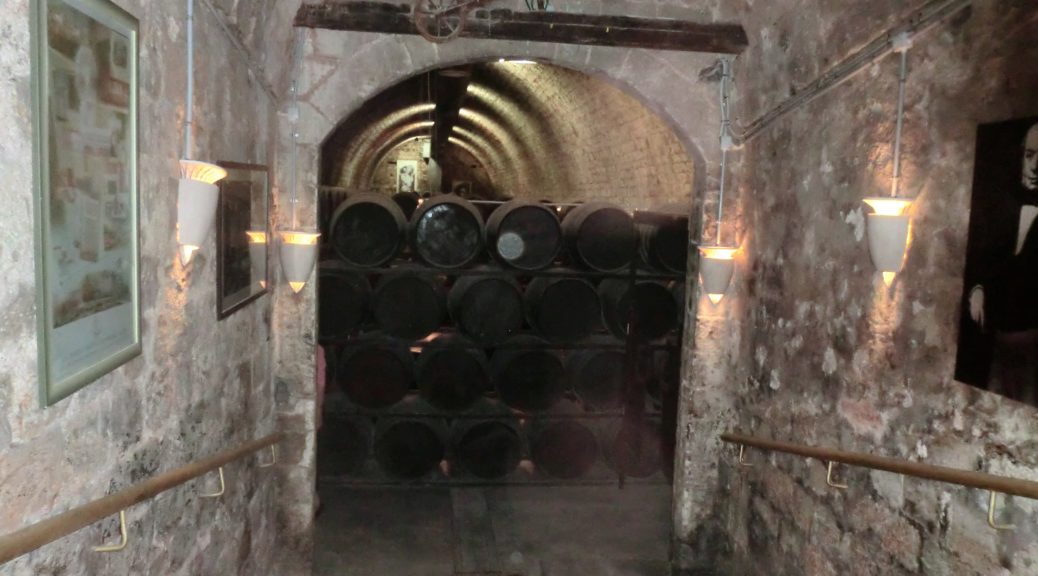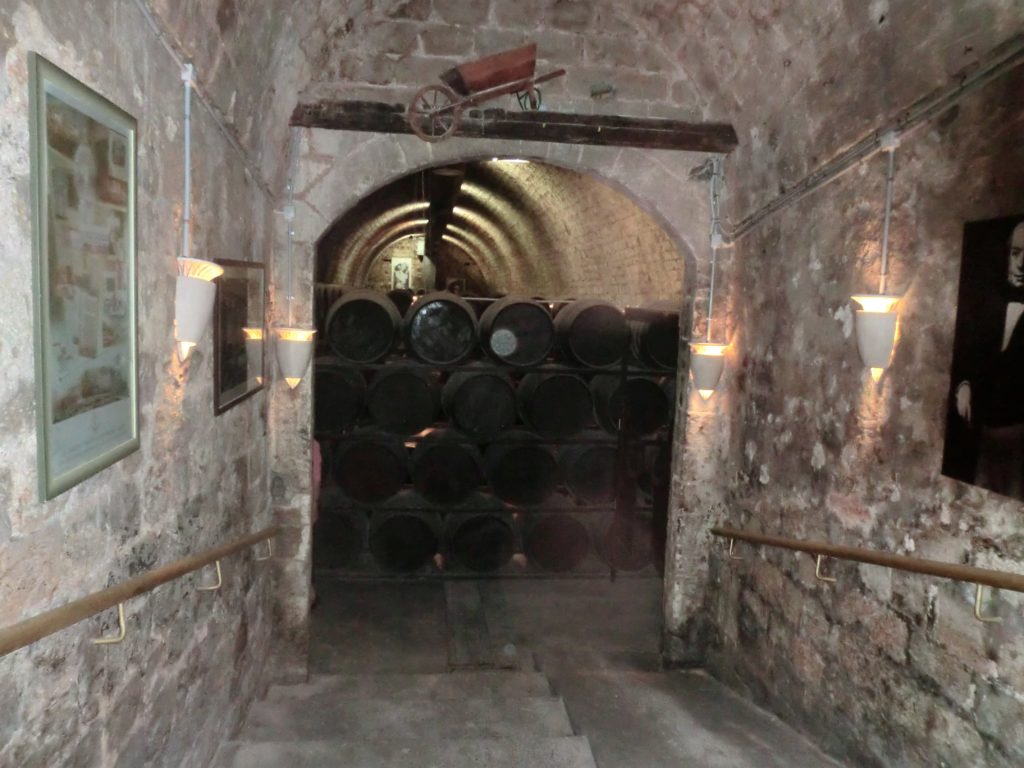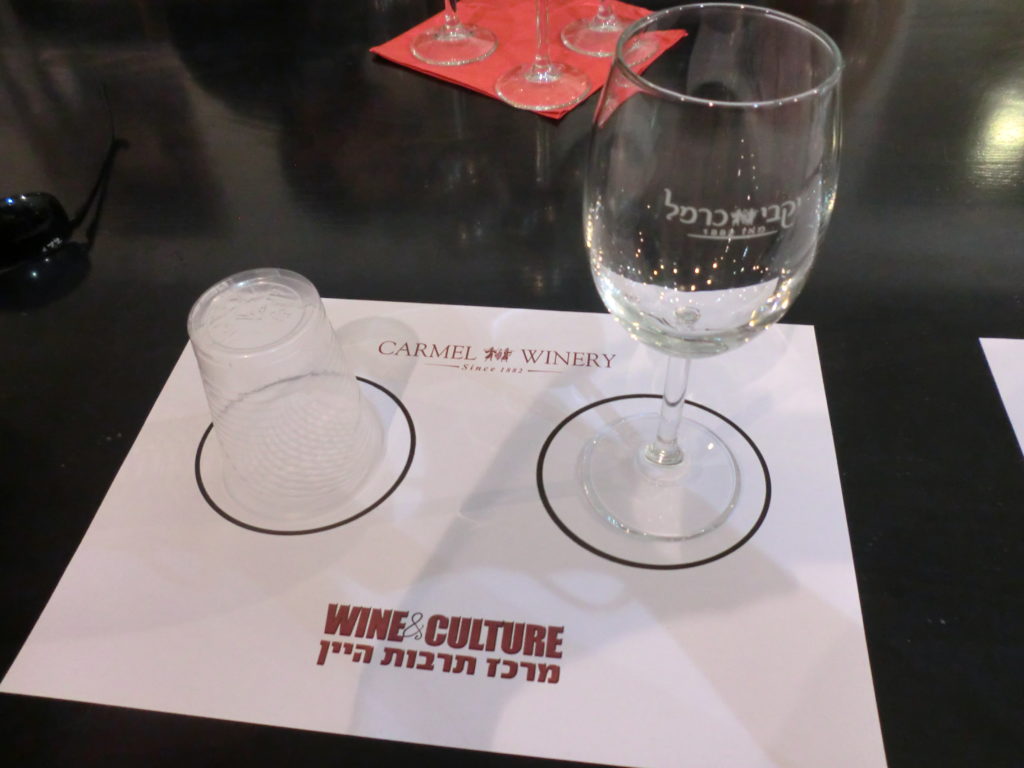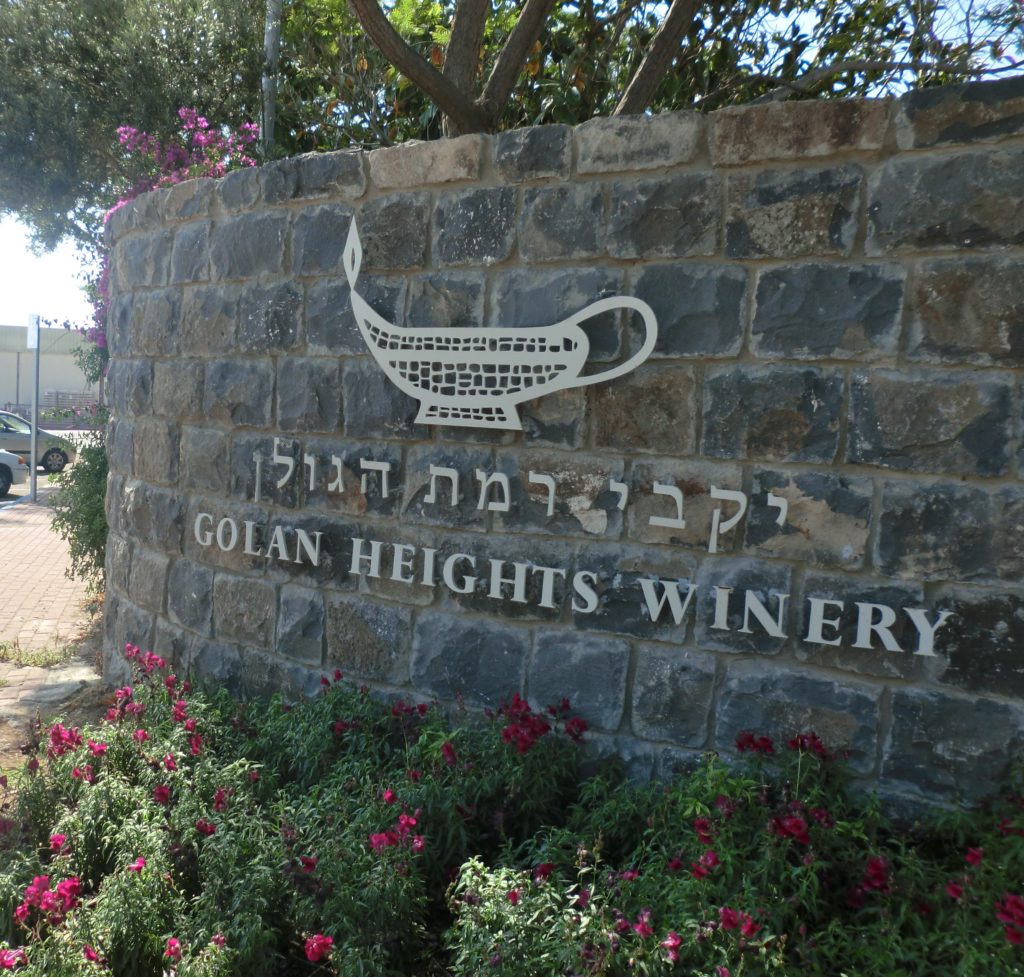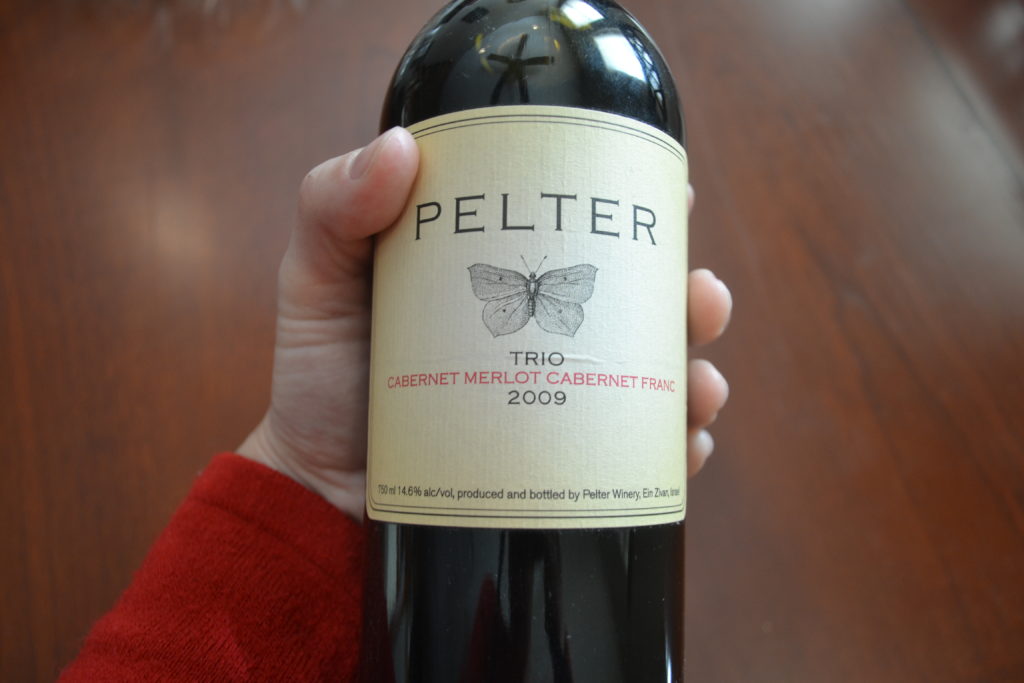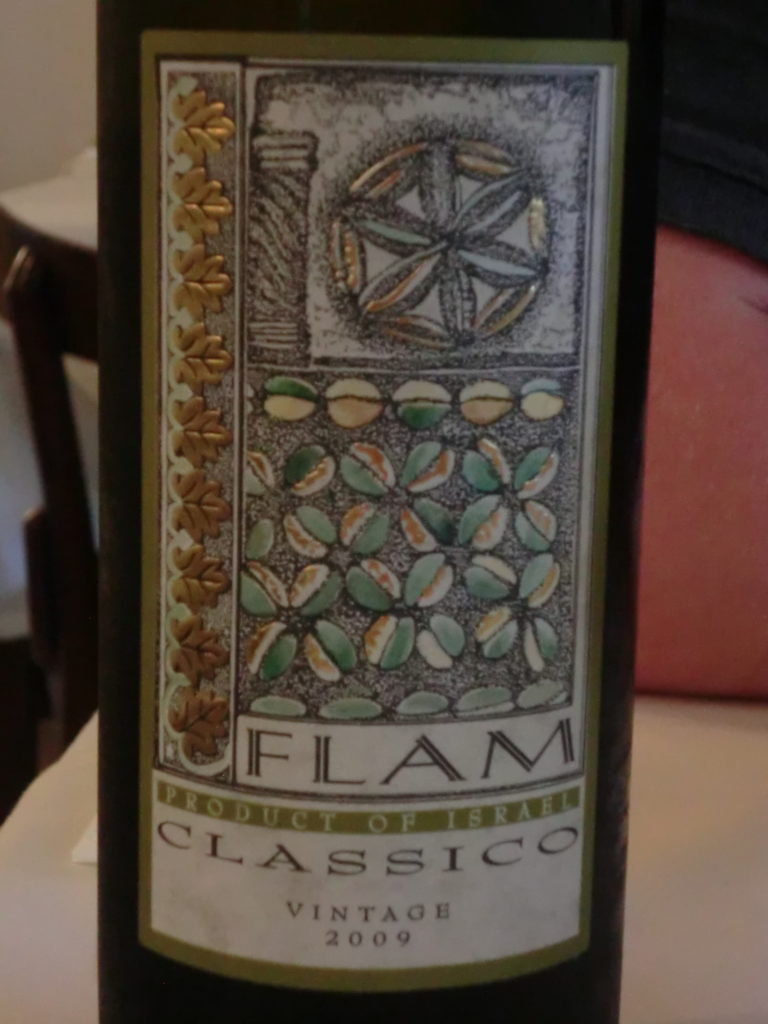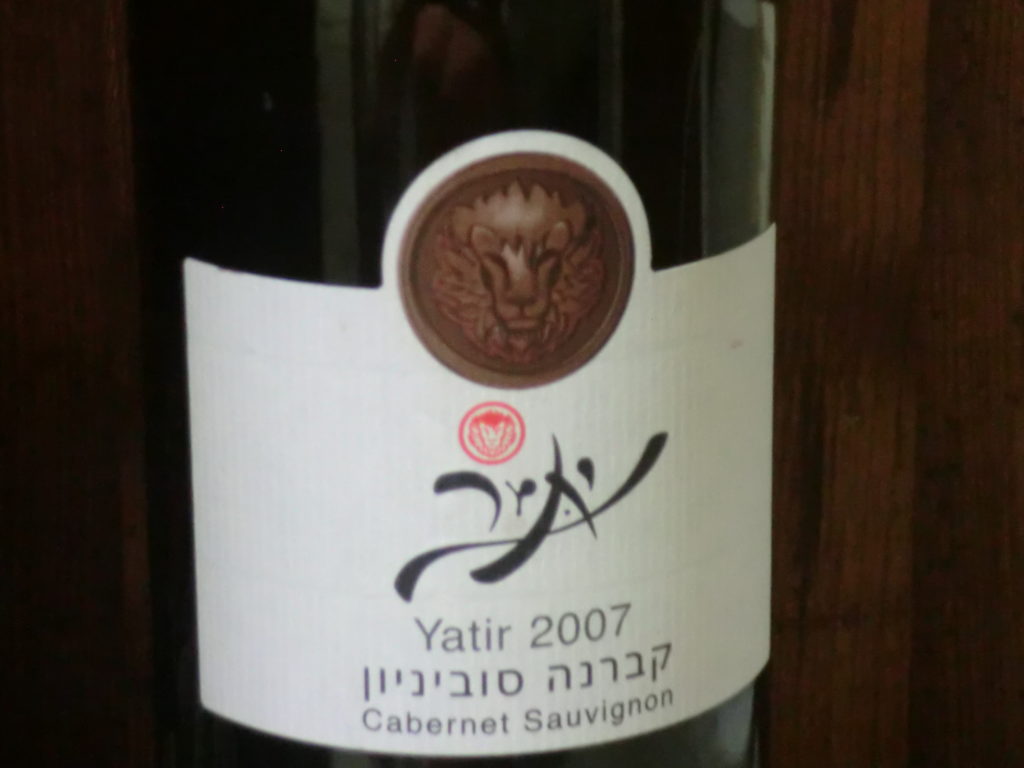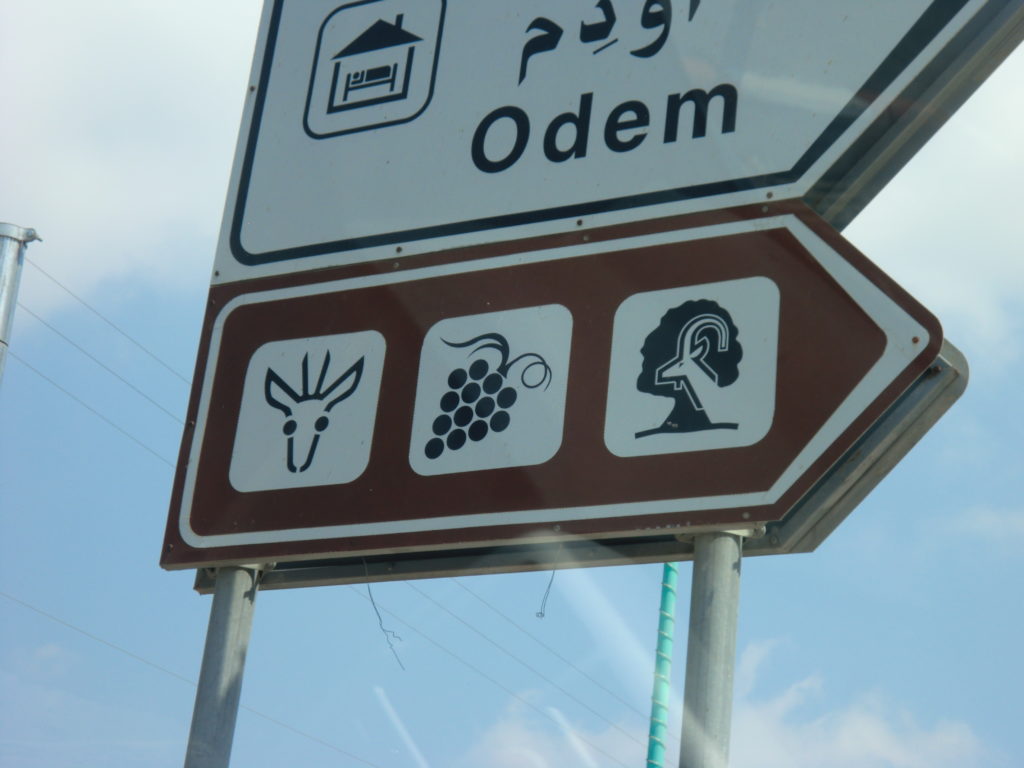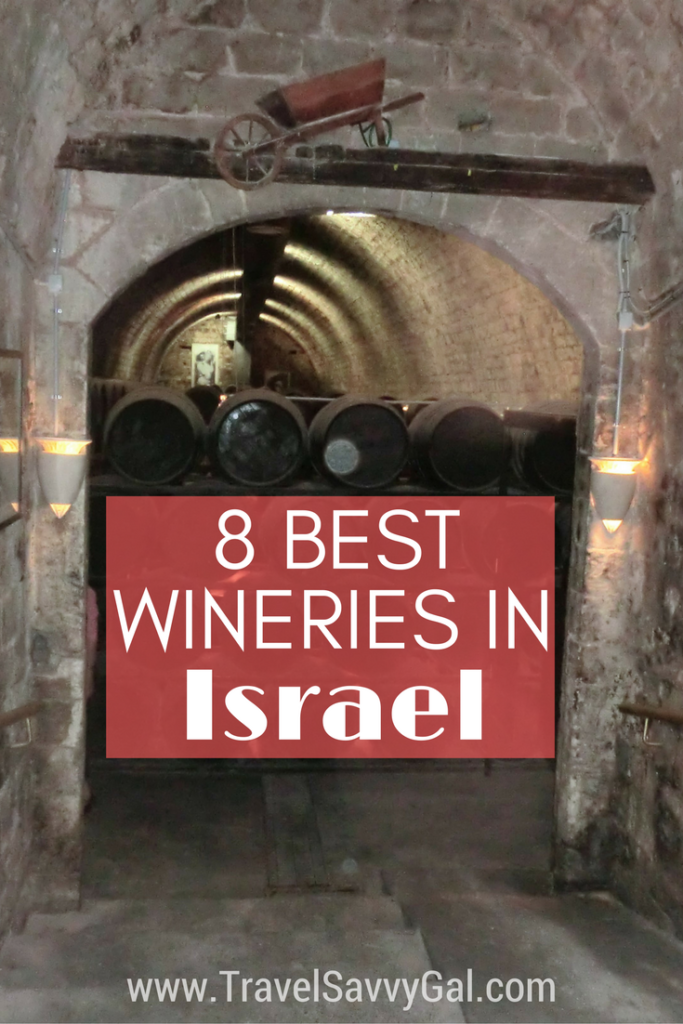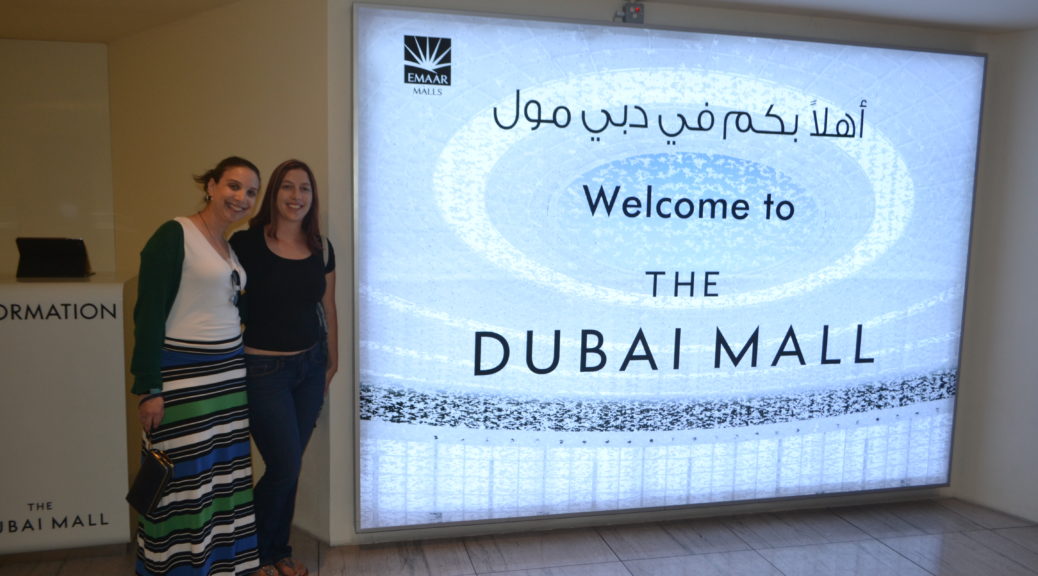
Top 10 Things to See & Do at the Dubai Mall (that aren’t shopping!)
Shopping isn’t exactly my thing, despite my years living in Milan, so you may be wondering exactly how I ended up at the Dubai Mall as my first stop in the UAE.
Arriving from Oman, after a week-long (and very hospitable time) on a road trip with my sister, she was in charge of picking our first destinations. We had already lined up a trip for the next day, so it would be our time to explore Dubai together before she flew home.
I had an extra day before I would be leaving, so I deferred to my sister. And the spot she wanted to check out most was the Dubai Mall.
When I entered the Dubai Mall, it certainly felt initially like walking into any of the many shopping malls I’ve visited around the world. But it didn’t take long to realize that it was in fact a giant building filled with art and activities to create wonder, and you never knew what surprise would be around the next turn.
The word ‘mall’ has many connotations for me – and let’s be real, most of them involve shopping!
Yet somehow other than buying food and paying for activities, neither of us managed to make any purchases in our nearly 10 hours at the mall.
Basically, the Dubai Mall is what you would get if you had a team of very creative people design a space that would make you keep wandering for hours upon hours and never want to leave.
A few of my top ‘Things to See and Do’ listed below were on my radar and others were surprises along the way. Or tips from readers after my first Facebook post after arriving at the mall – thanks!
Here are the things you won’t want to miss:
Things to See and Do
Dubai Aquarium and Underwater Zoo
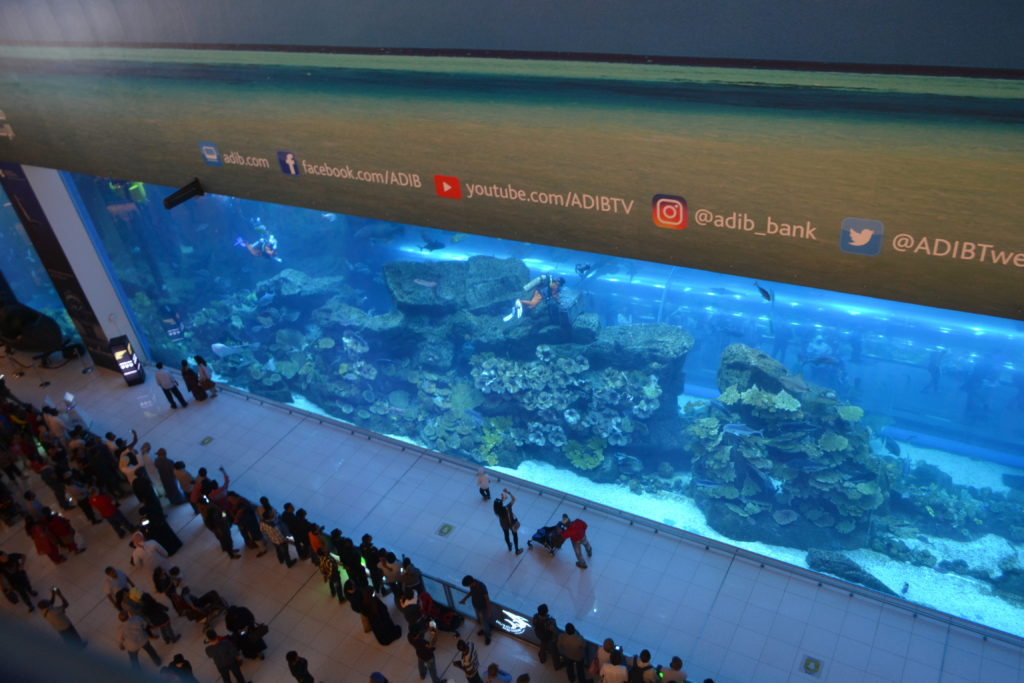
Yes, there is one of the world’s largest Aquarium’s located *inside* of the Dubai Mall.
Even if you’re not planning to go inside (we didn’t), there is a giant observation tank spanning several levels of the mall, open for anyone to see. It is listed on mall signs, and you’ll also notice if you walk nearby by the huge crowds watching the marine life inside.
The Aquarium has a ton to offer, including the ability to do a Shark Dive or Cage Snorkel inside the tank – check out the section of the above link on ‘Aquatic Experiences.’
Waterfall
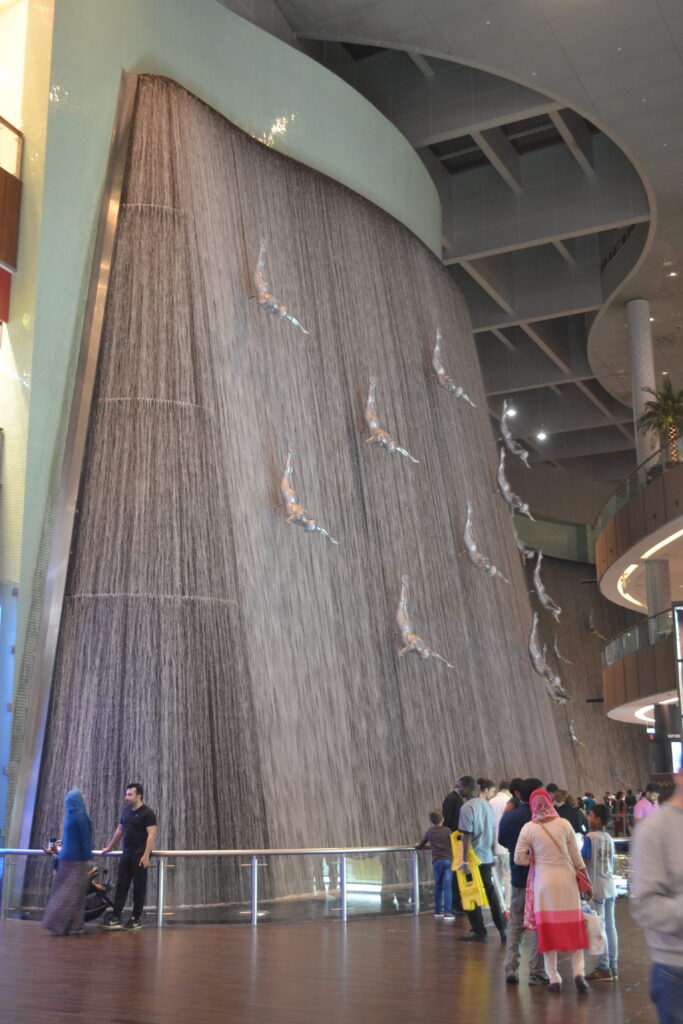
Sure, you say, you’ve seen waterfalls before. Out in nature, and possibly even inside of other shopping malls.
But this waterfall is massive, and probably has something you haven’t seen before – human figures diving inside the water. The combination of natural features and crafted art makes for an interesting effect as you stare up the full four stories of this creation.
Dinosaur Skeleton: “Dubai Dino”
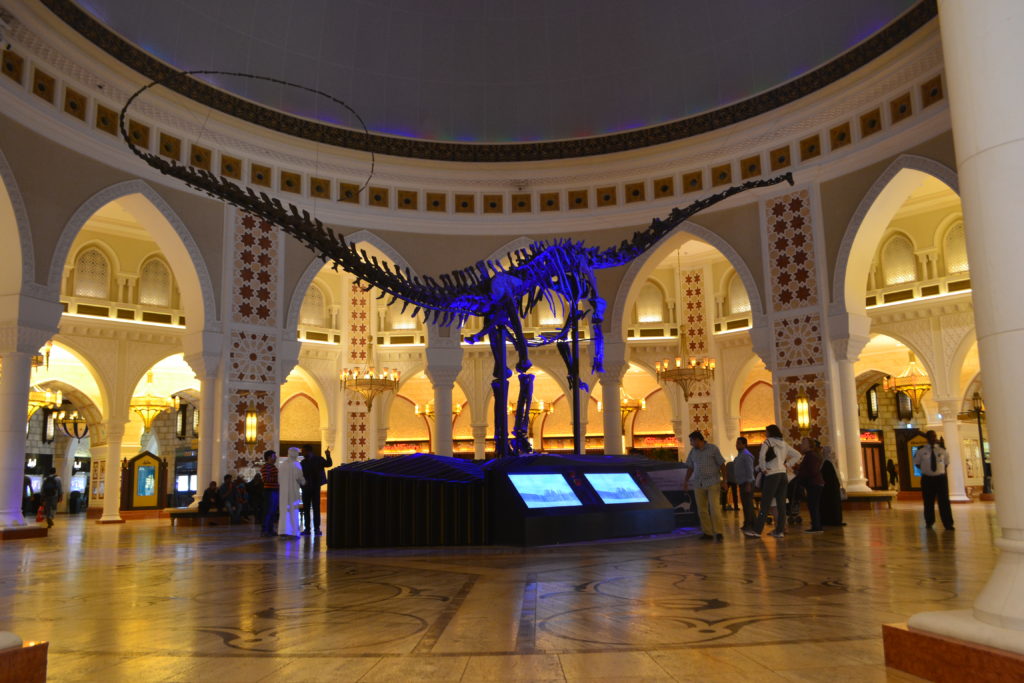
When my Dubai blogger friend Millie, the Very Hungry Explorer, inquired, “Have you visited the dinosaur yet?” I honestly didn’t know what to think. But it turns out there is an actual dinosaur skeleton just hanging out in full view in the Grand Atrium for anyone to visit.
And of course, since it’s the Dubai Mall, it is lit up in a deep bluish-purple instead of just being simply displayed. From the girl who walked around in 3rd grade telling people that I wanted to be a paleontologist, seeing a dinosaur skeleton someplace unexpected had me geeking out – thanks, Millie!
Dubai Ice Rink
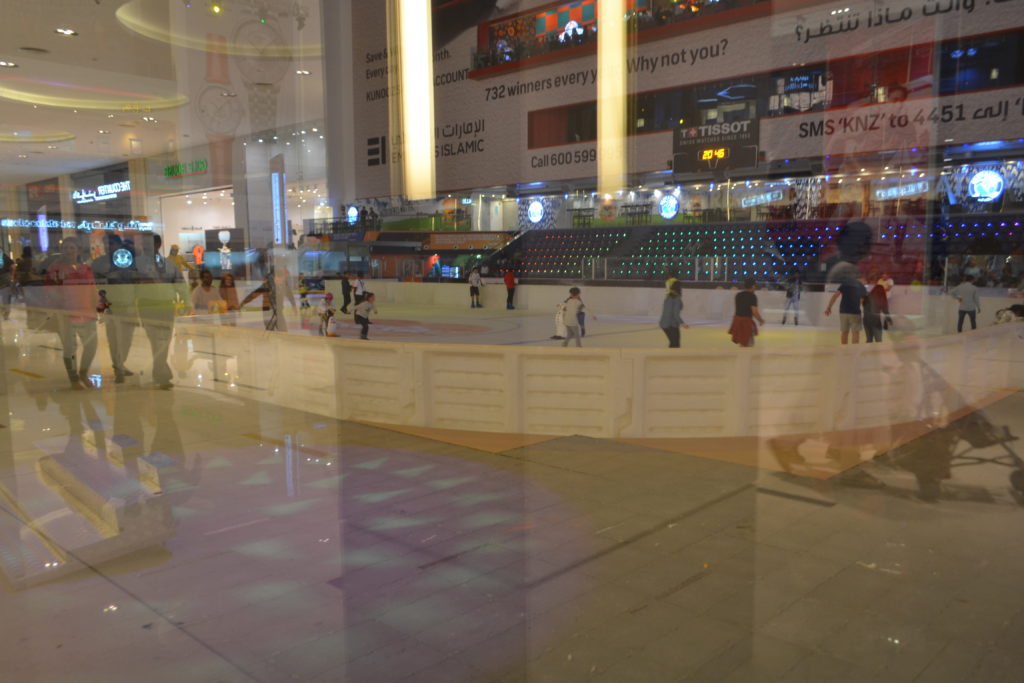
Yes, Dubai is in the Middle East where temperatures range from hot to hotter. But this is the inside of a shopping mall, so anything is possible.
The ice skating rink has sessions practically all day, so if you’re interested in taking a spin on the ice to cool off from the sweltering heat outside. One of the many things you’ll find at the Dubai Mall that other malls wouldn’t even dream of.
Authentic Emirati Cuisine at Milas Restaurant
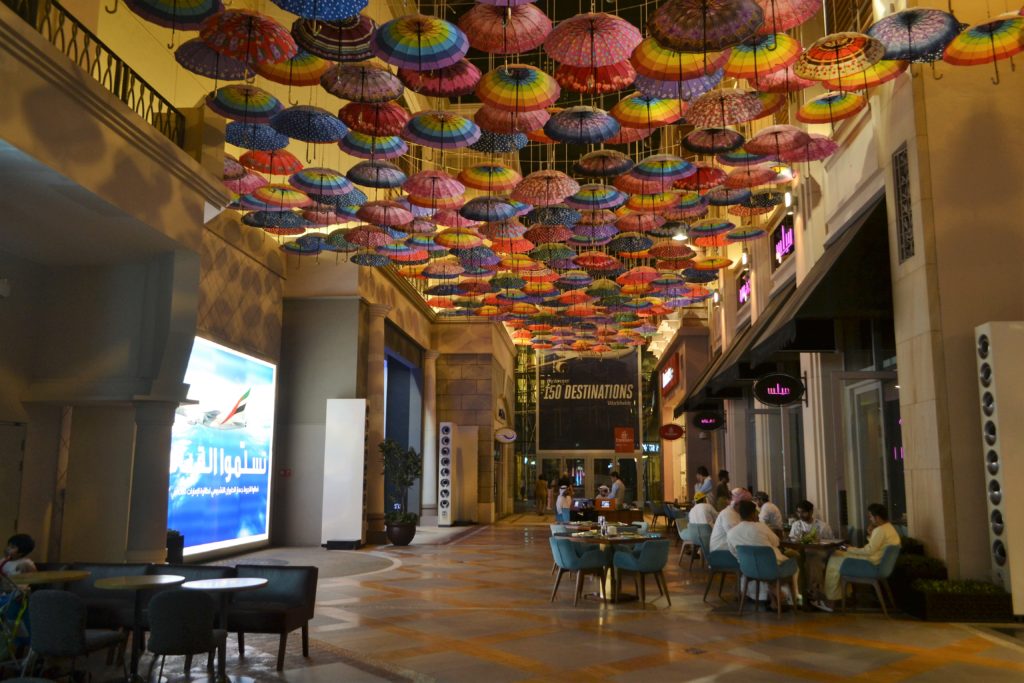
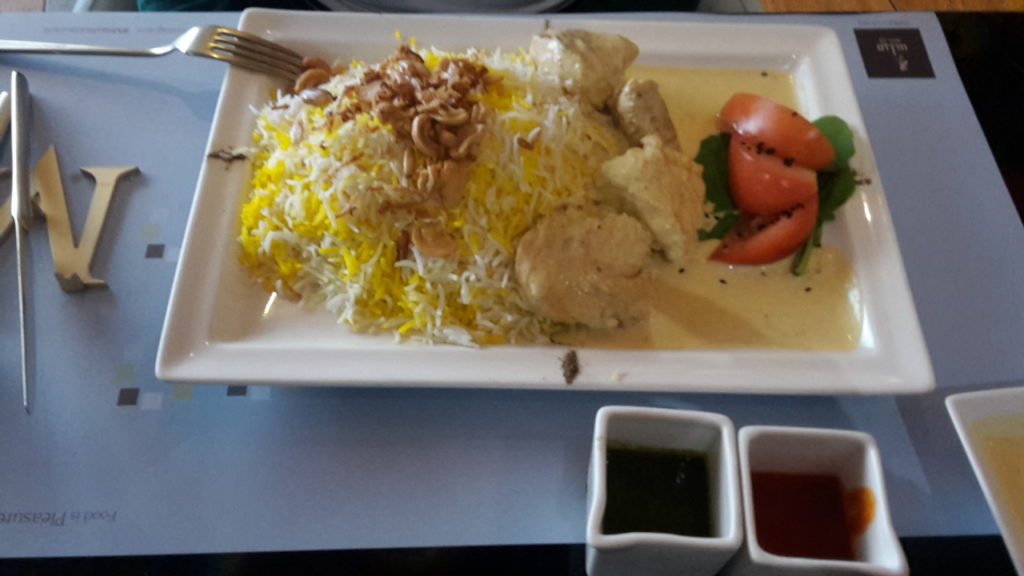
In general, finding local food is much harder than you might imagine in Dubai. Outside workers outnumber locals by a margin of about 8 to 1, so there are far more south Asians for example than there are Emiratis.
And with the vast ethnic offerings of the Food Court, you feel like you have every option under the sun besides Emirati cuisine.
Although this restaurant can be a bit difficult to find, if you’re by the ice rink, head through the passageway with all of the blue jeans for sale. You’ll arrive at the Village Atrium section of the mall with colorful umbrellas displayed overhead and some traditional Emirati hospitality and delicious food at Milas.
Observation Deck “At the Top” of the Burj Khalifa
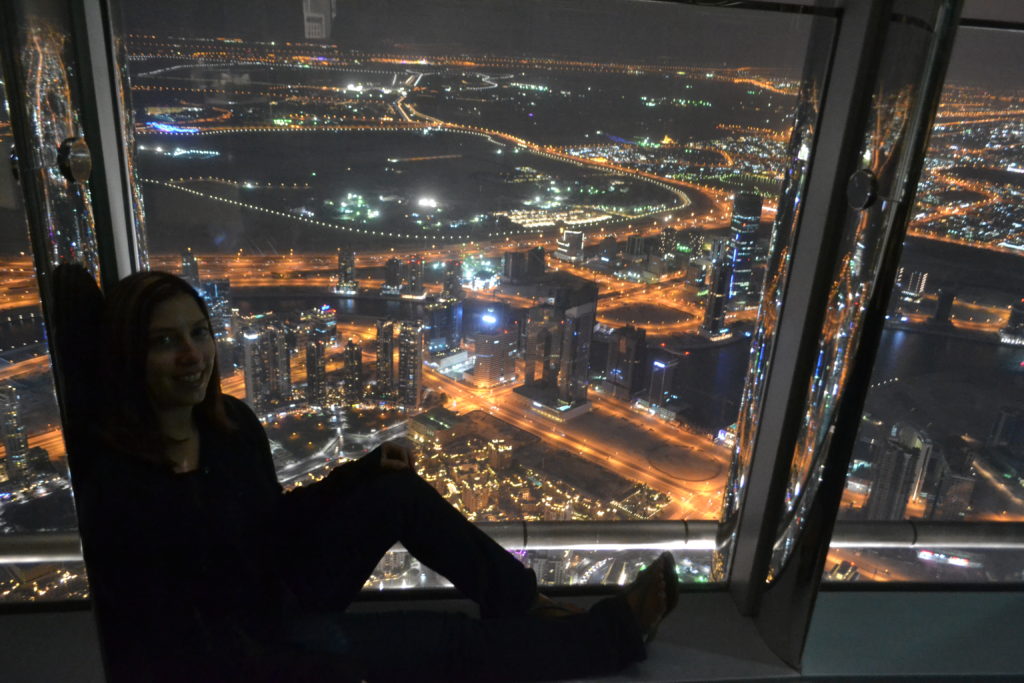
The Burj Khalifa is the tallest building in the world – and it’s located at the Dubai Mall!
The Observation Decks are popular, but worth it for the view of the city. For everything you need to know about visiting, read my comprehensive blog post with Tips and What to Expect Going Up the Burj Khalifa.
Light Show on Burj Khalifa
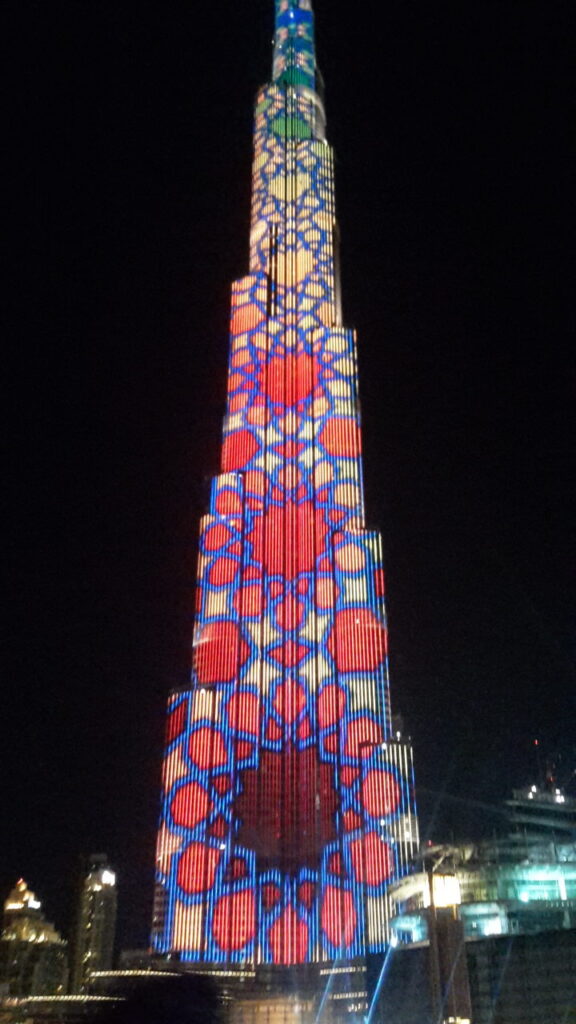
I didn’t know this until I was on the Observation Deck in the early evening, and lights along the outside of the Burj Khalifa started flashing and moving.
Of course, you can’t really appreciate the designs unless you’re outside the building looking on, but the light show is colorful and mesmerizing as it flashes between the different patterns.
It runs starting at 6:45pm at set intervals around the Dubai Fountain Show (see the next item!).
Dubai Fountain Show
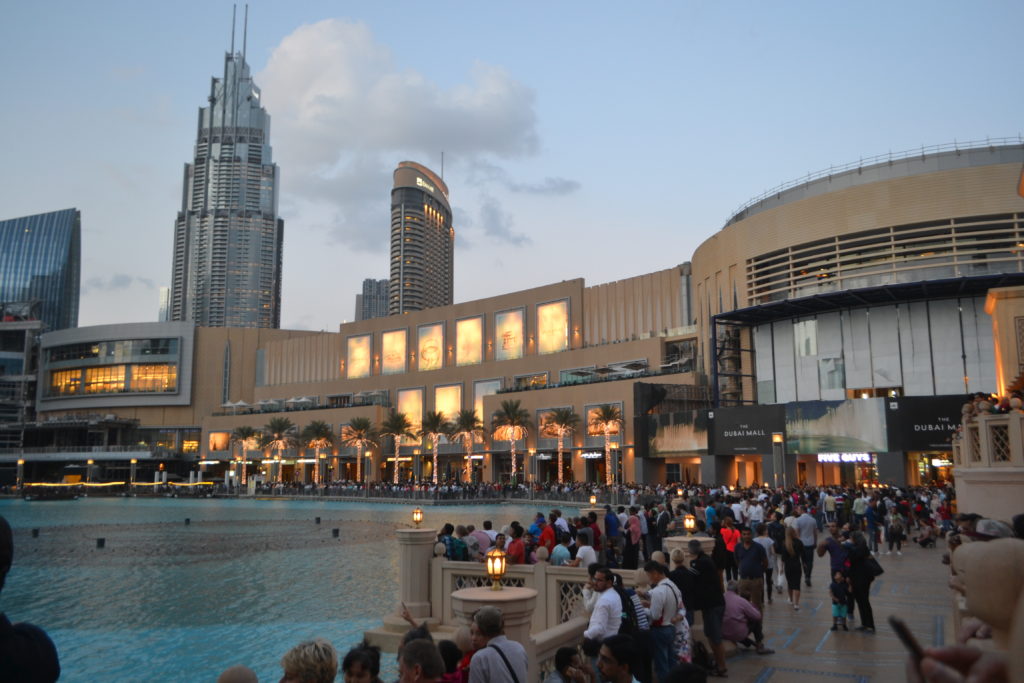
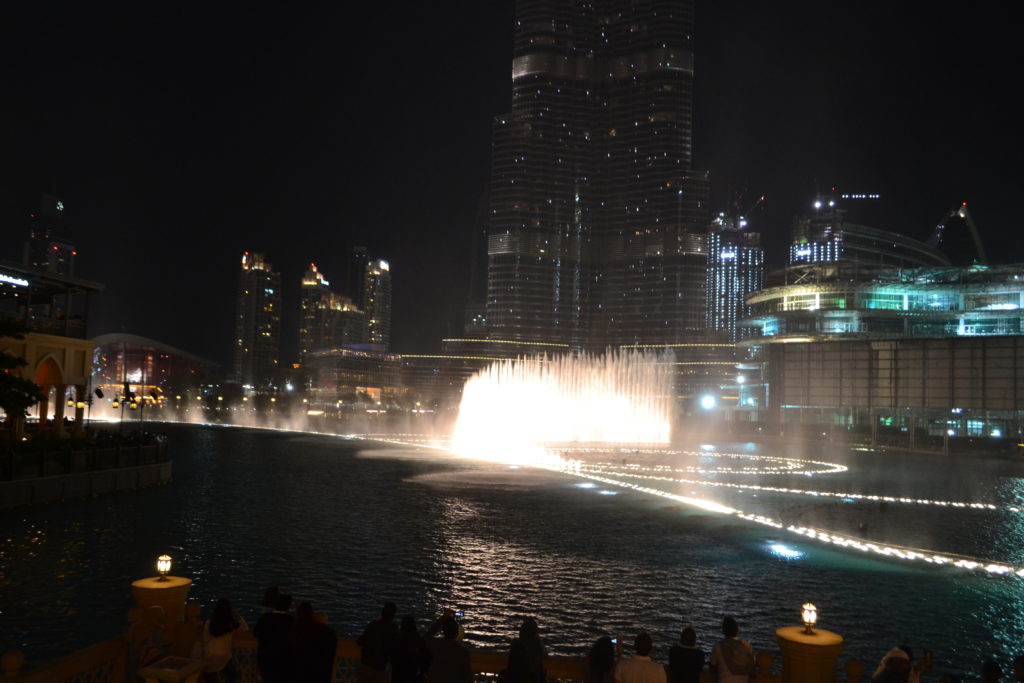
Different from the light display on the Burj Khalifa itself, the Dubai Fountain Show is its own spectacle of water fountains shooting into the air and synced with lights and music. It runs twice in the early afternoon, and then every half-hour from 6:00 until 11:00 pm.
It’s incredibly well done, and this is after I’ve seen similarly choreographed shows from Hong Kong to Singapore to Plovdiv, Bulgaria. Click the link above for the full schedule of when to catch it.
TRAVEL SAVVY TIP! Leading up to the half hour, people crowd the edges of the fountain to get a good viewing spot. Go well before the show starts so you can find somewhere you can see – I recommend the bridge, where you’re a bit elevated above the crowd.
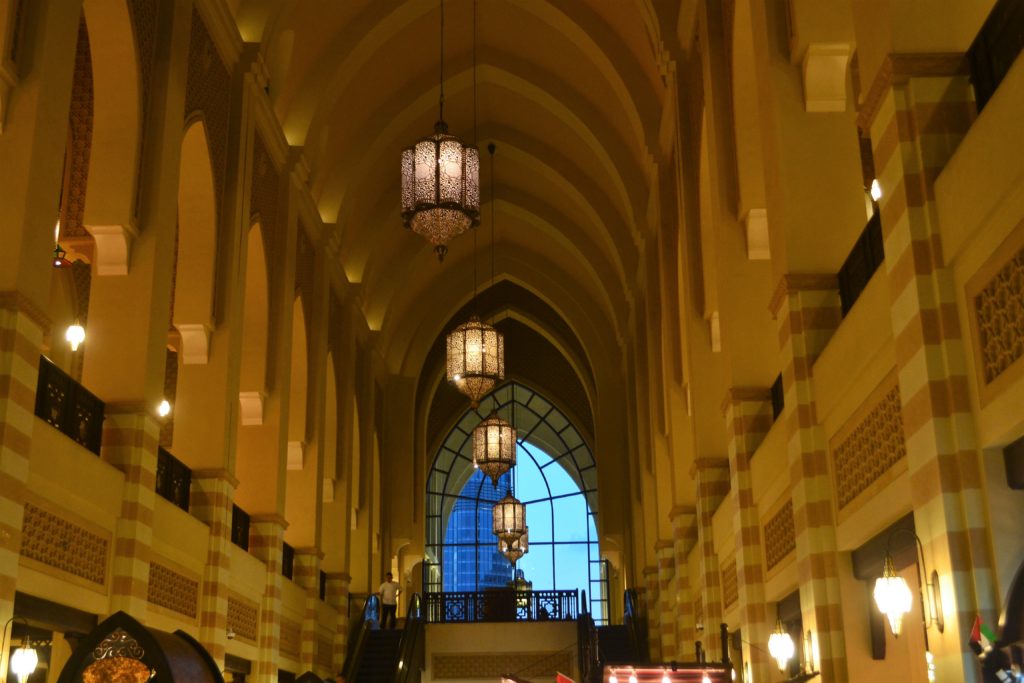
Housed in a separate building from the Dubai Mall, the Souk Al Bahar is located on the other side of the Dubai Fountain.
The interior is stunning, in a traditional Arabic style. It is filled with restaurants, cafes, and all varieties of shops selling anything from spices and fresh dates to clothing and jewelry.
Even if you’re not planning to buy anything, it’s worth walking inside before or after the Dubai Fountain Show (see above).
Adventure Experiences
Who knows how many miles or kilometers we walked exploring all the different areas of the Dubai Mall, but after our late dinner and watching all the nighttime entertainment, we headed back to our hotel in anticipation of an early wake-up the following morning.
But with more time (or different priorities), there are plenty of adventures to be had around the Dubai Mall:
- Sega Republic: This indoor theme park and gaming area includes everything from an indoor roller coaster to virtual reality simulations to traditional arcade games. You can see the Dubai Mall listing with a map of how to find it or just follow the signs inside the mall.
- Ferrari F1 Race Simulator: At the Ferrari store of course, there are multiple simulators that let you choose between several different racetracks to test out your abilities as a race car driver.
- Emirates A380 Flight Simulator: The Airbus A380 is the world’s largest passenger aircraft, and you can try flying one into 12 of the busiest airports in this simulation. You earn points based on your skill and can see how you stack up to other wannabe pilots. Find it at the Emirates store here, not far from Milas Restaurant!
Practical Tips for Visiting
The Dubai Mall is easily metro accessible via the Burj Khalifa/Dubai Mall stop on the red line. Conveniently, the Airport is also on the metro’s red line, if you’re planning to visit on a layover in Dubai. You can find a user-friendly Dubai metro map here.
TRAVEL SAVVY TIP! Be sure to hold on to your metro ticket. You’ll need it to exit.
TRAVEL SAVVY TIP! The metro station at the Dubai Mall can be quite busy, so buy tickets for both directions when you go.
It’s also important to note that the pathway from the metro to the mall takes a bit of time to walk through, and then of course the Dubai Mall is so enormous that you’ll be doing a lot of walking to get around. And like us, you could easily spend 10 hours at the mall – and that’s without any shopping!
TRAVEL SAVVY TIP! Allow plenty of extra time, especially if you have a timed ticket for a specific attraction. This goes both for getting between the Dubai Mall and the metro station, and also within the mall itself.
TRAVEL SAVVY TIP! Wear comfortable shoes. No matter how much walking you expect to be doing, you’ll be doing more thank you think!
One of the other reasons you’ll enter the Dubai Mall and have no reason to leave: Free WiFi.
Given that the Dubai Mall receives nearly 100 million visitors a year (!!), it’s impressive that there is free and typically fast WiFi available for all of the mall visitors.
Although I didn’t manage to do any shopping at the Dubai Mall, it is the usual purpose of having all those stores in one place.
There are plenty of luxury brands represented, and it even may be cheaper for you to buy items in Dubai. This of course depends on where you’re coming from and what currency you’re using. Certainly the Dubai Mall has unparalleled options all under the same roof.
The same goes for eating, from restaurants and snack vendors around the mall to the massive food court with ample seating. We stopped at the food court ourselves for a mid-afternoon snack to fuel the exploration.
But even if you’re like me and aren’t that into clothes shopping or malls typically, you’ll still have plenty to keep you entertained and staring in wonder as you explore all the things the Dubai Mall has to offer.
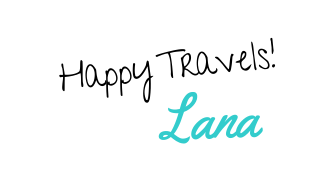
Have you been to the Dubai Mall? What was the attraction you enjoyed most? Any other things you’d recommend that I missed?
Like this post? ‘Pin it’ for later!
